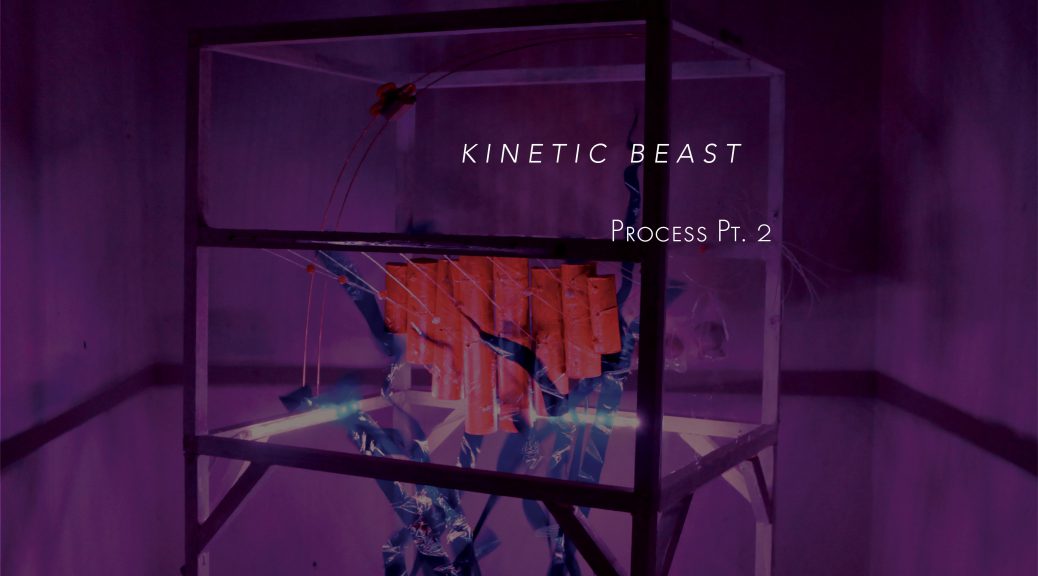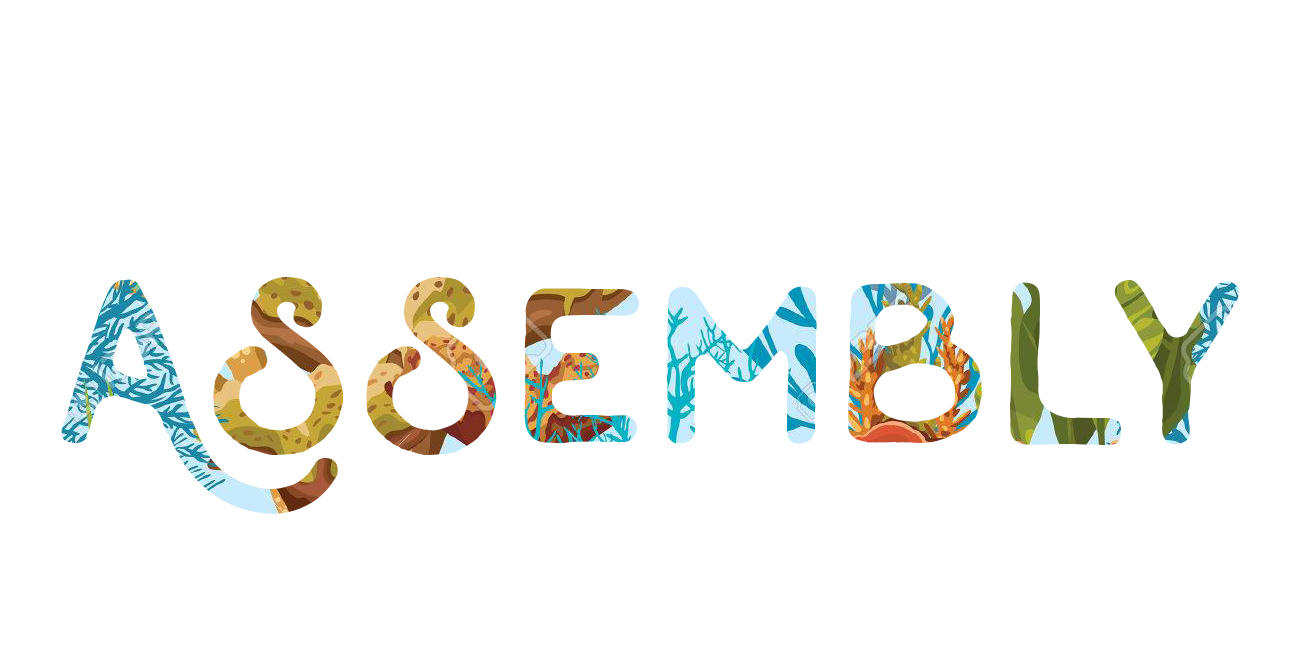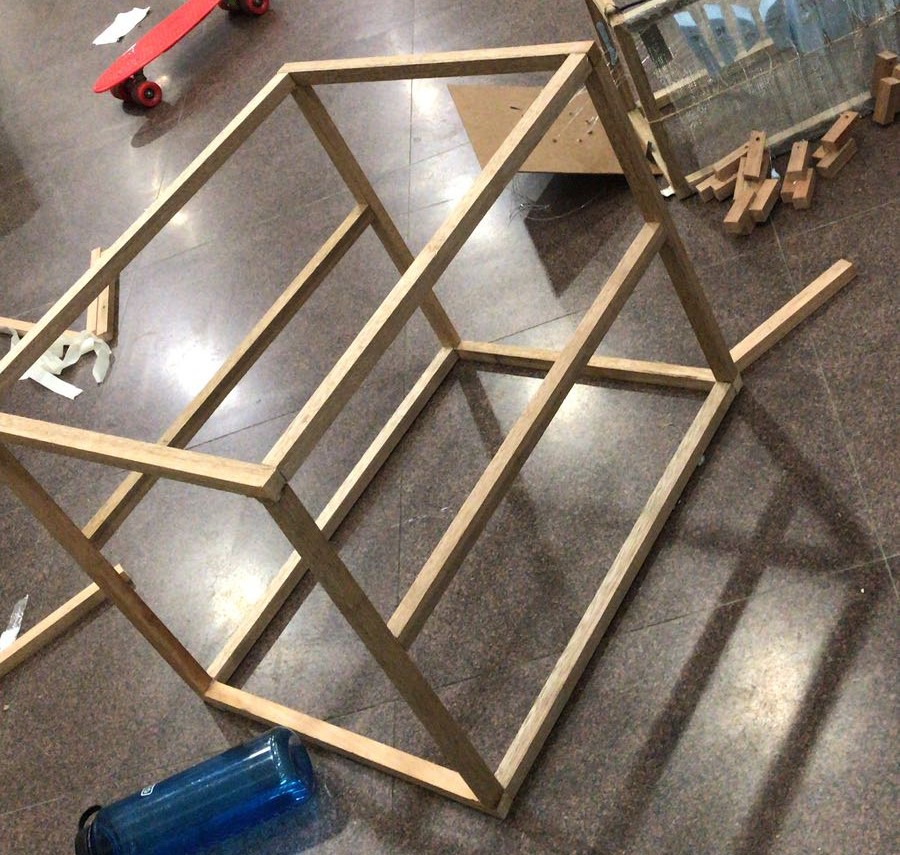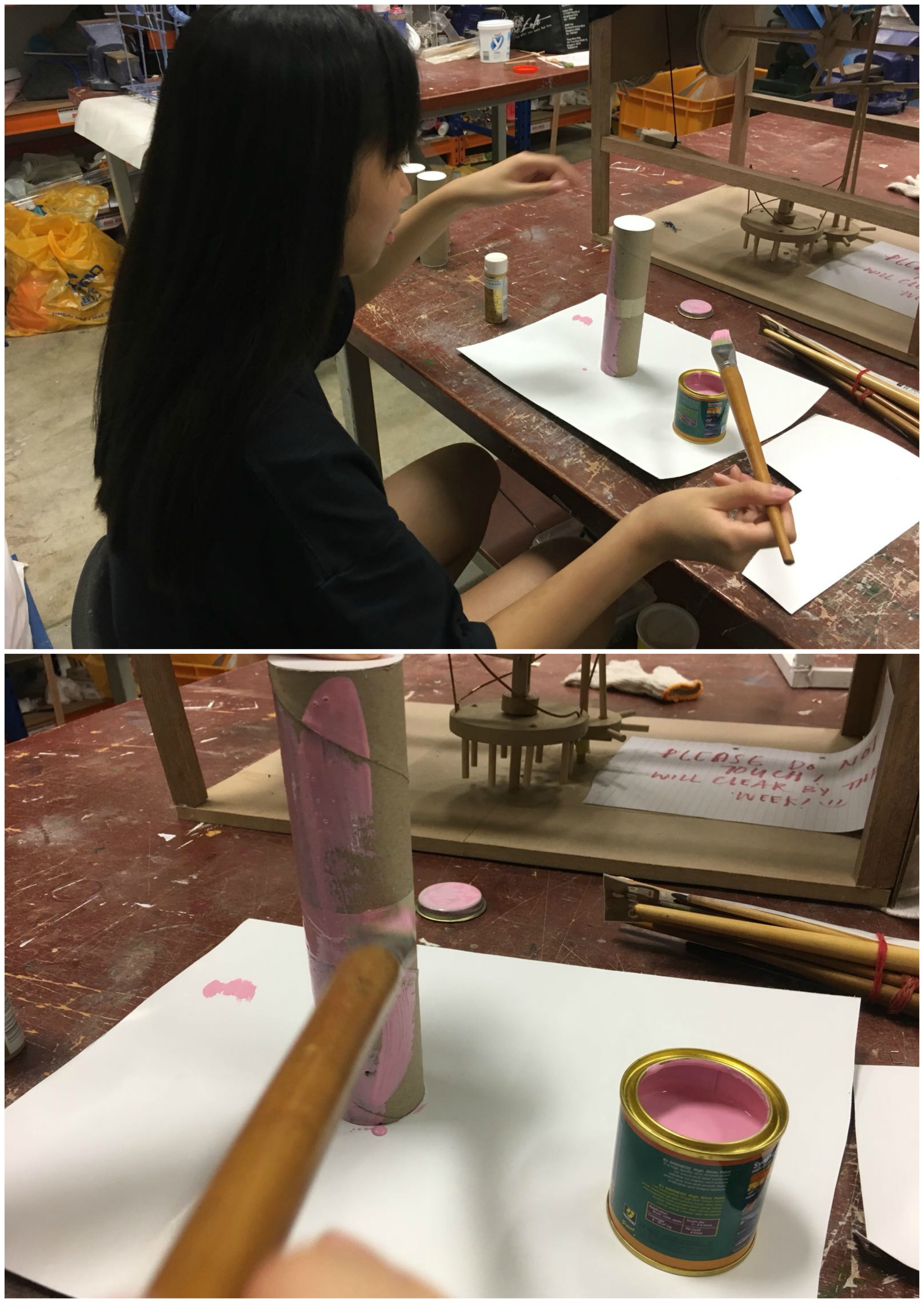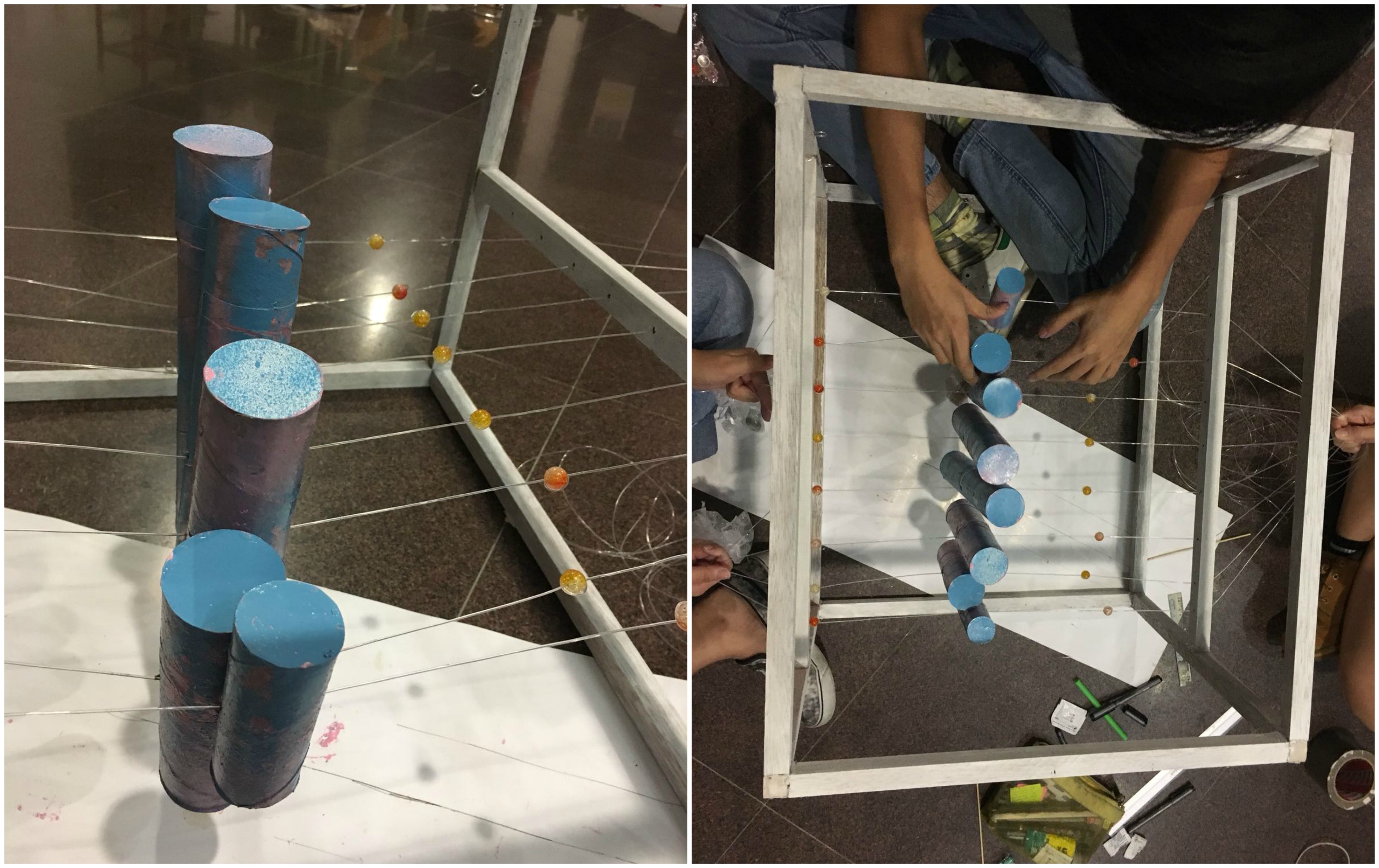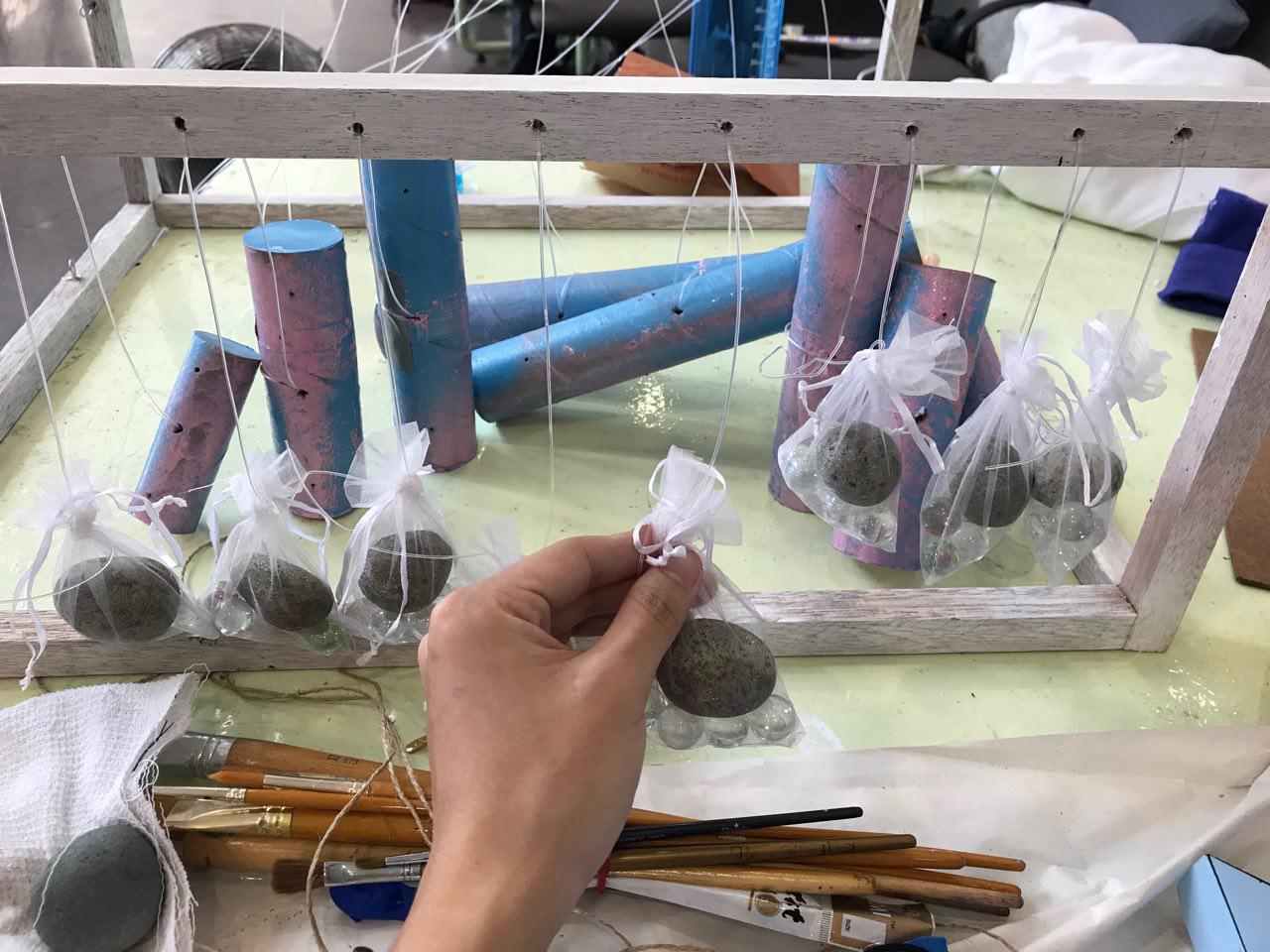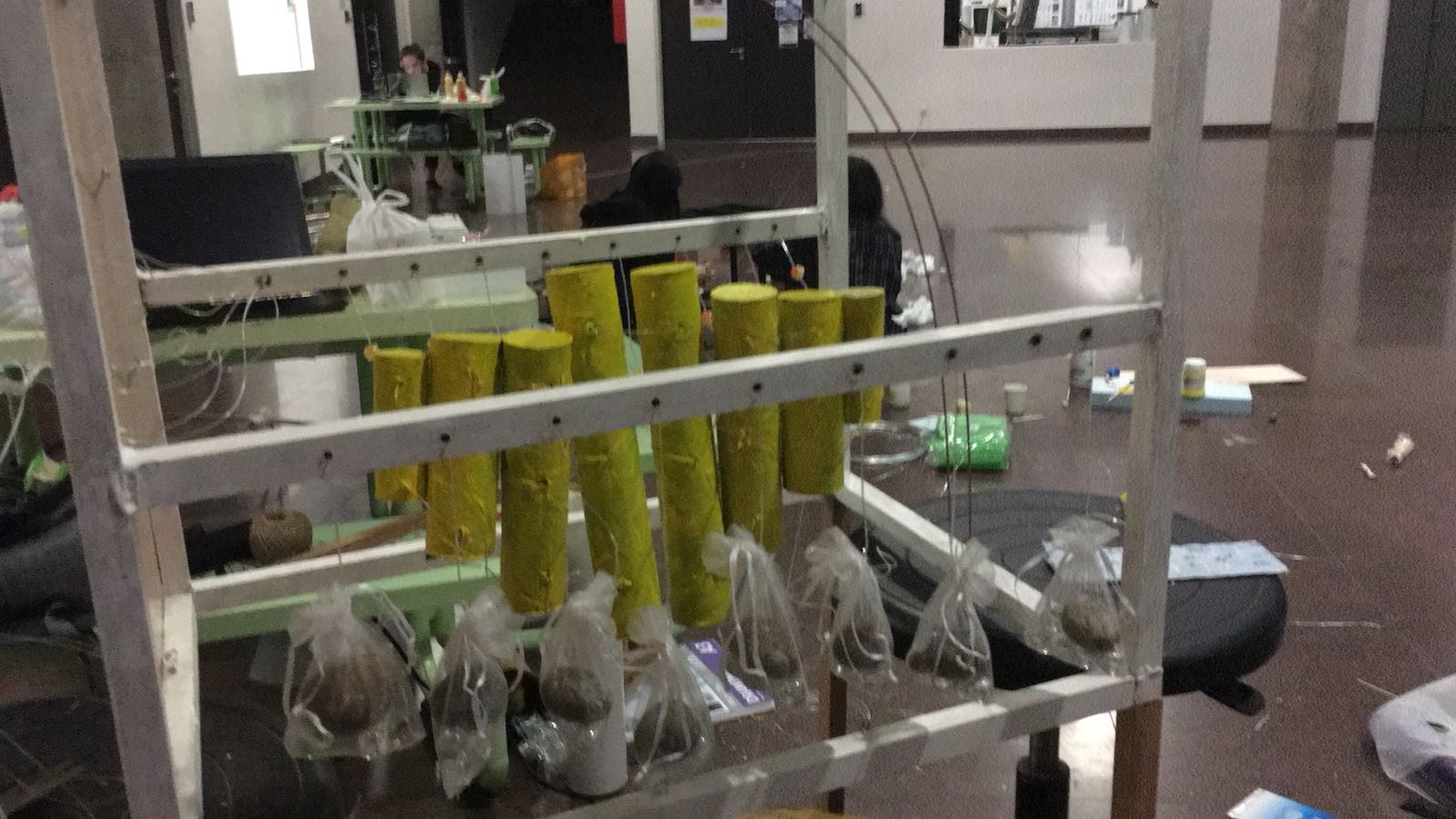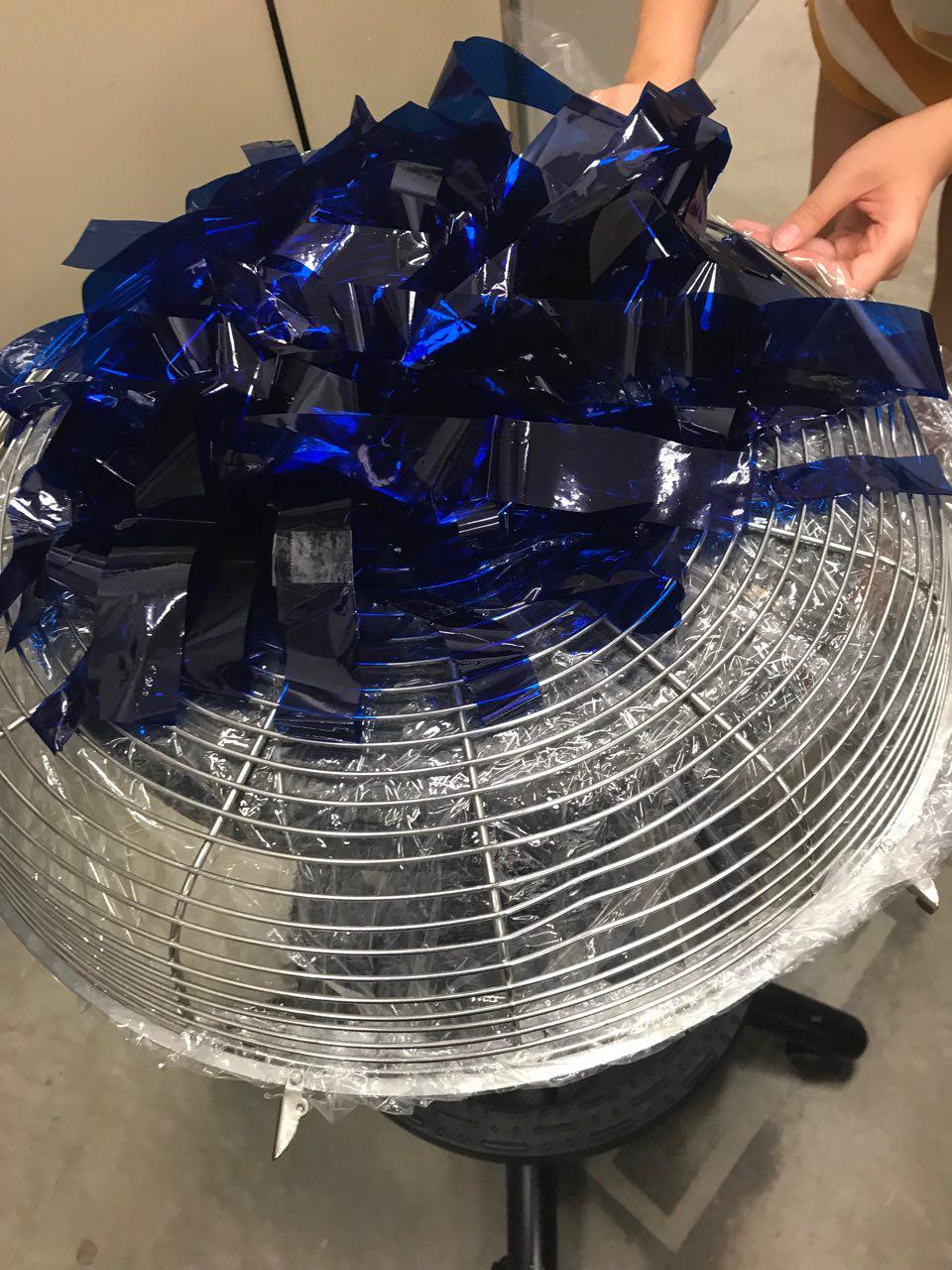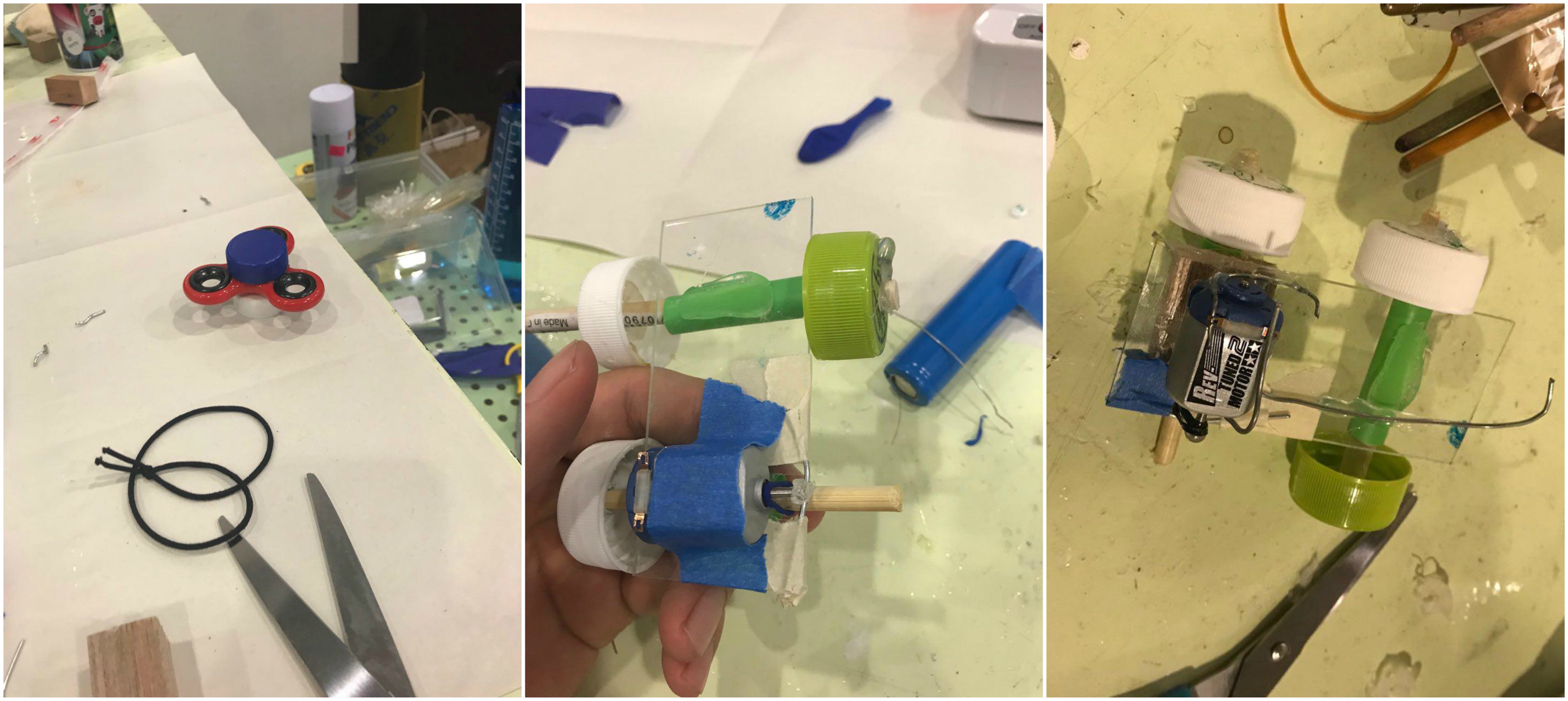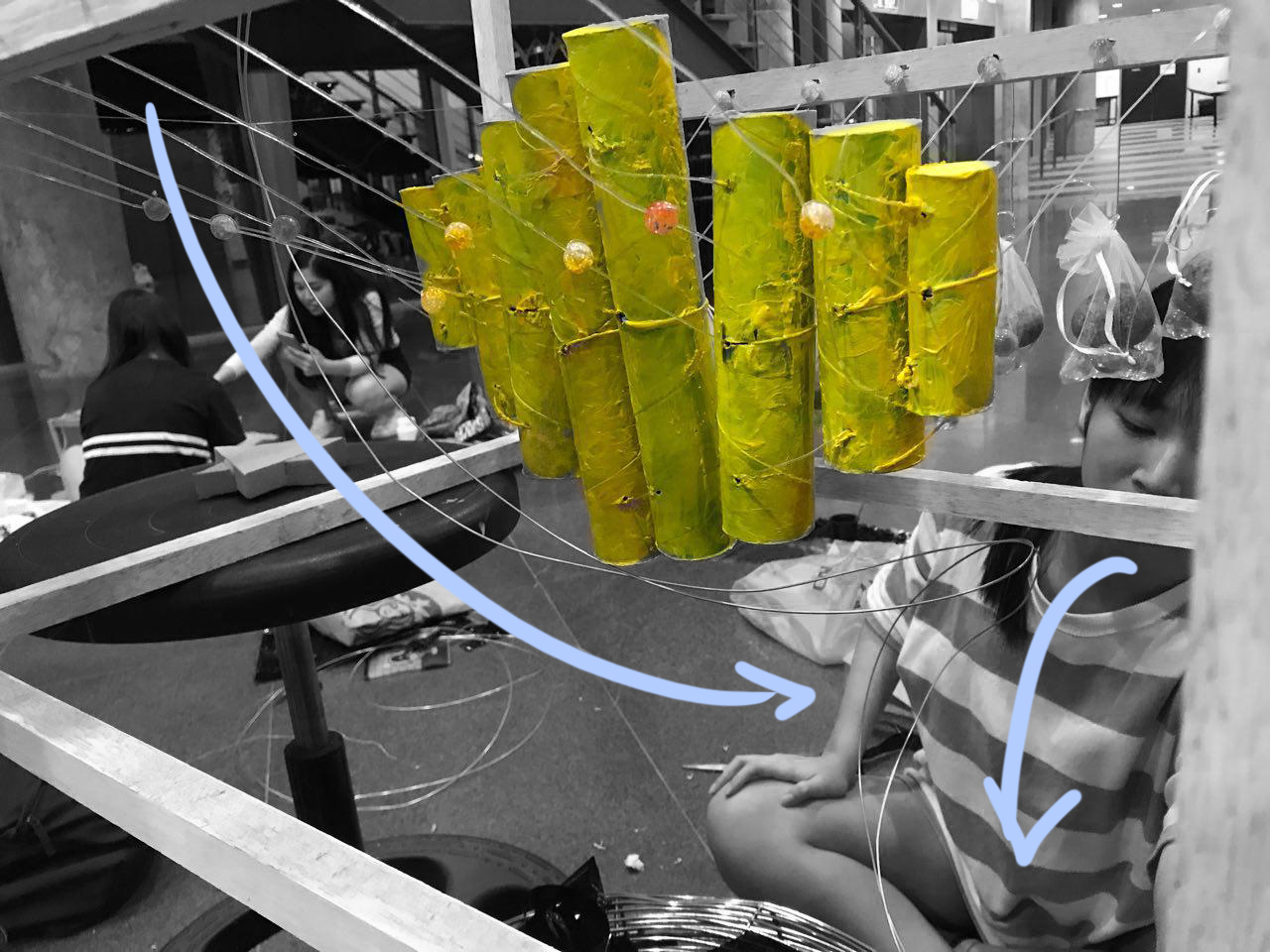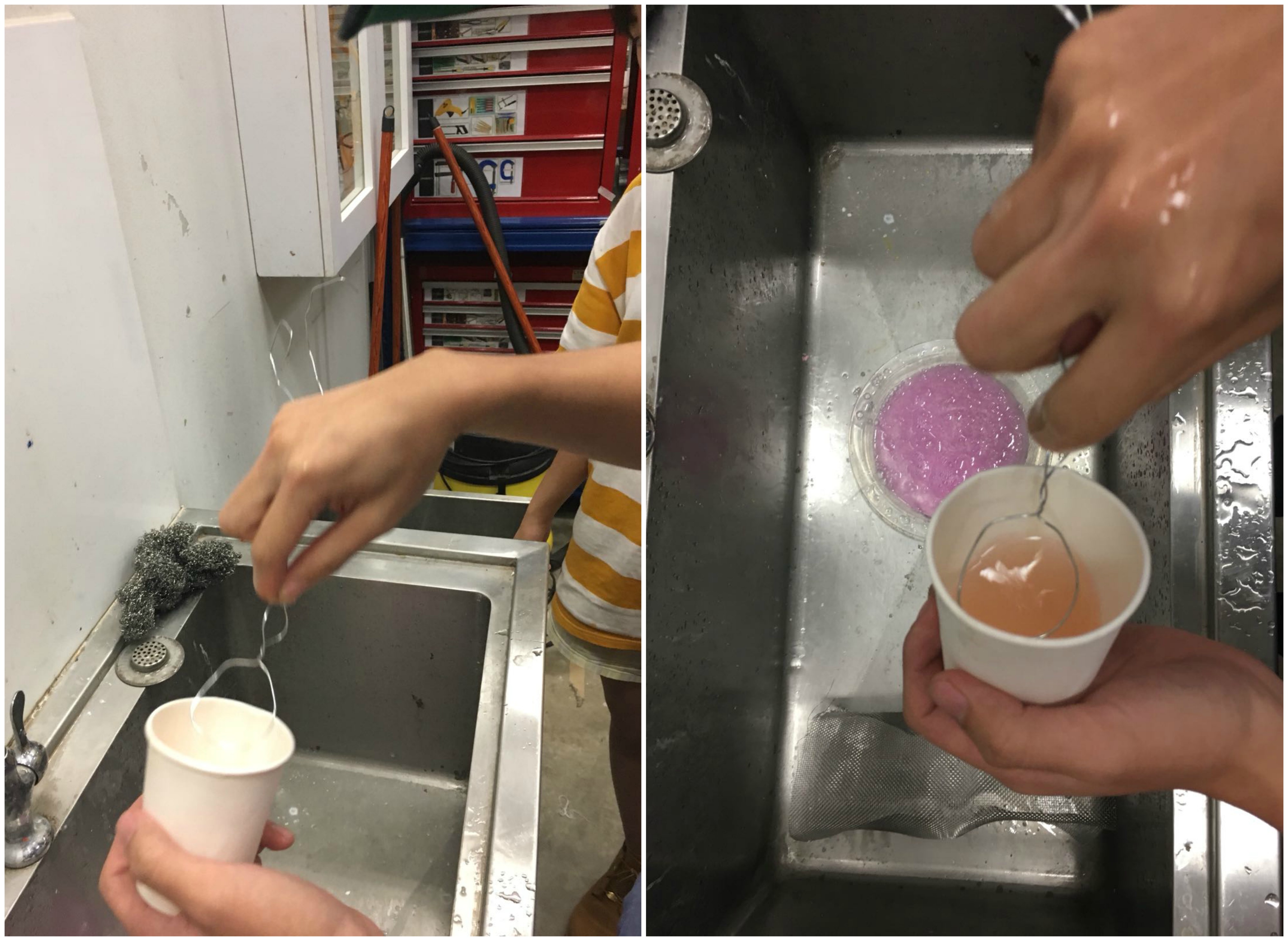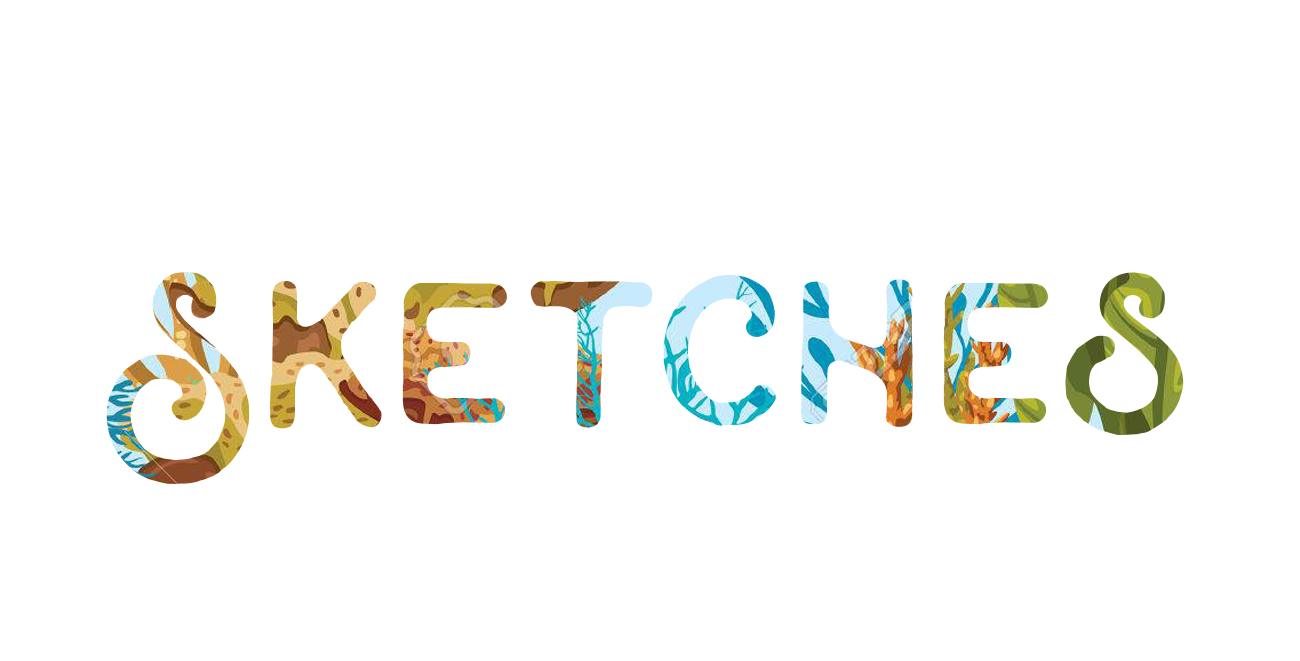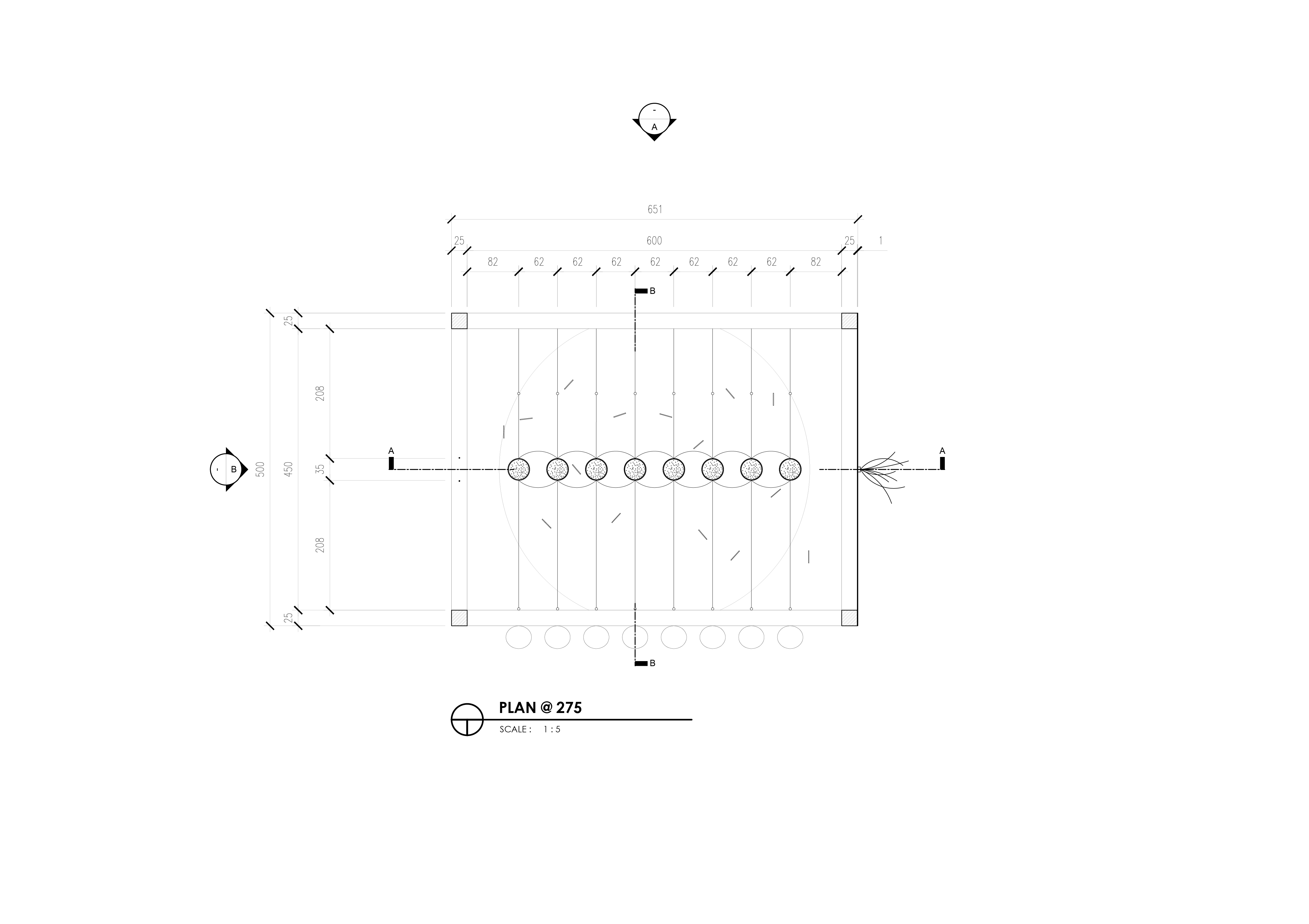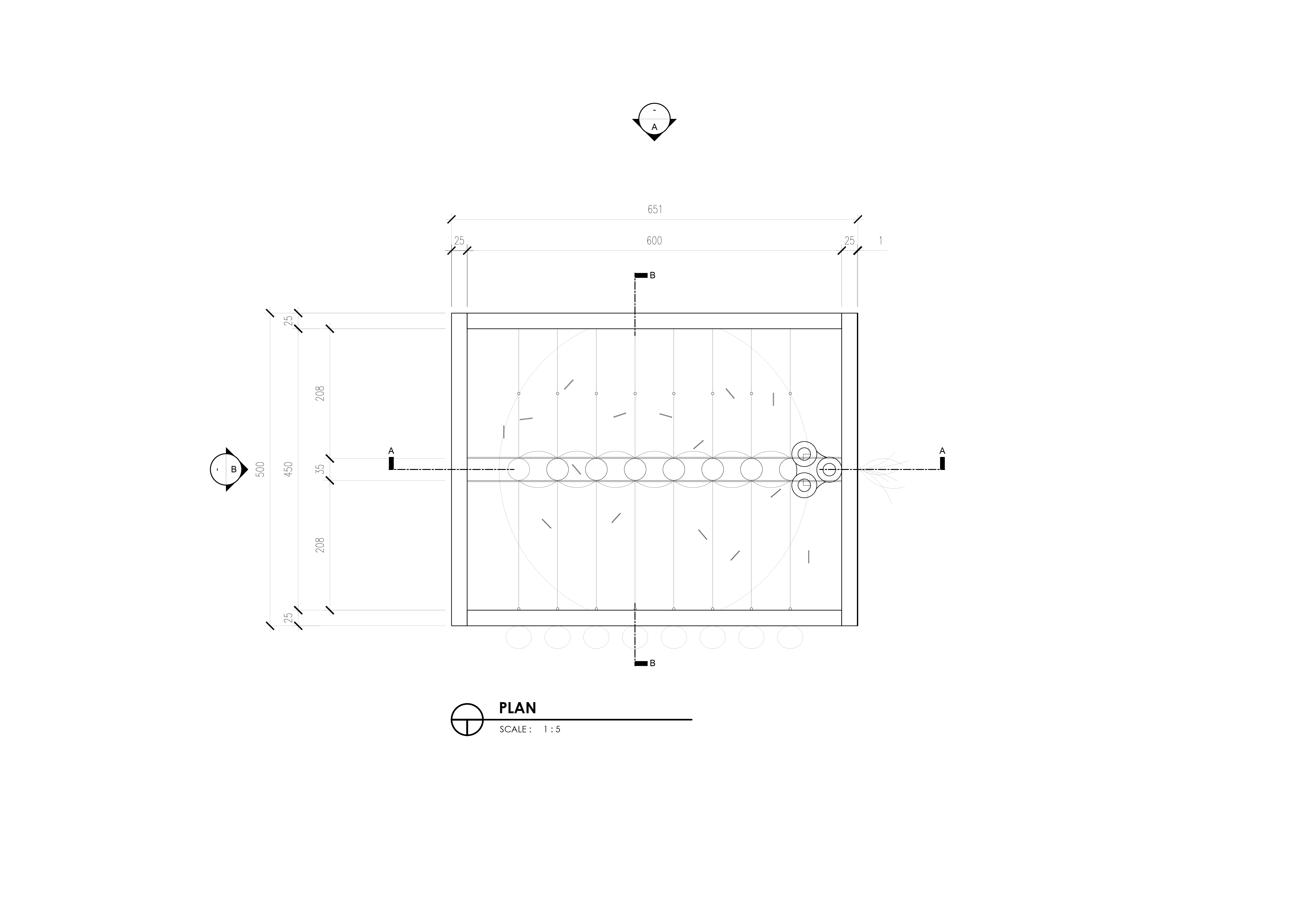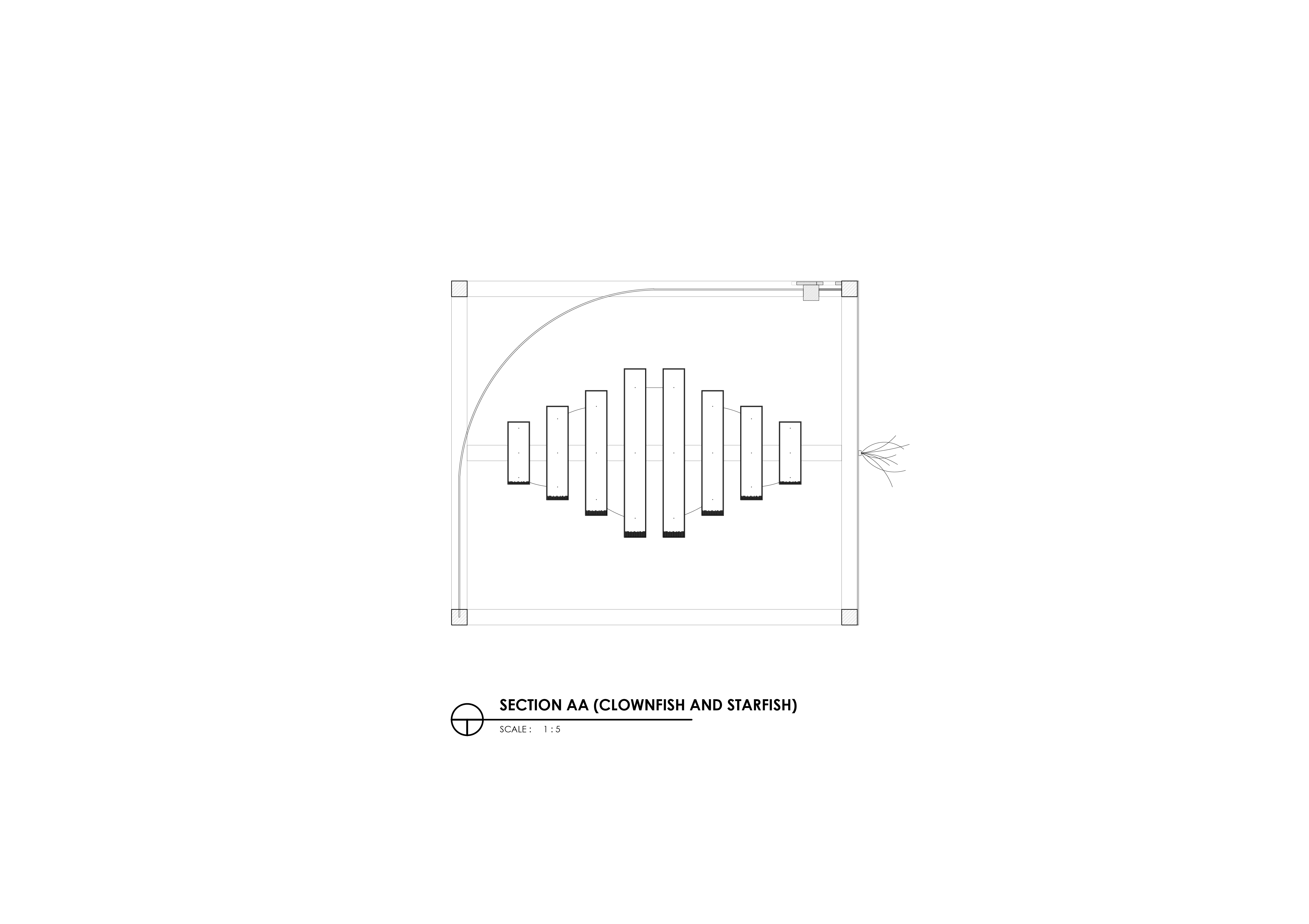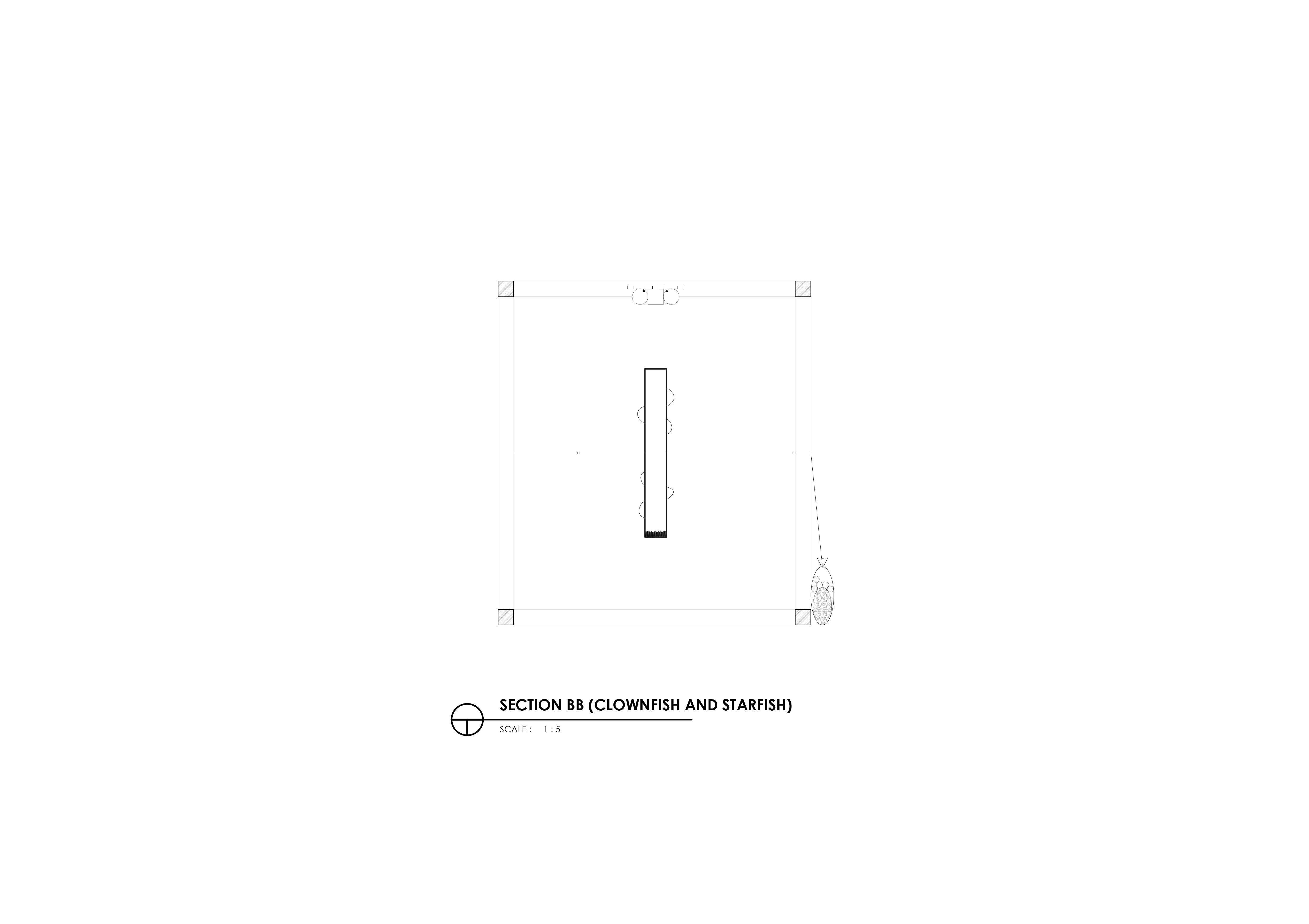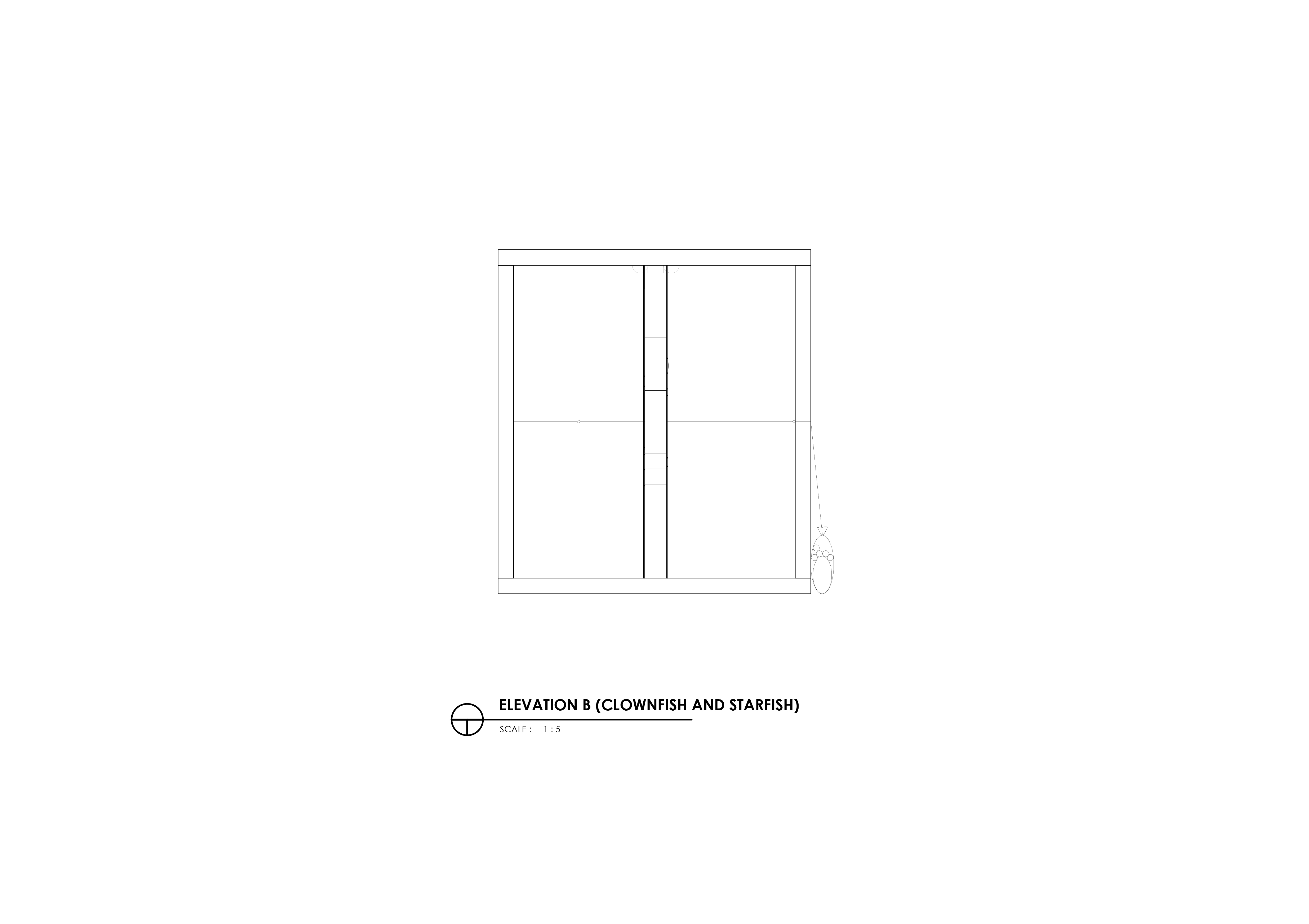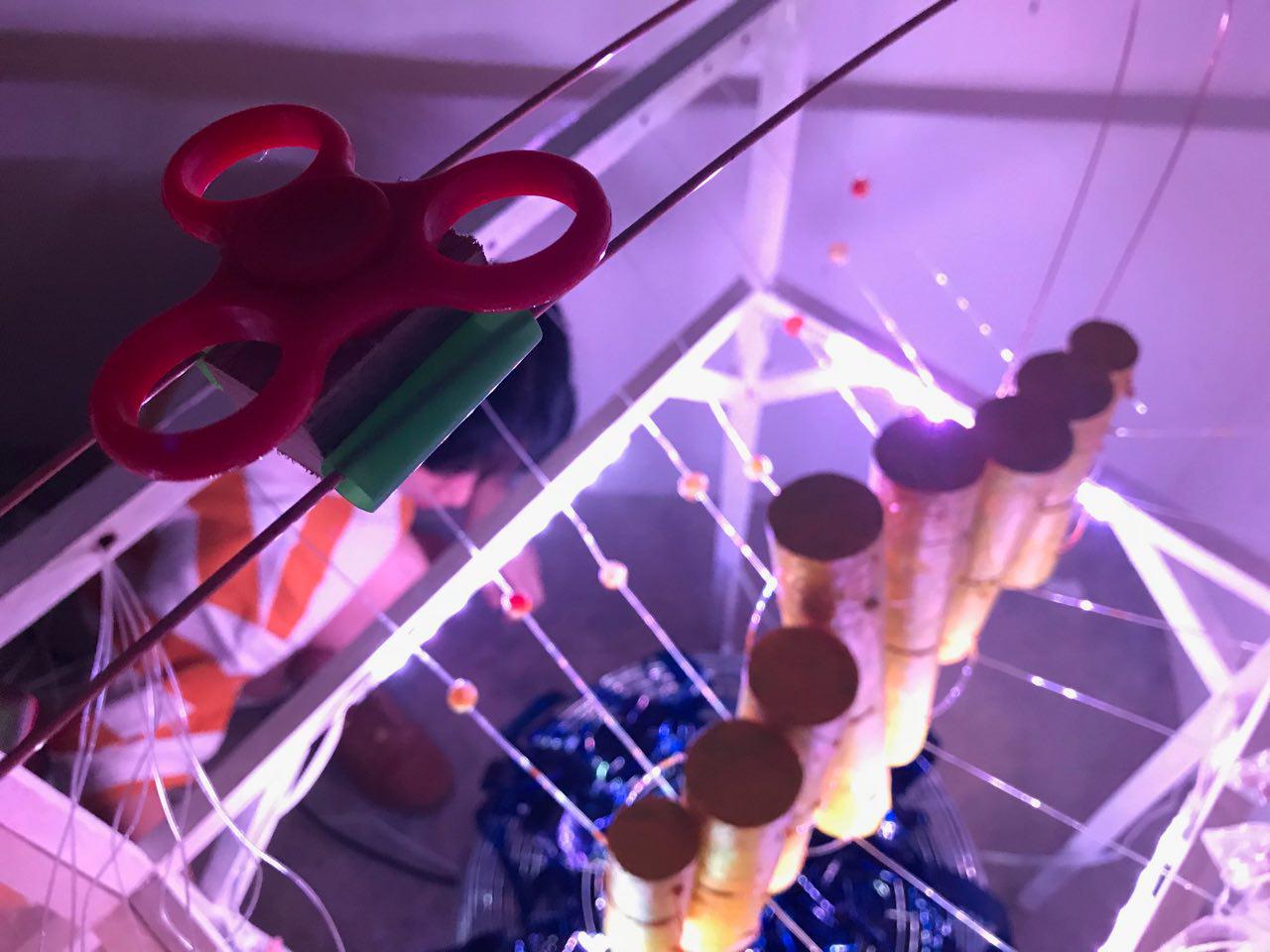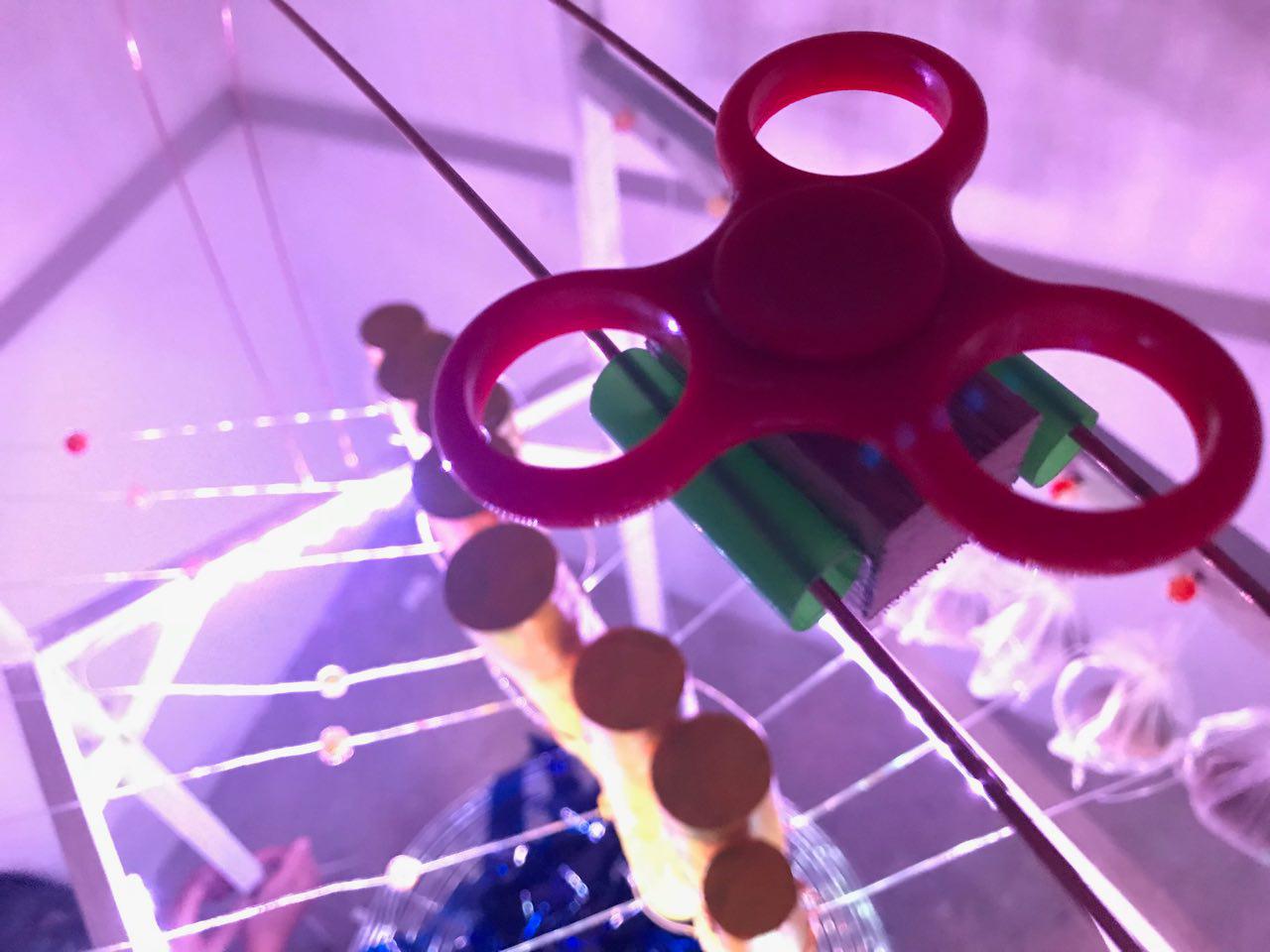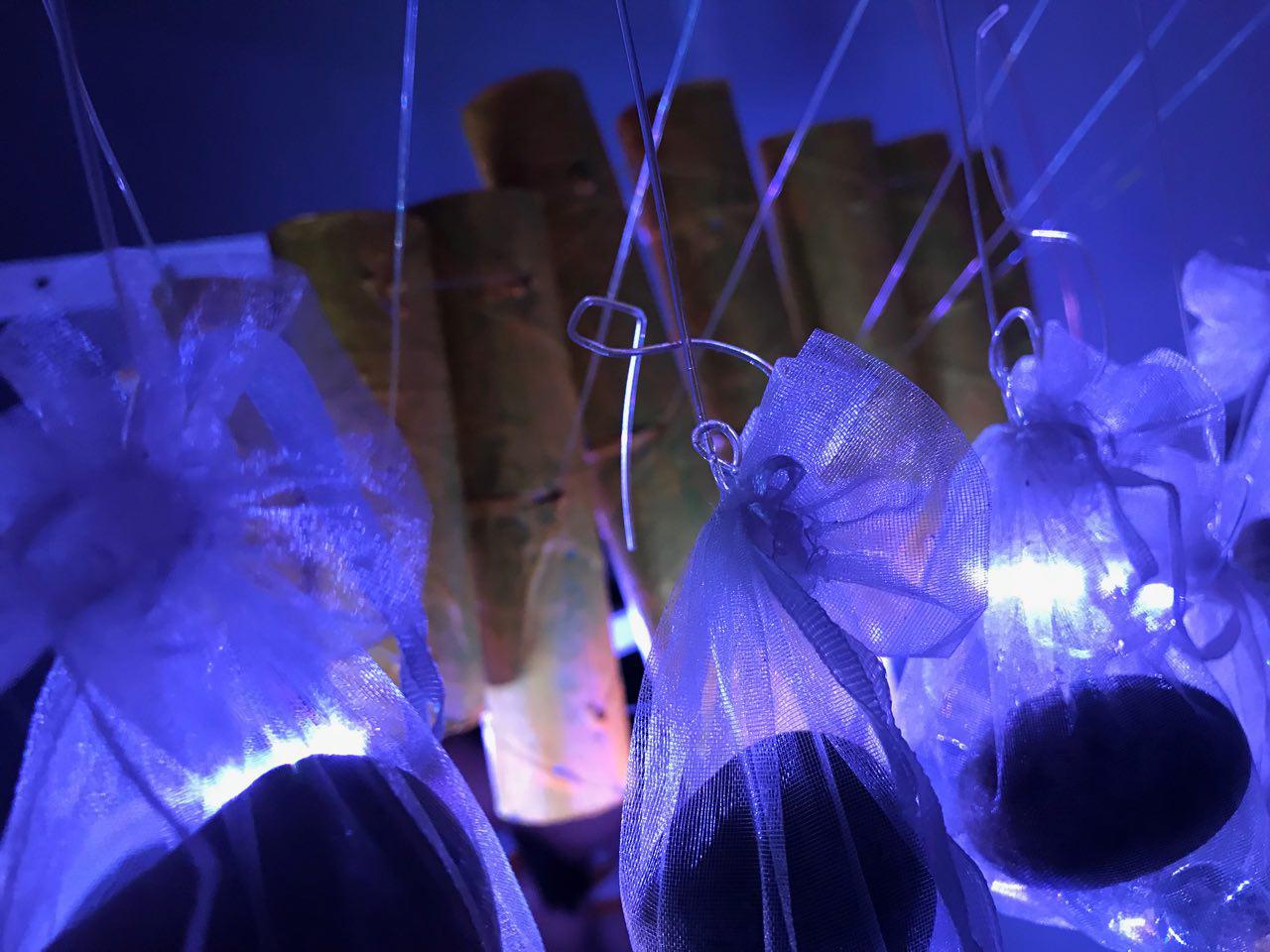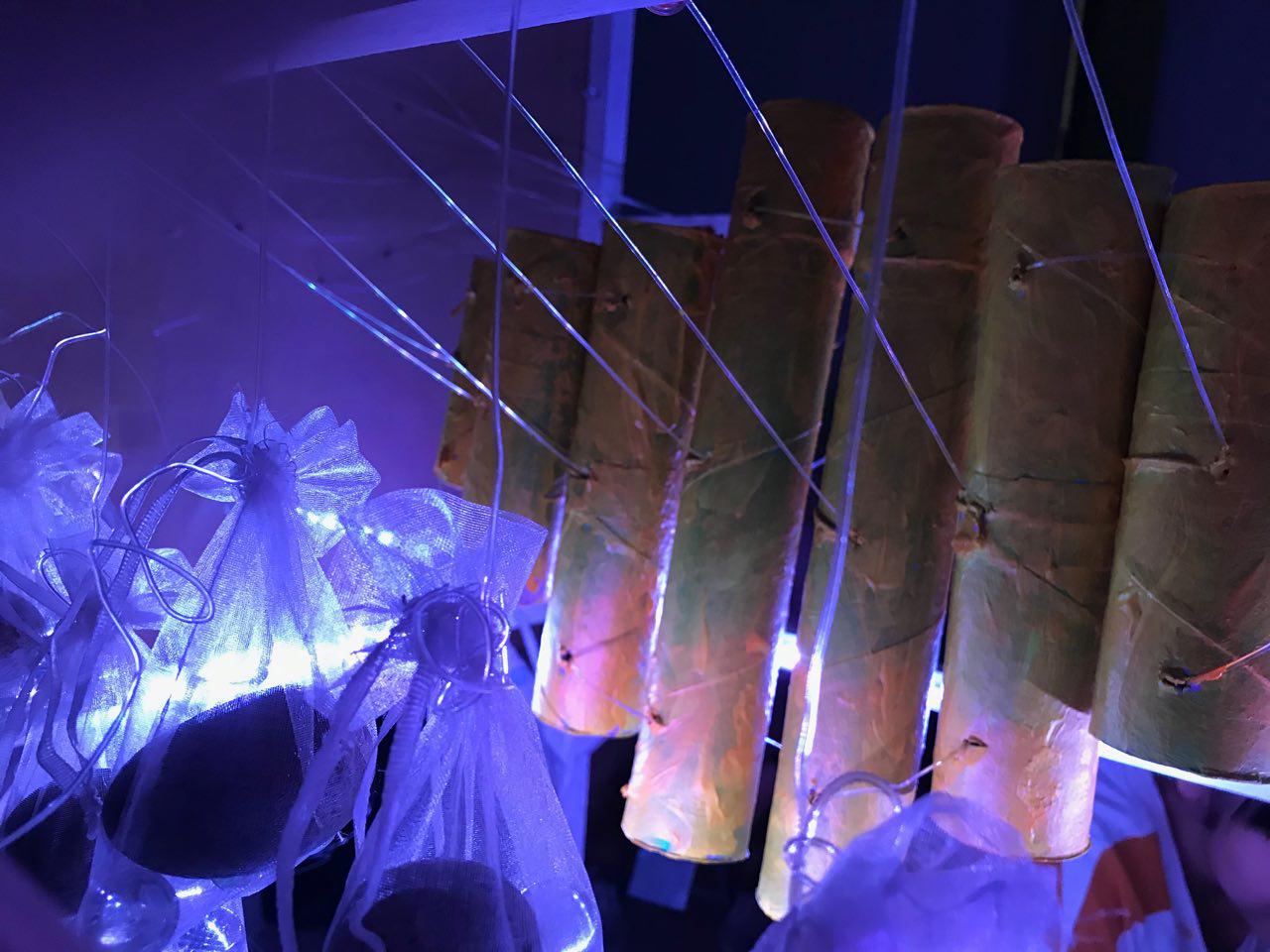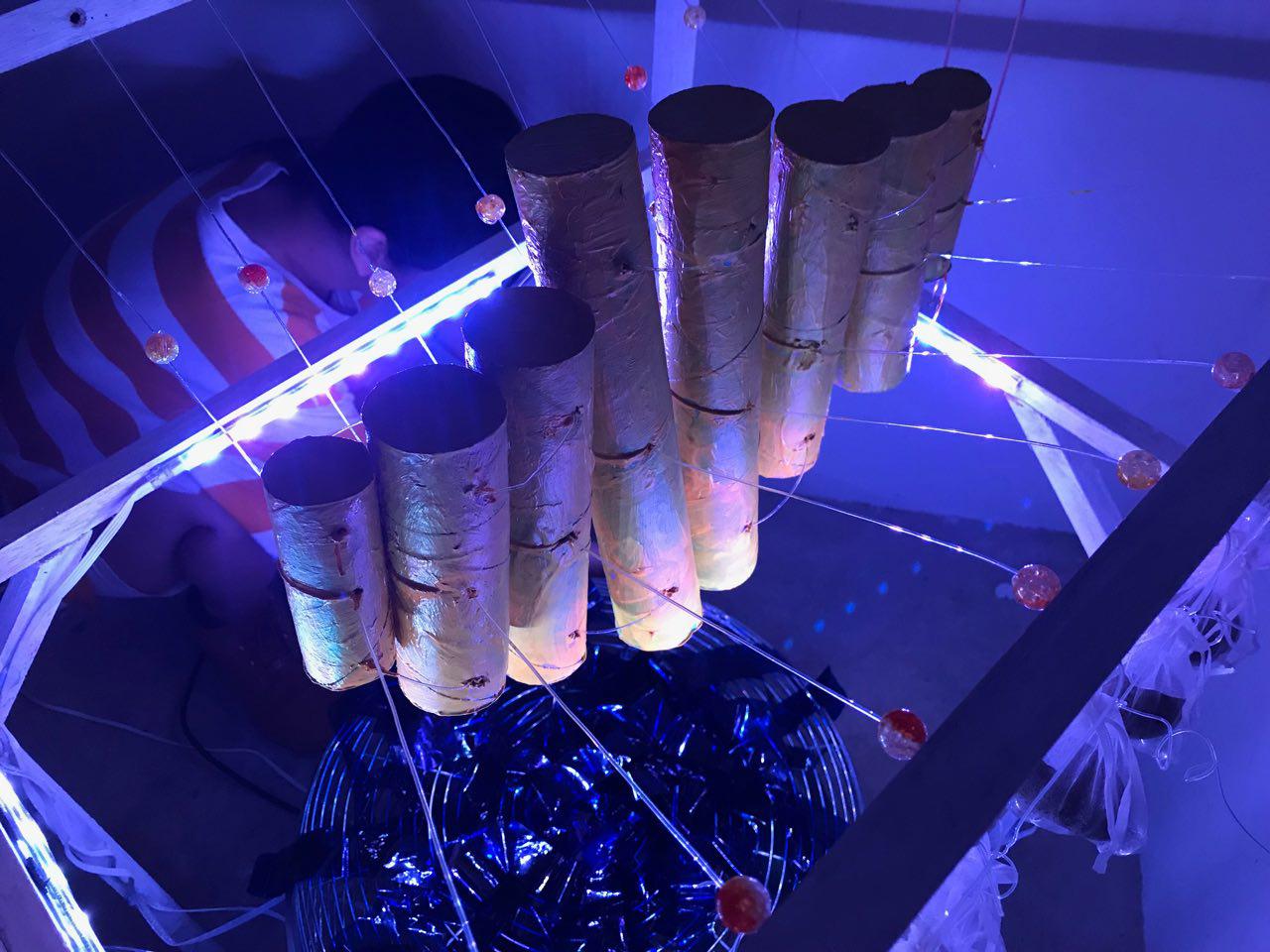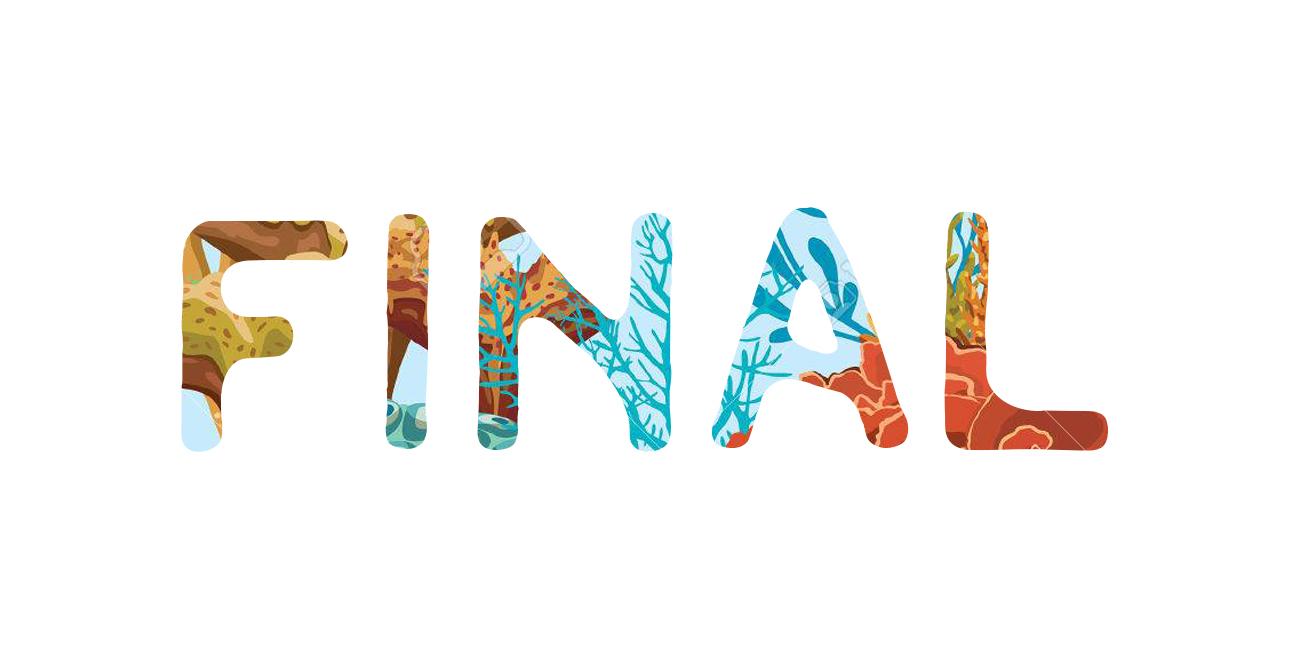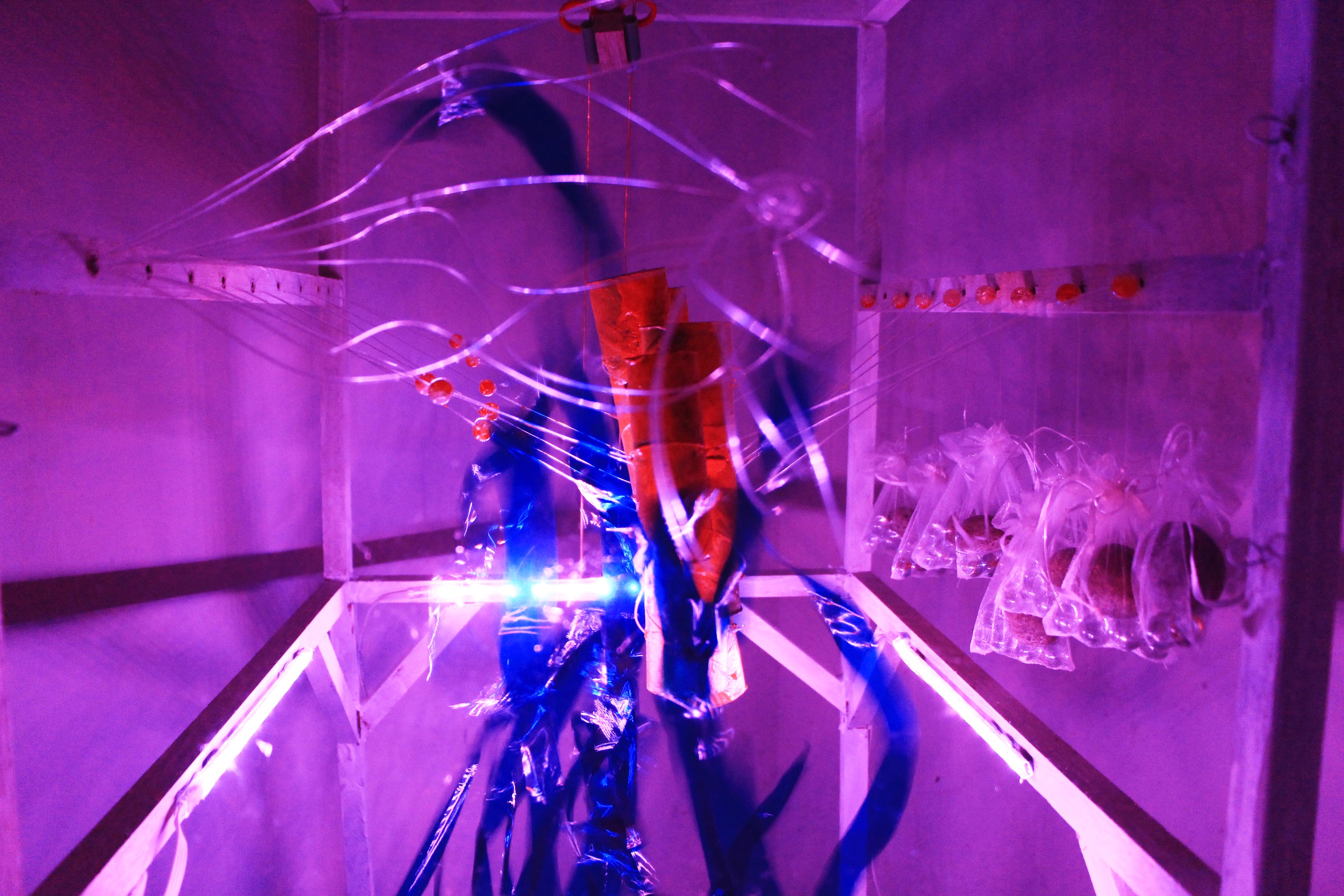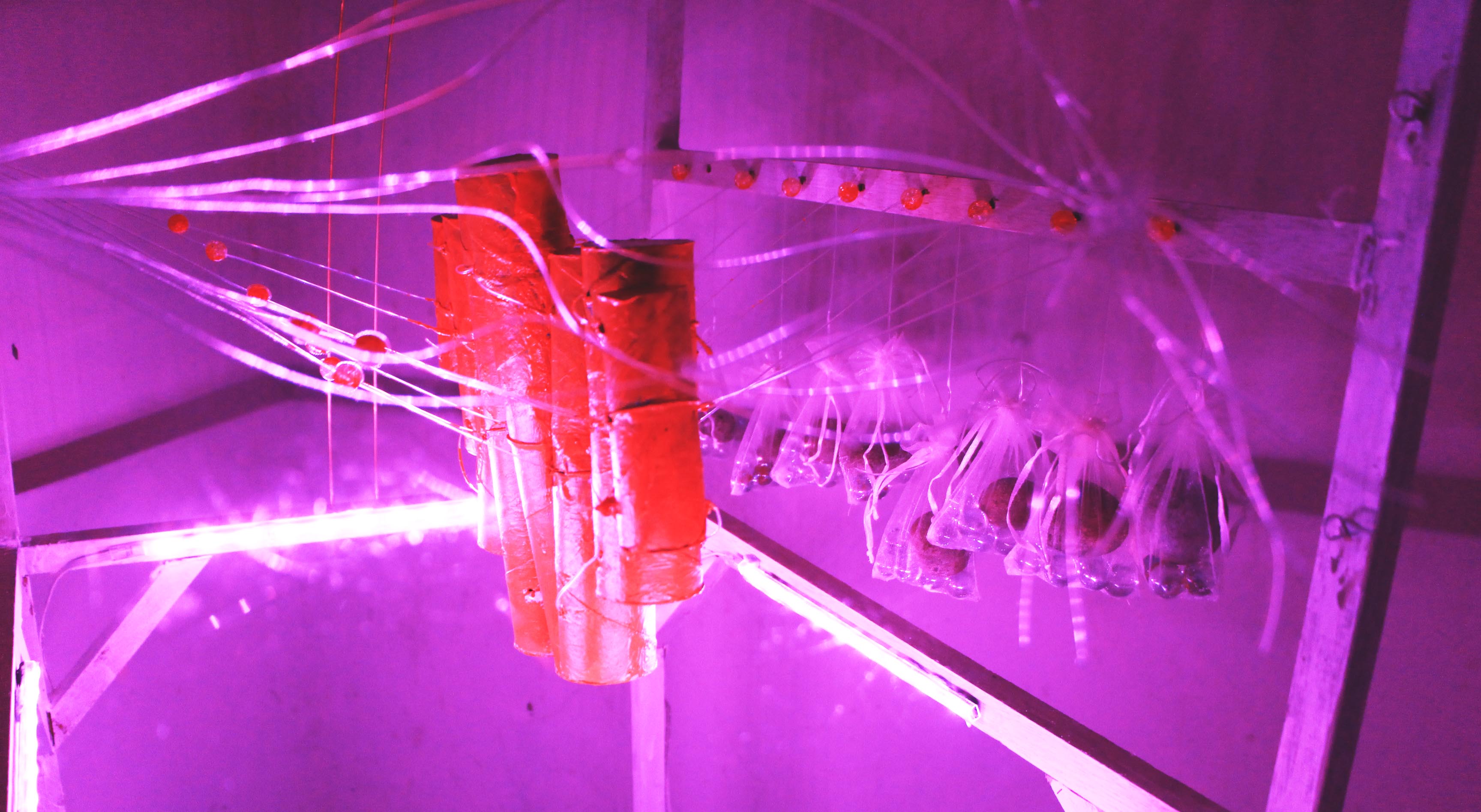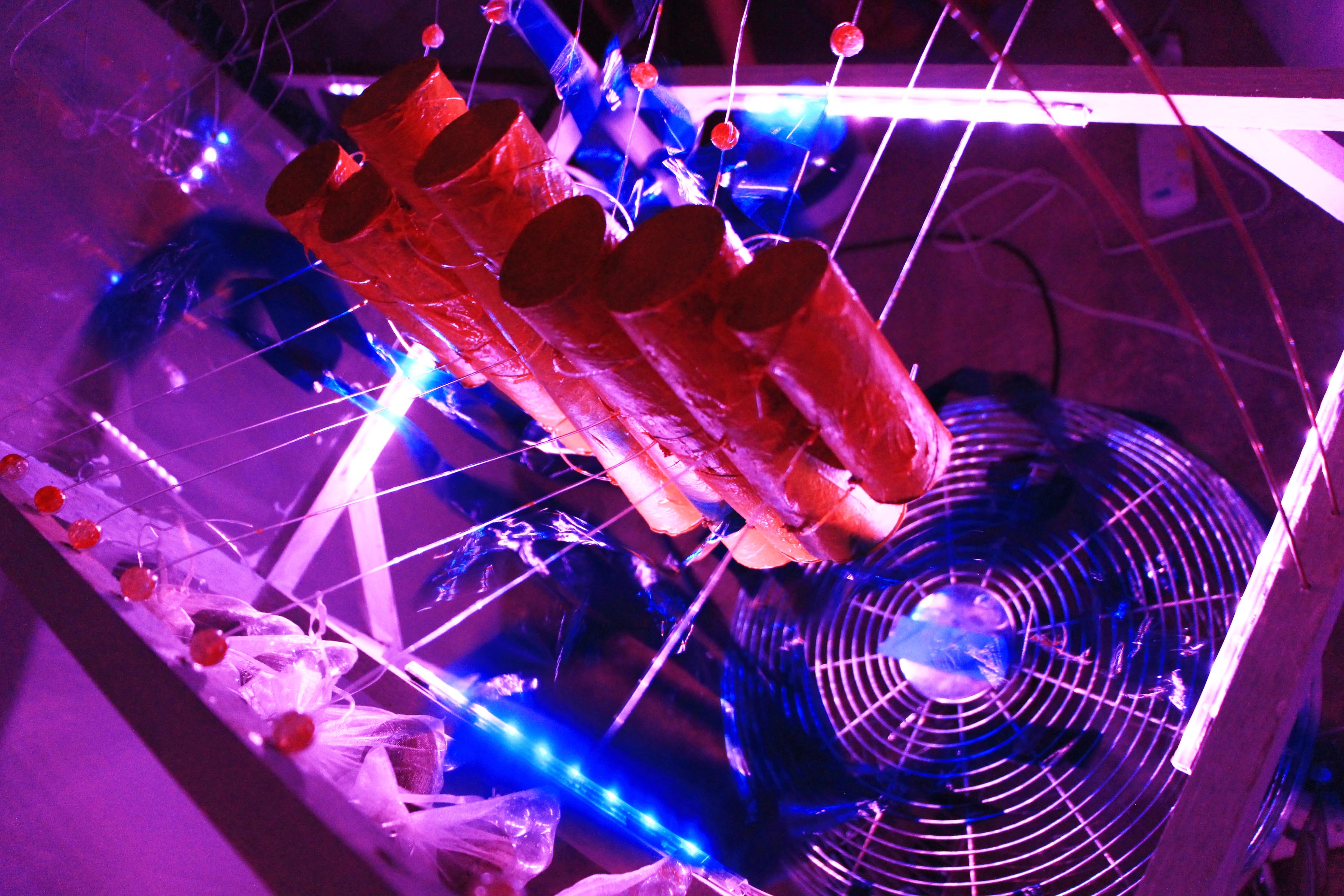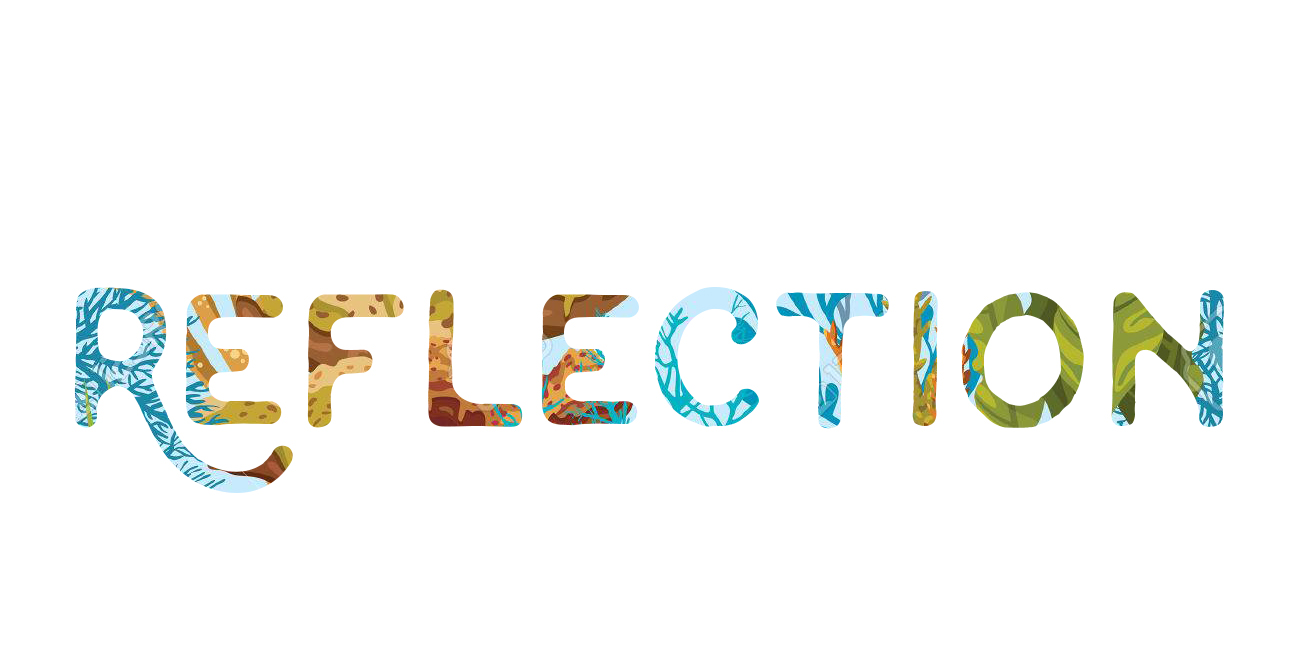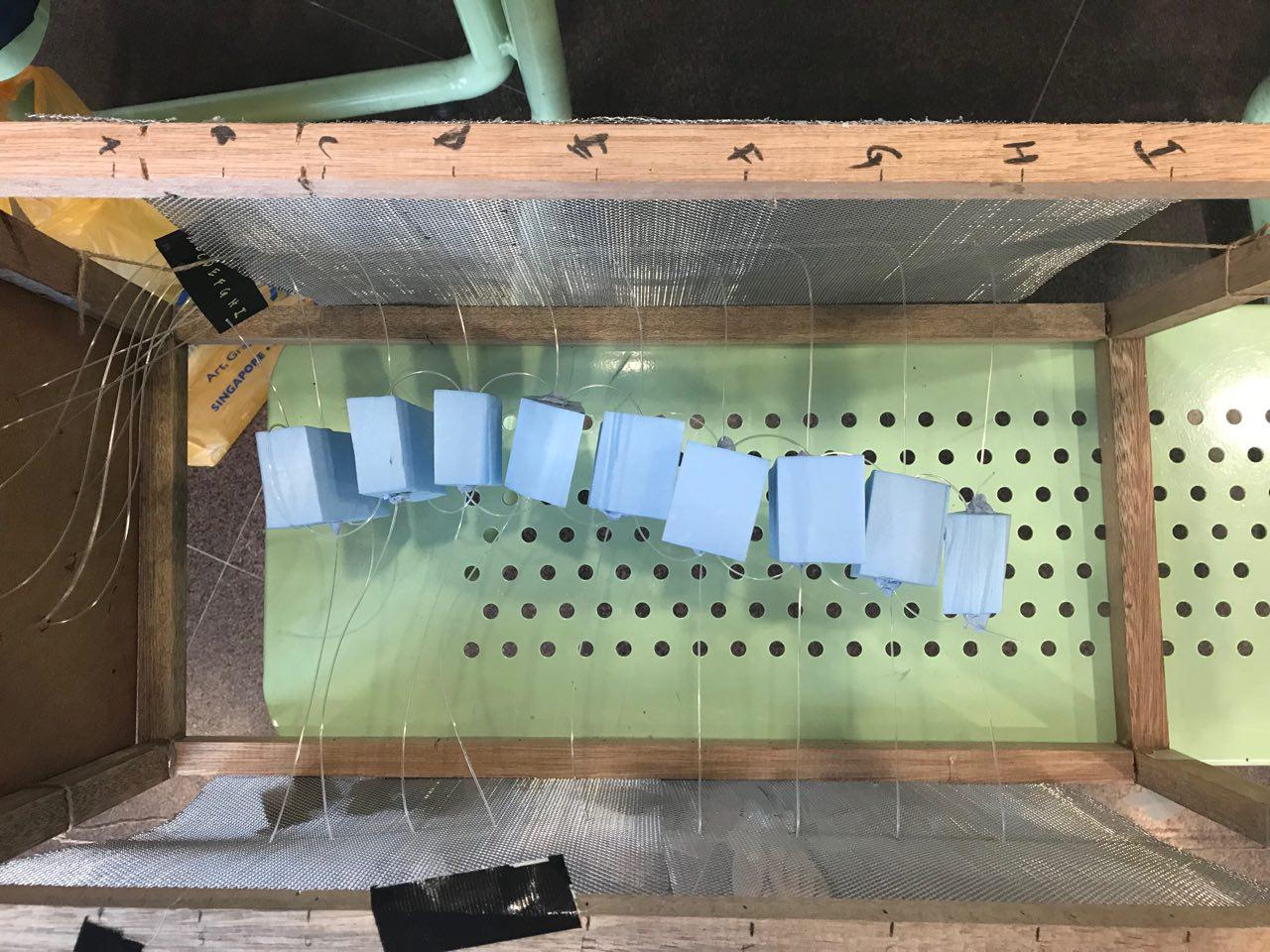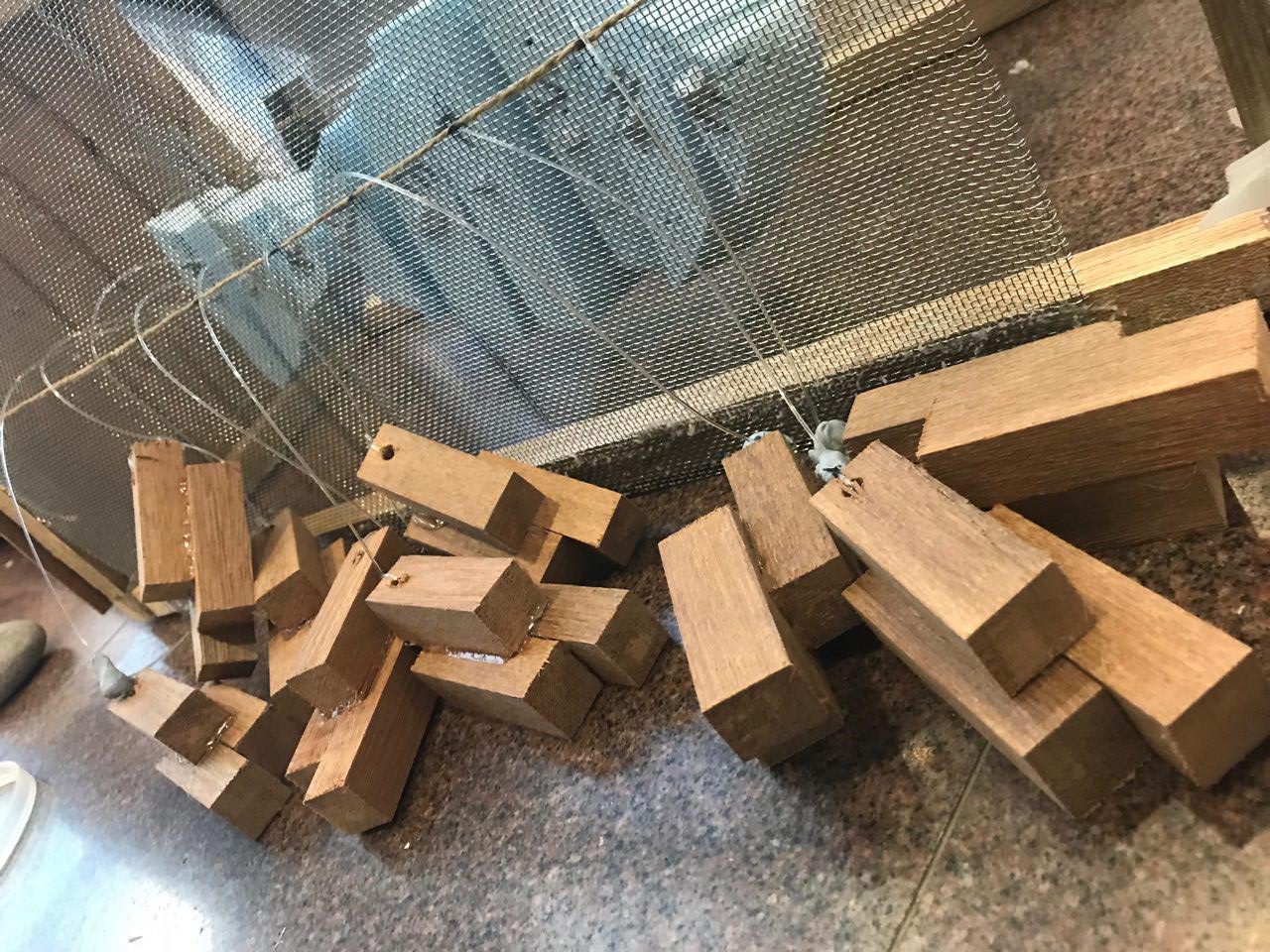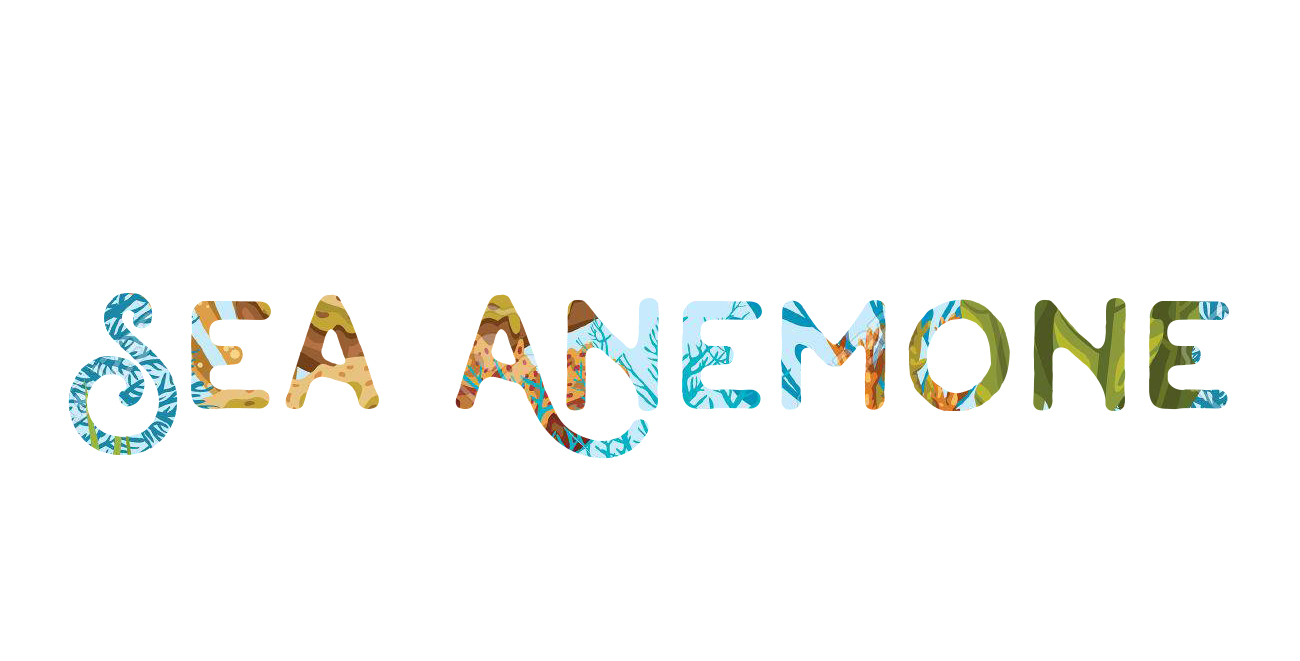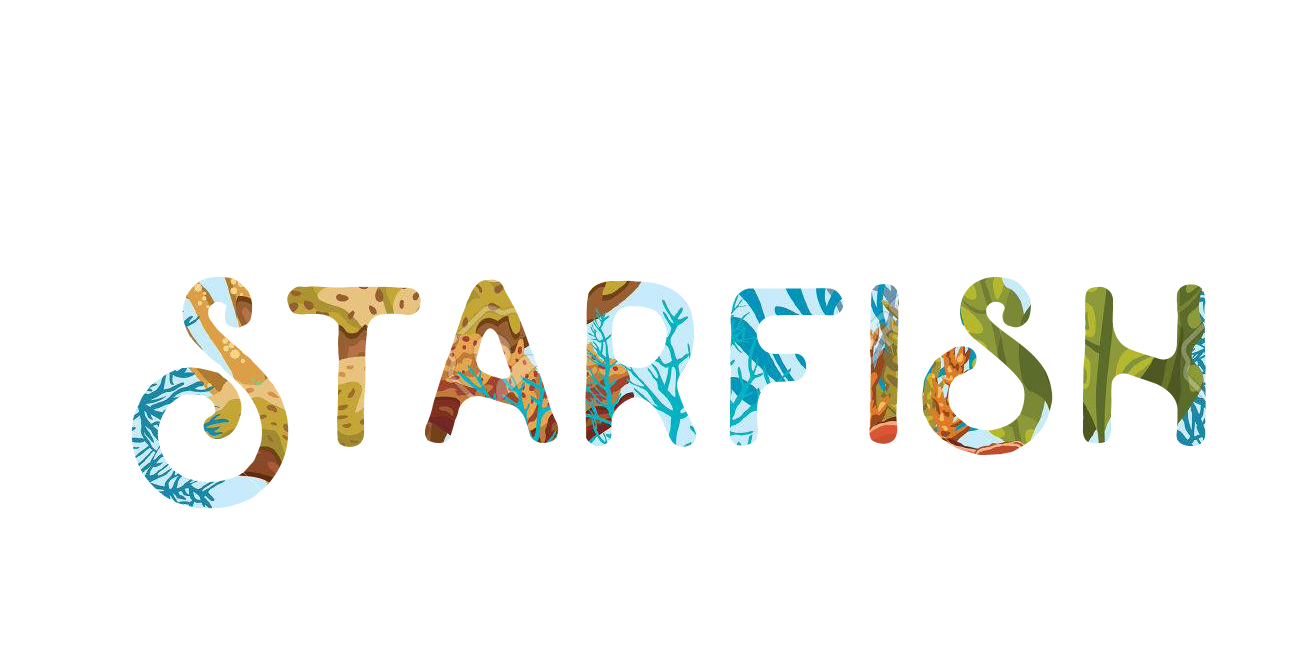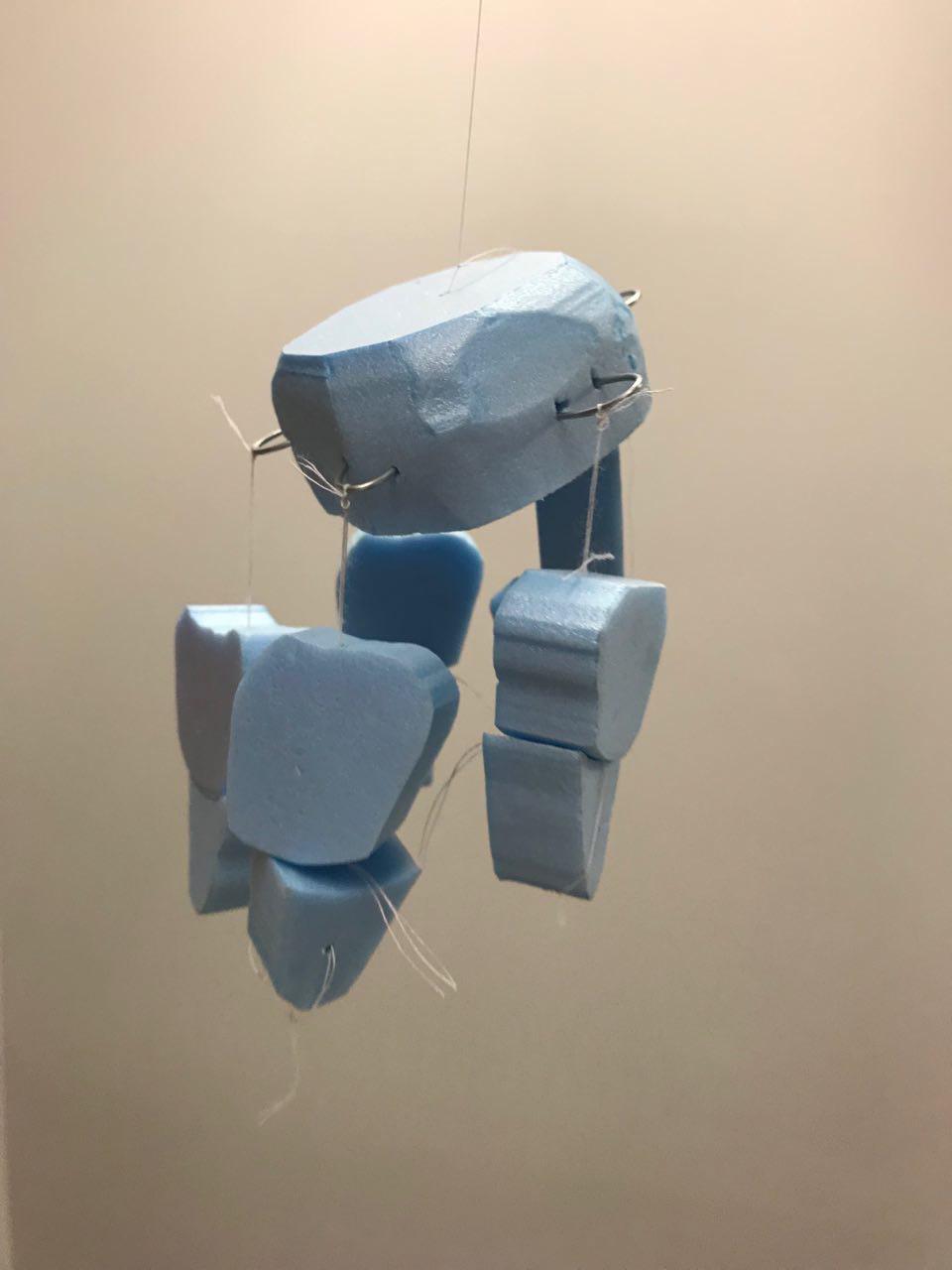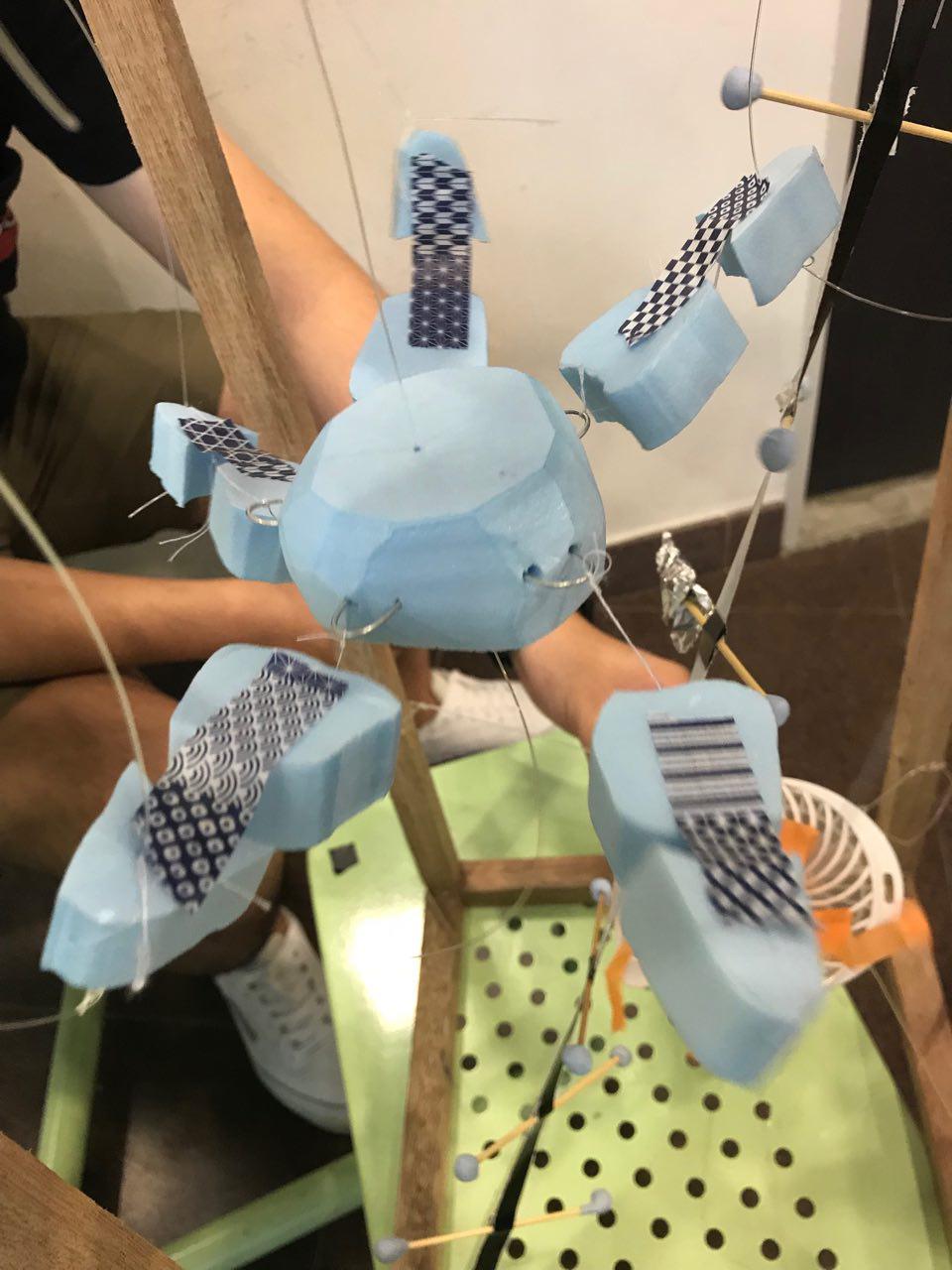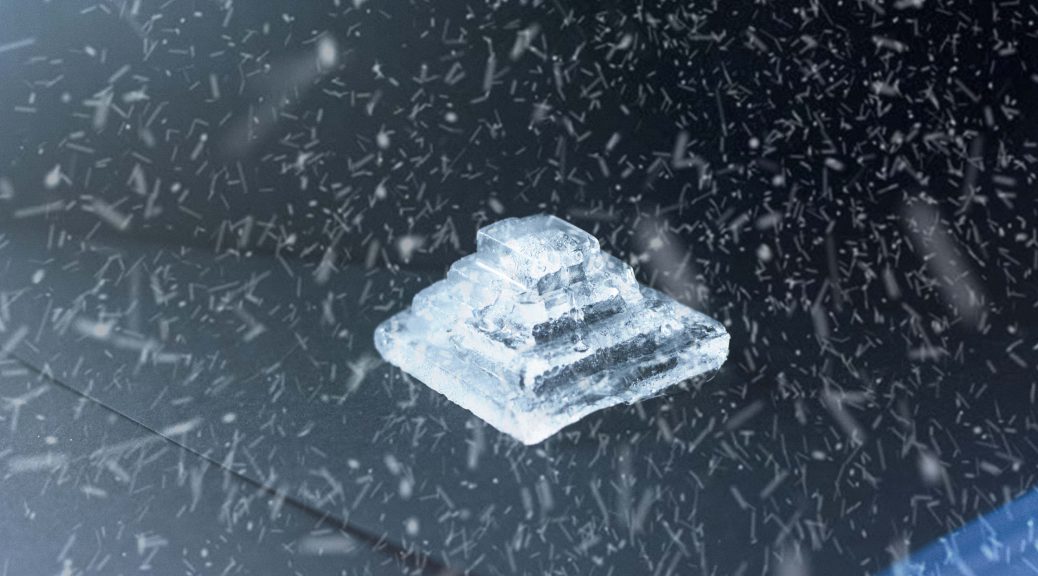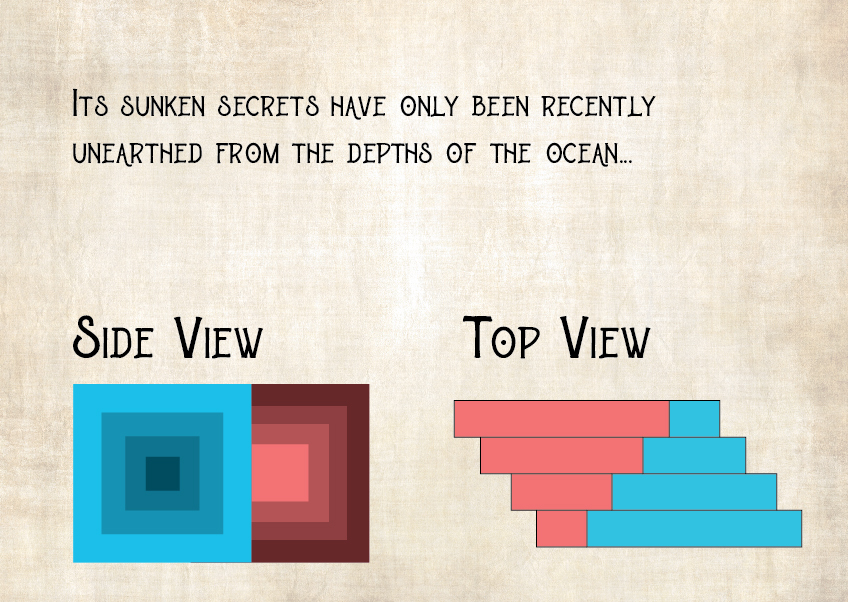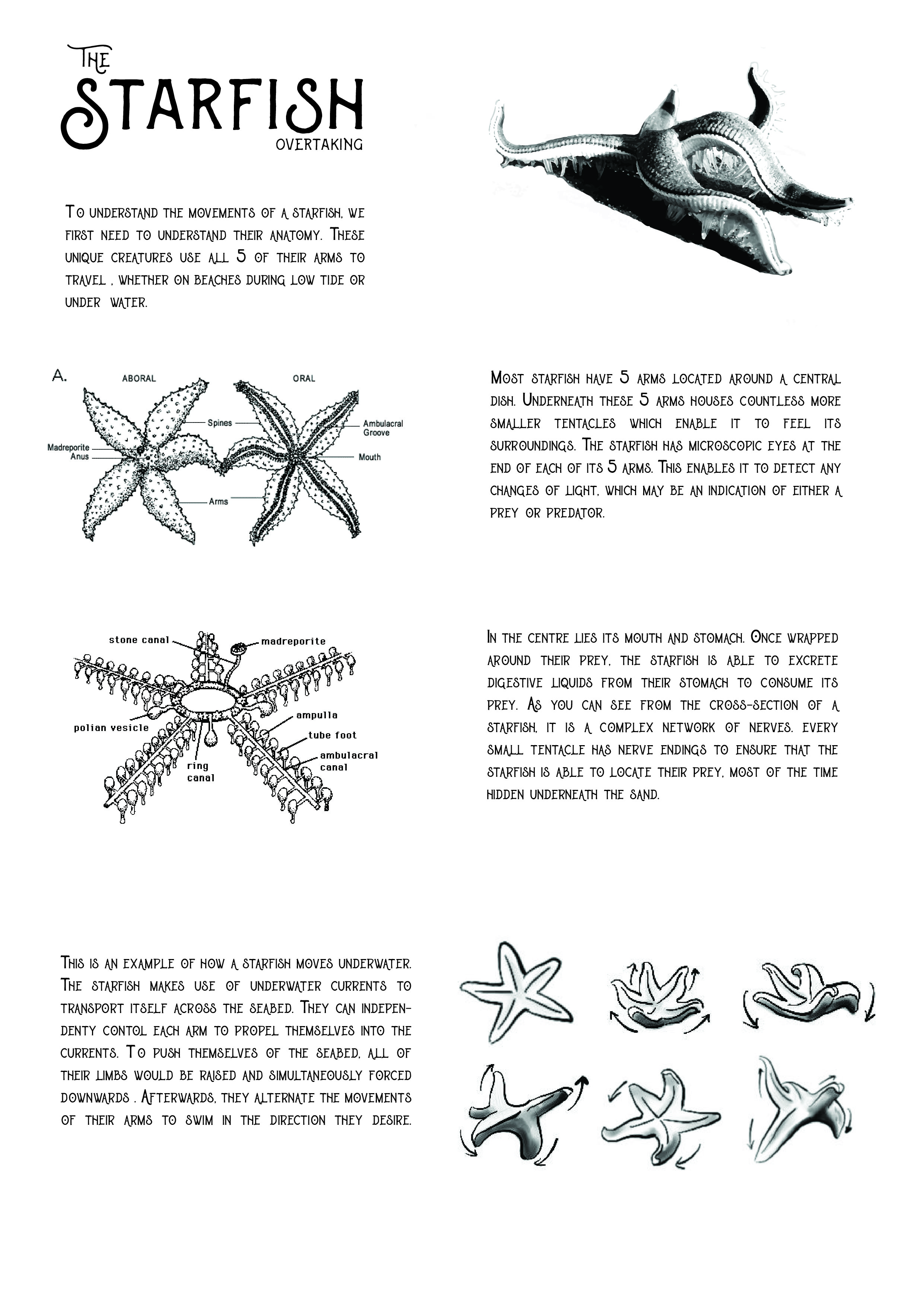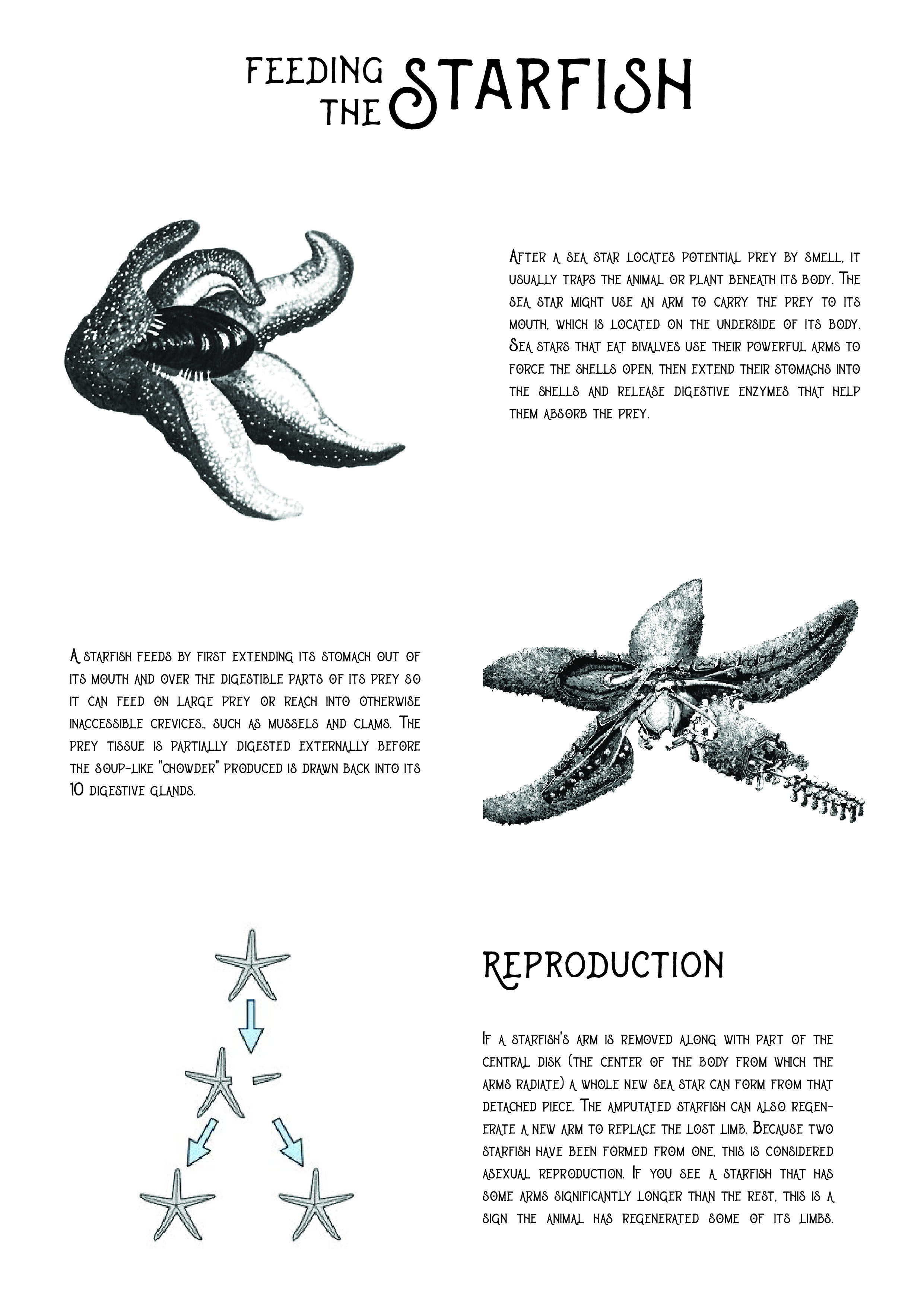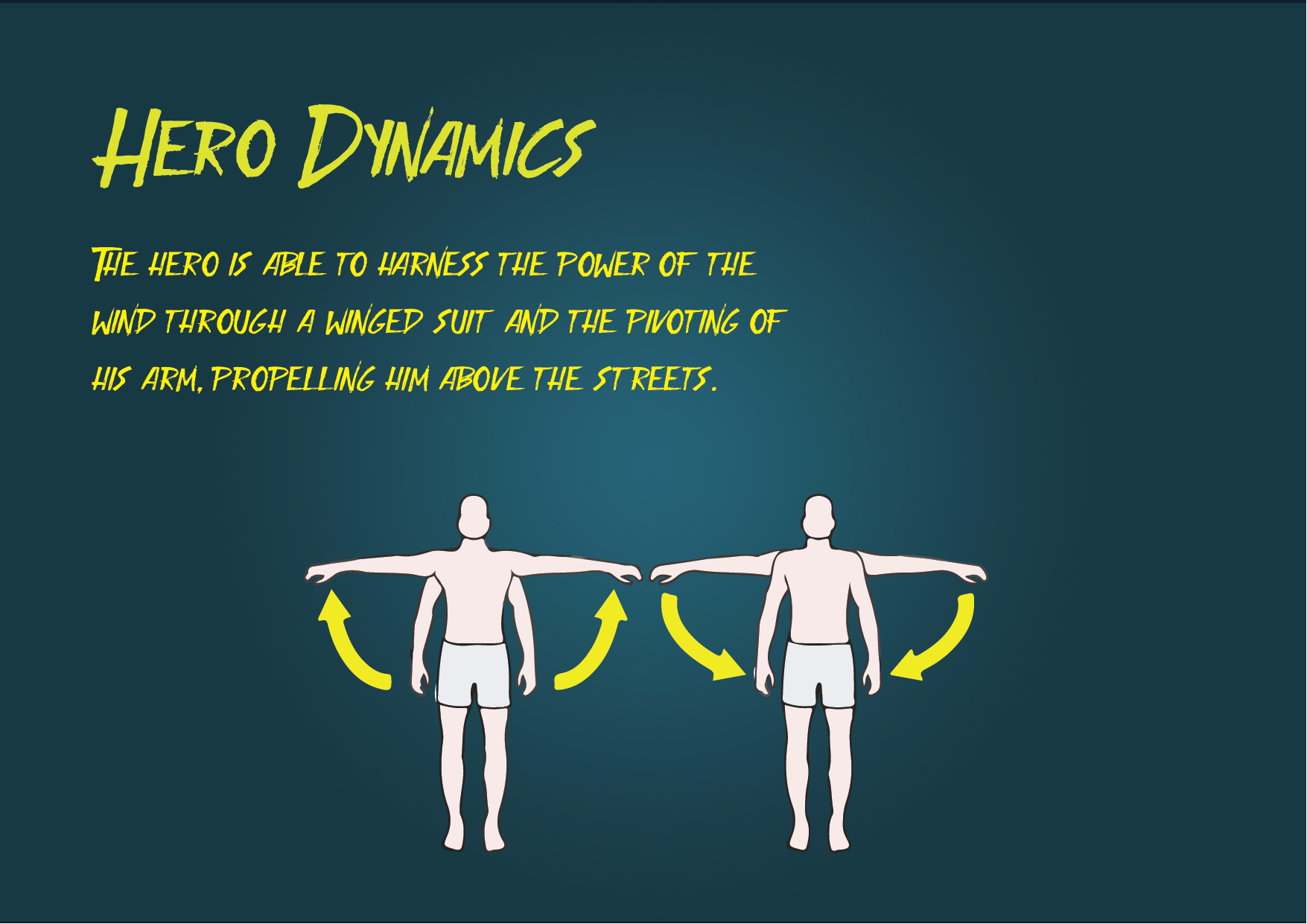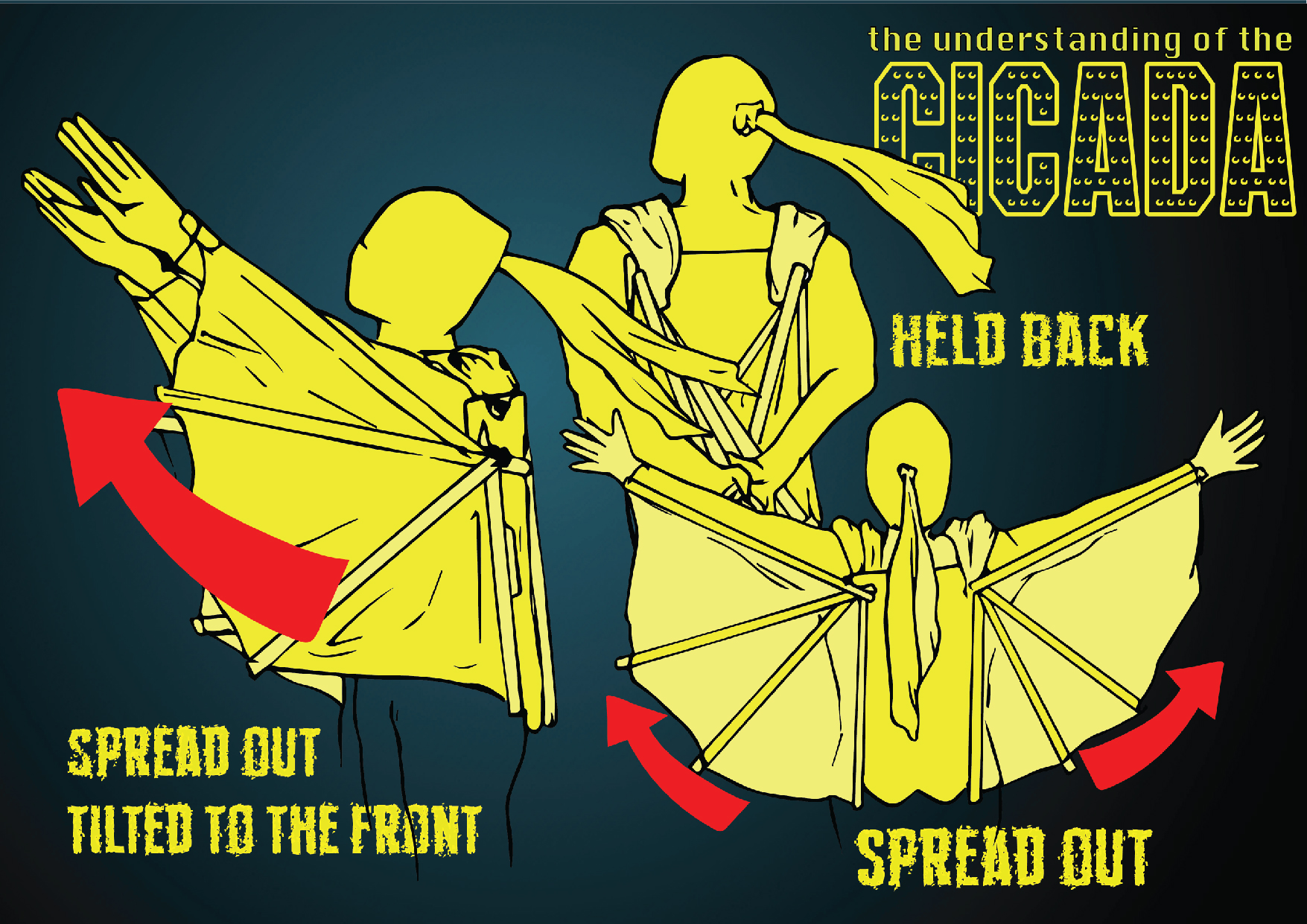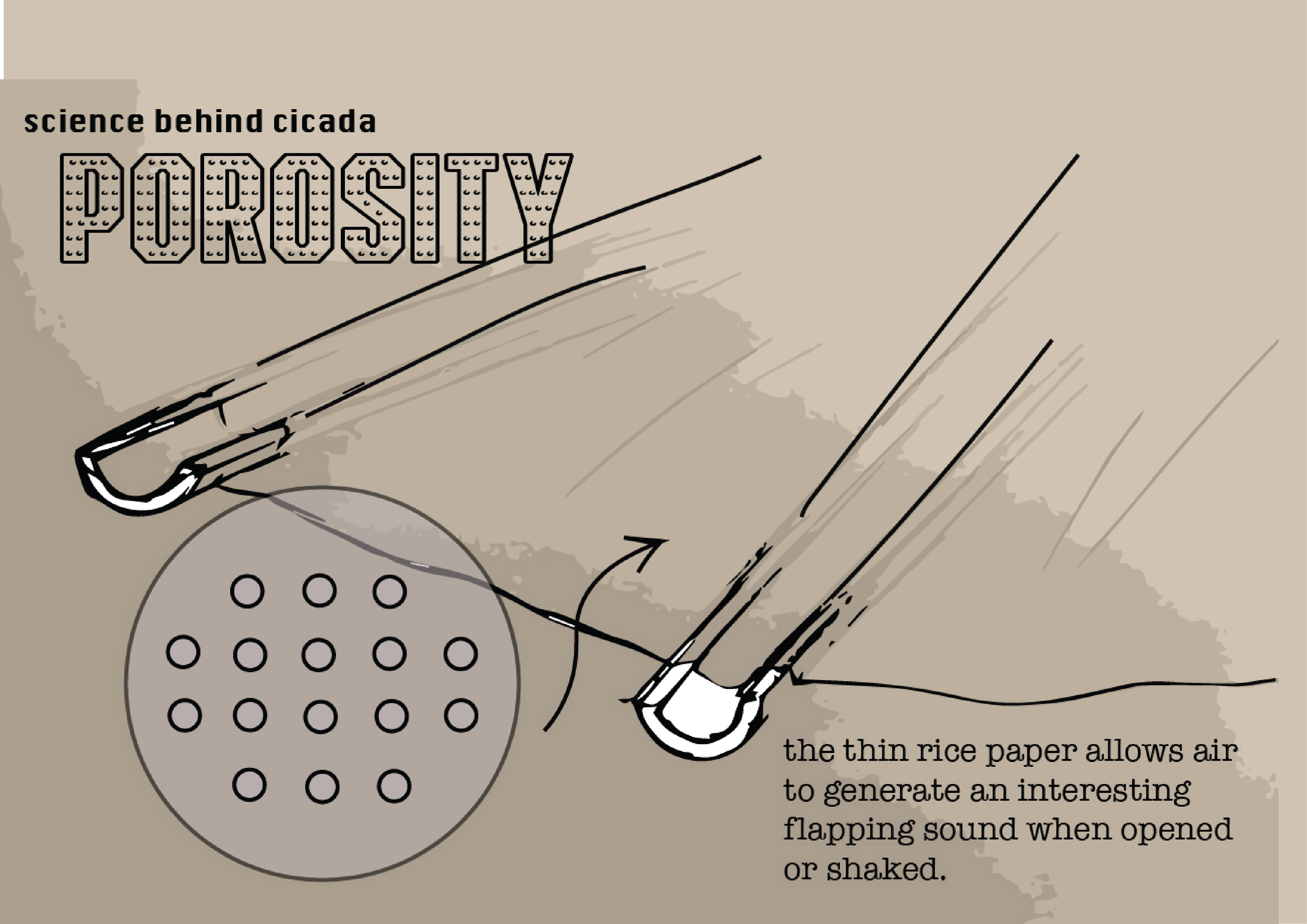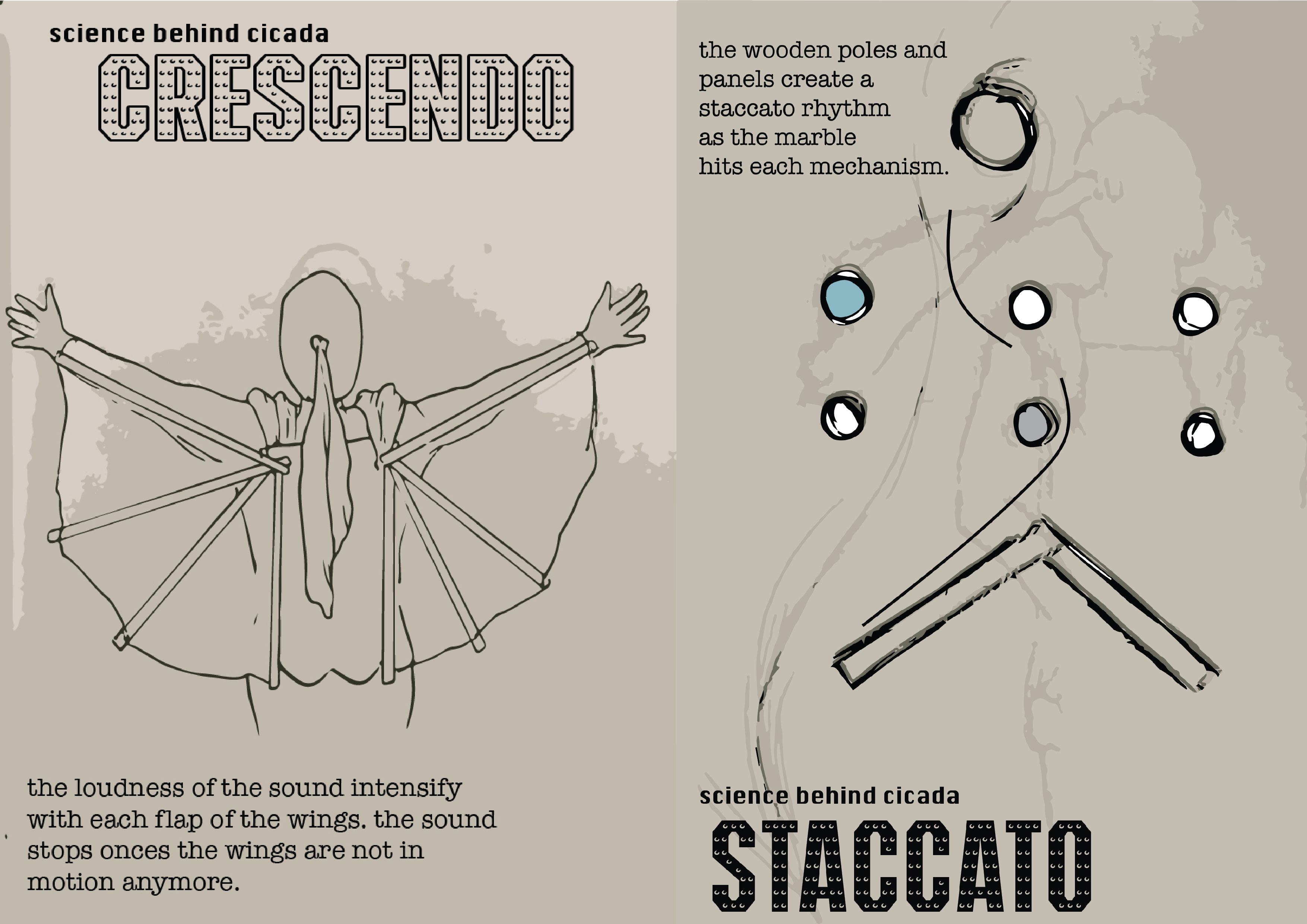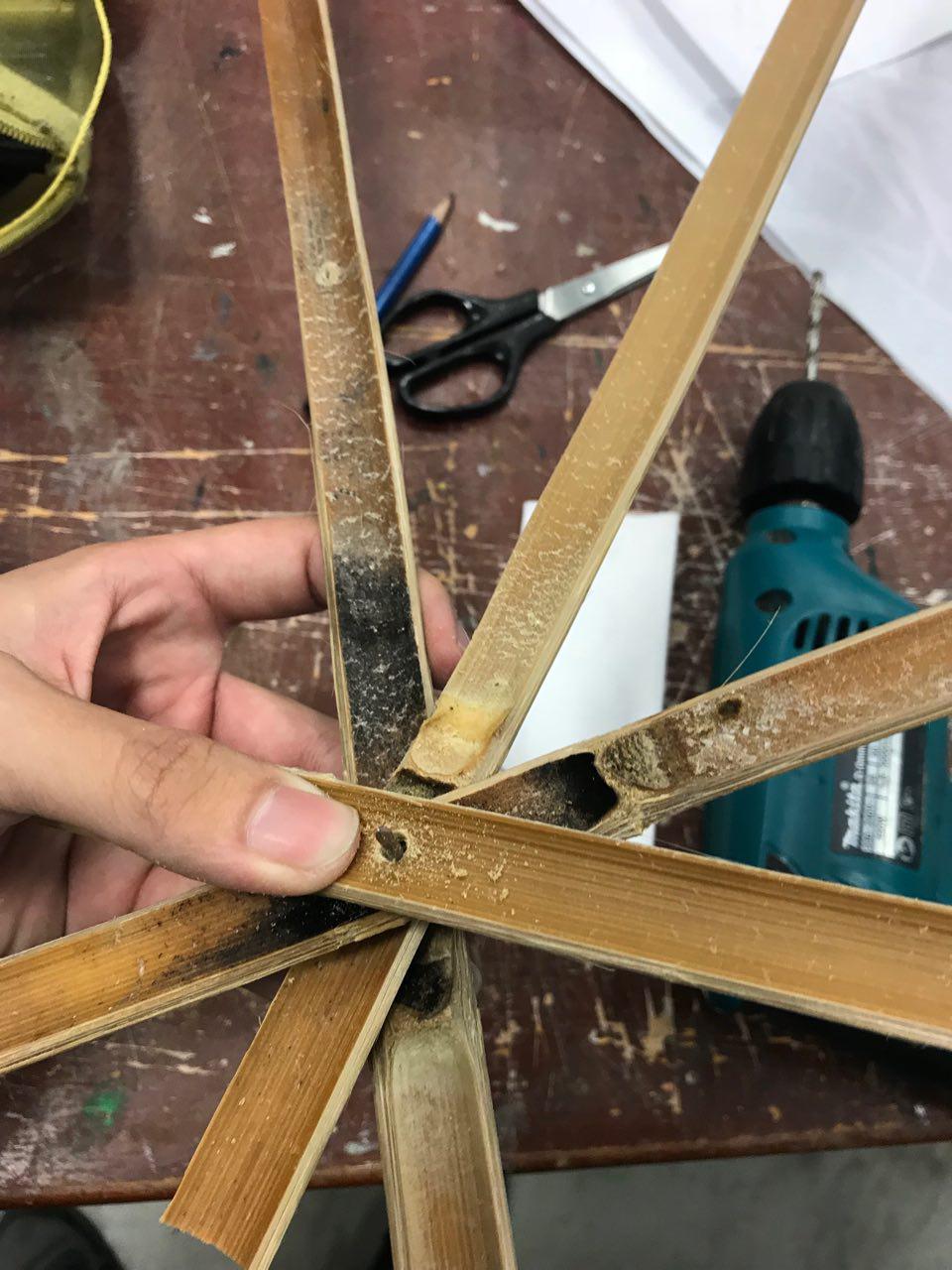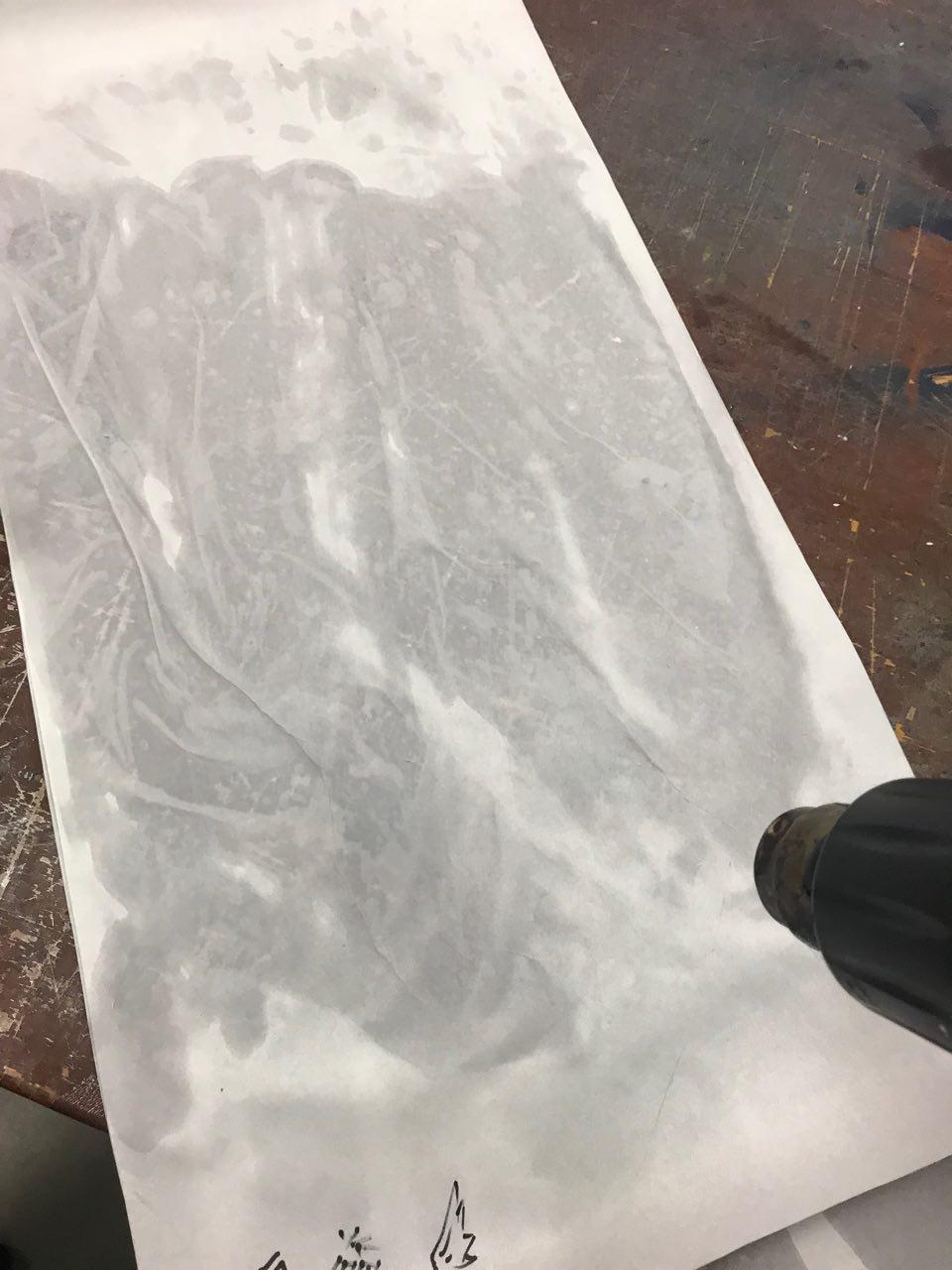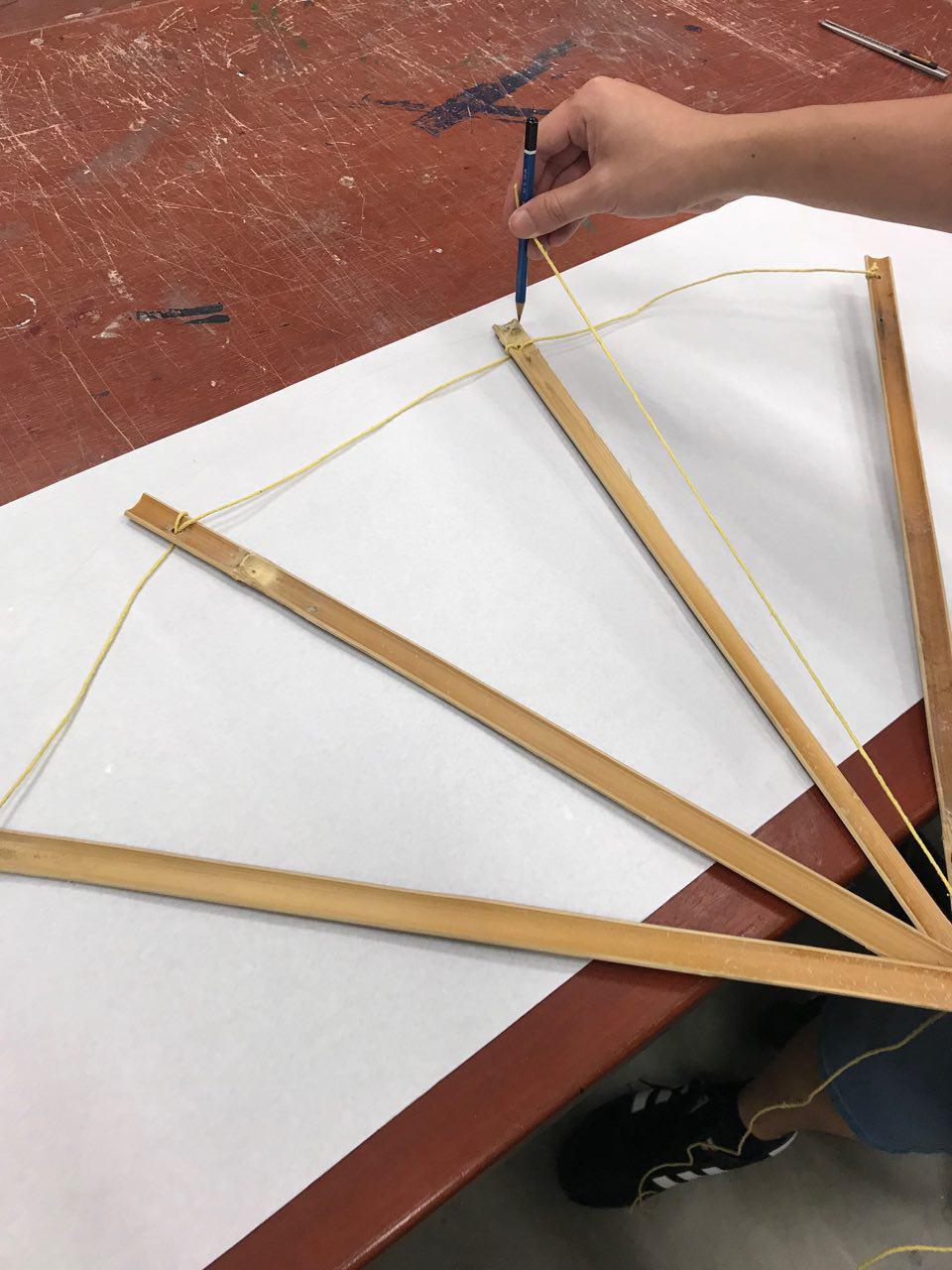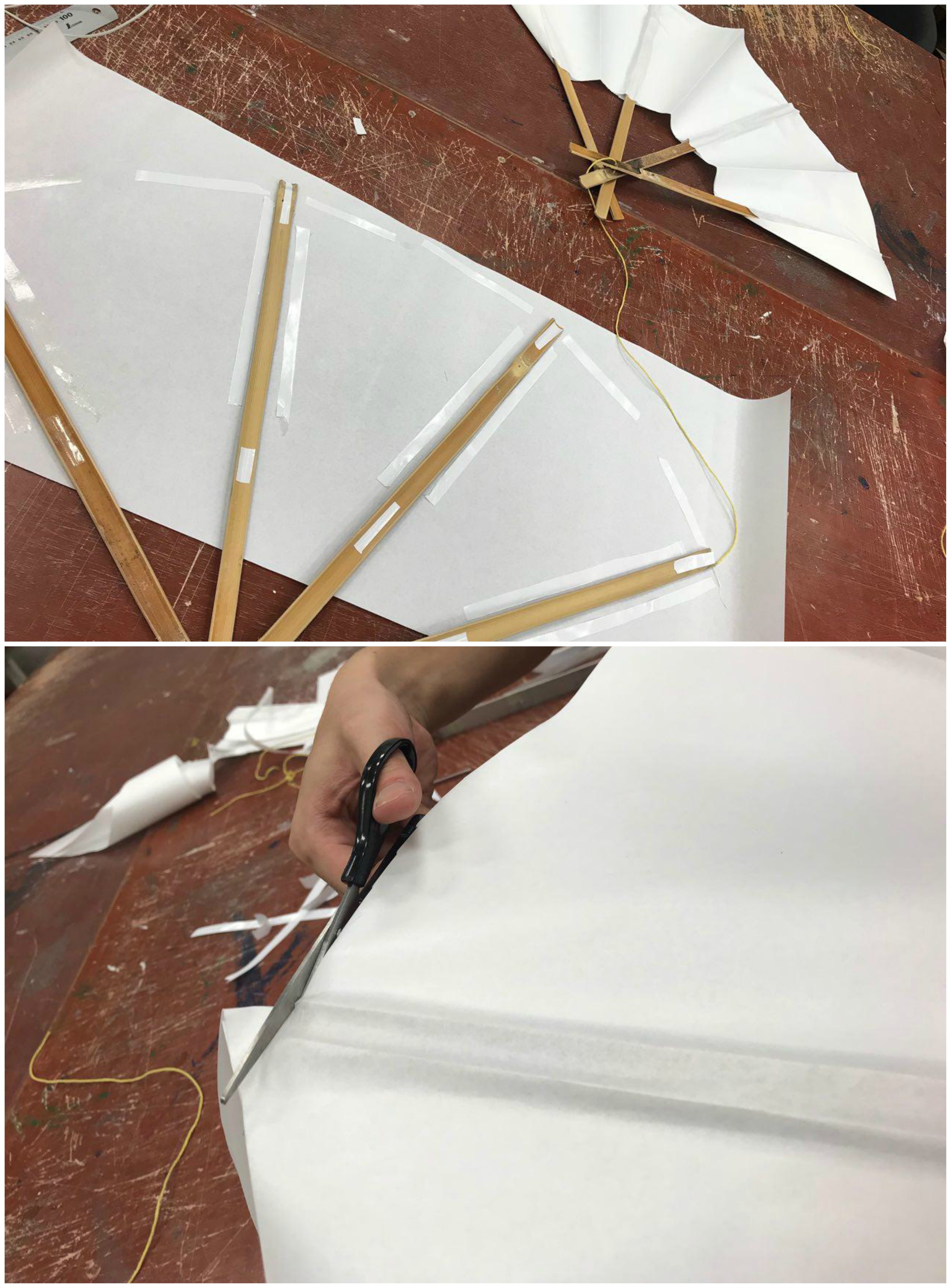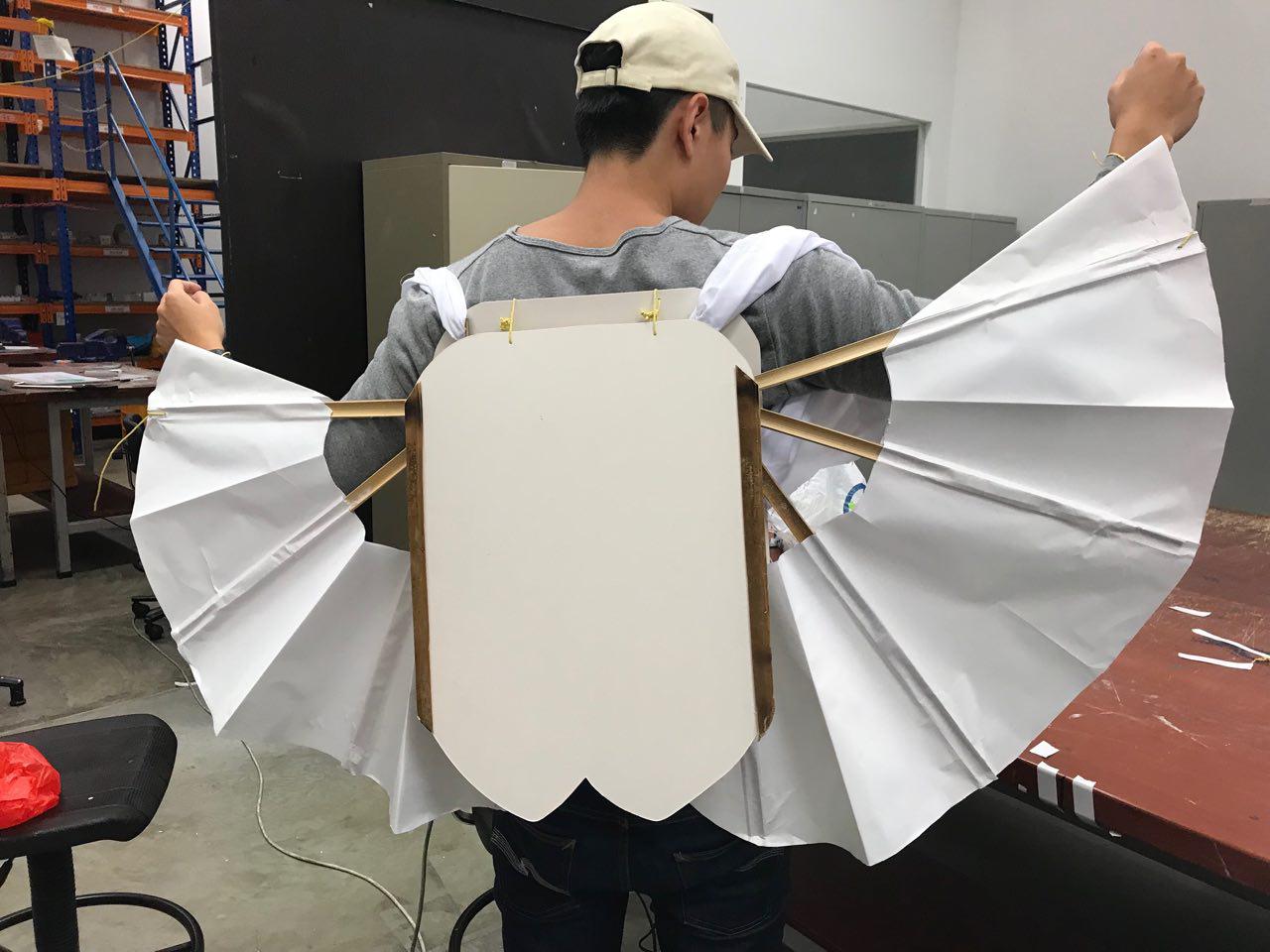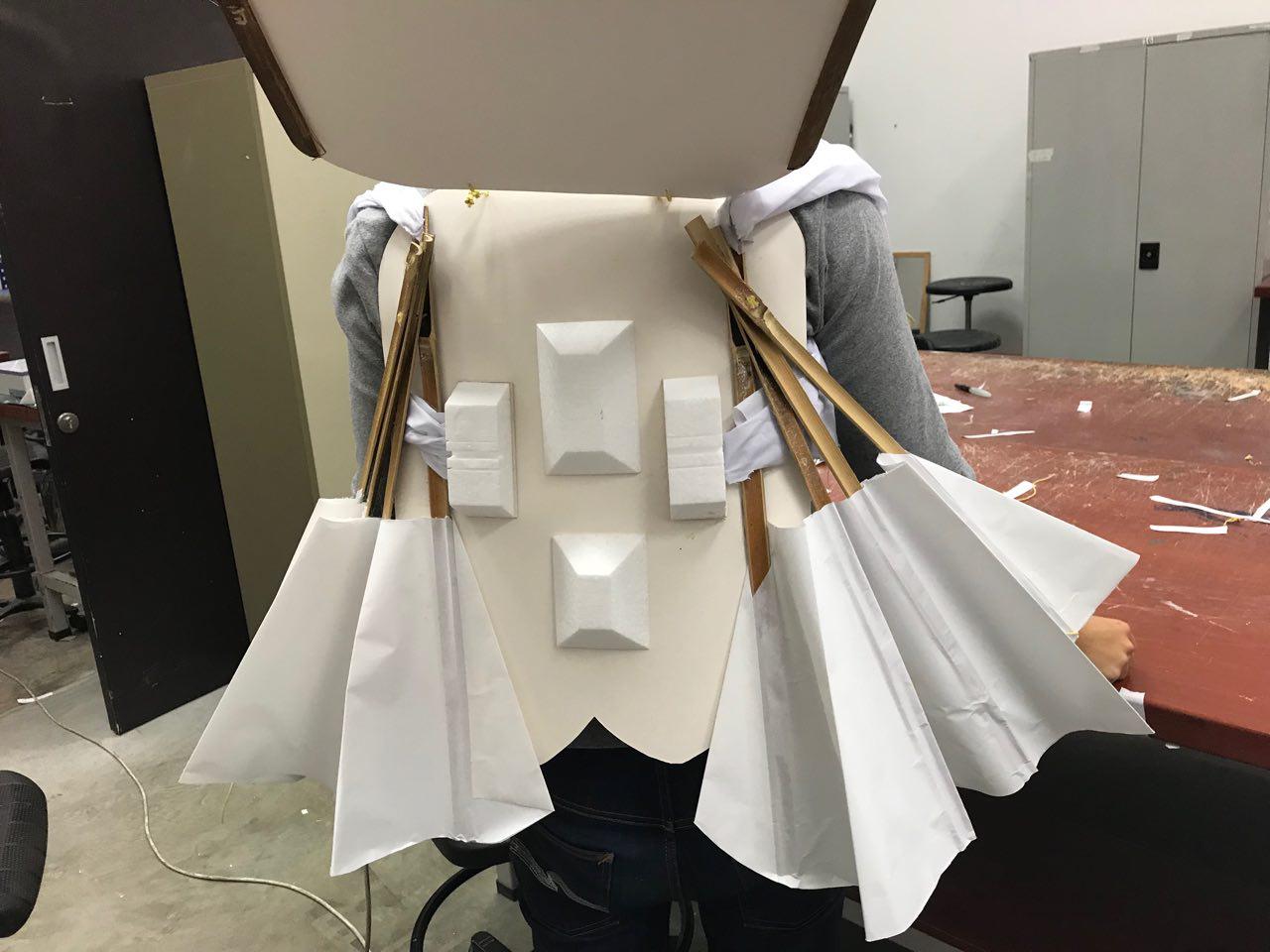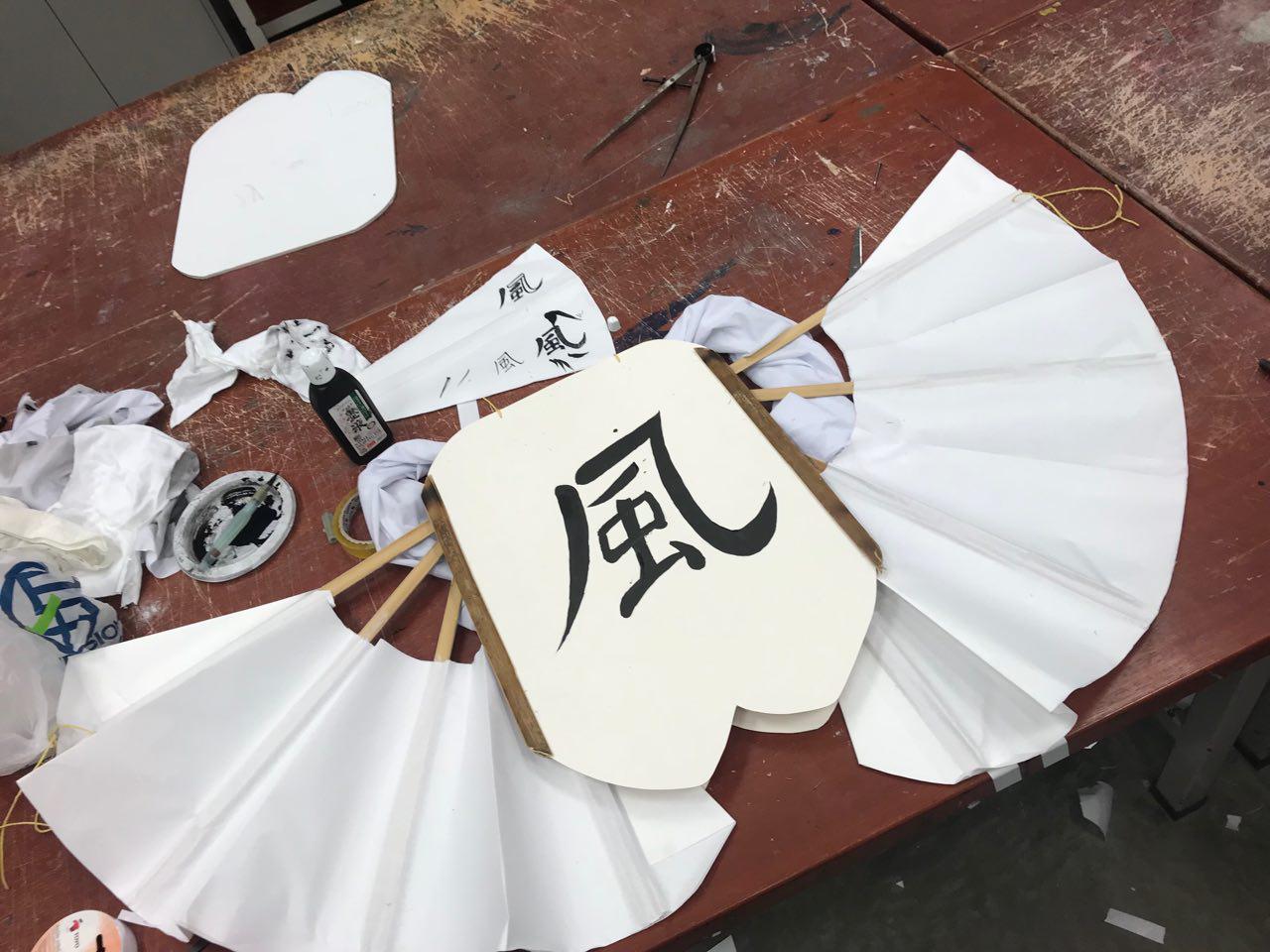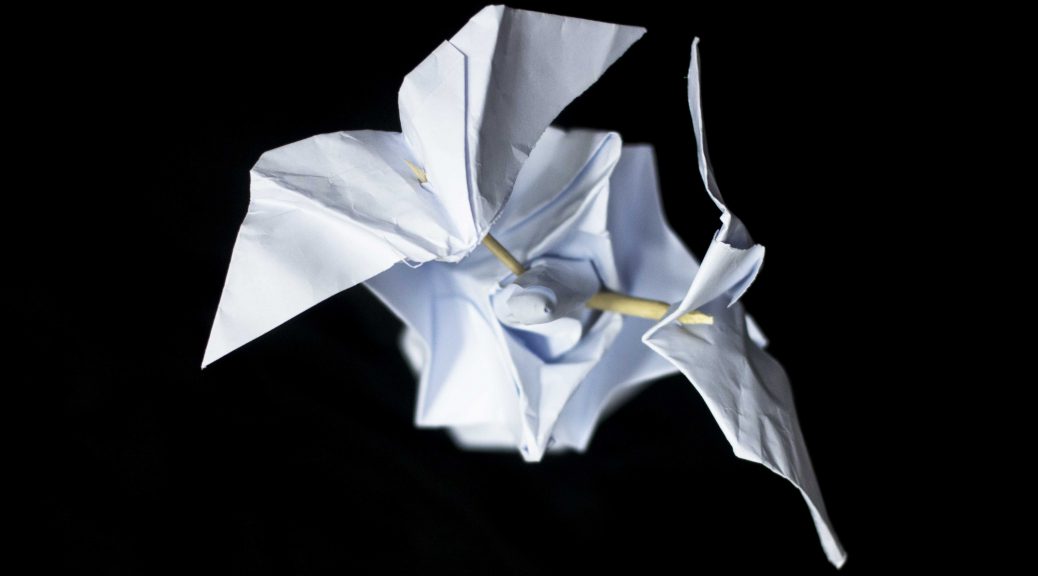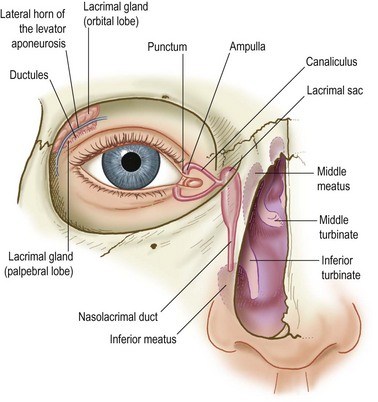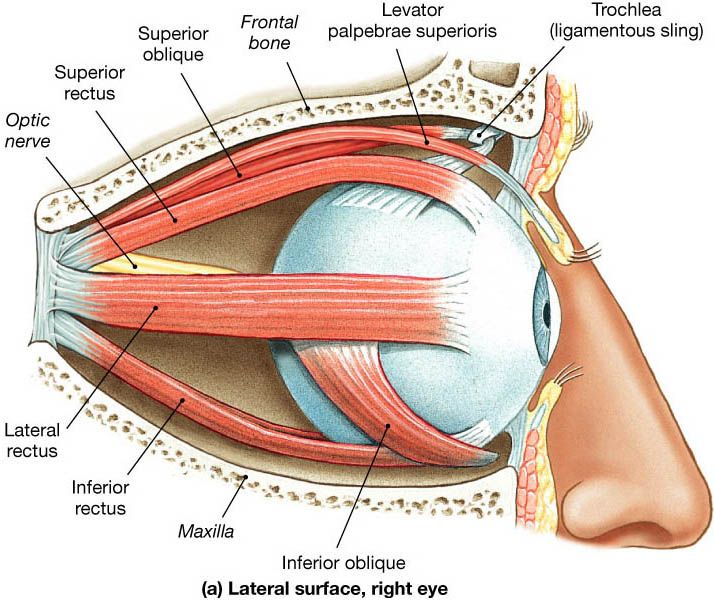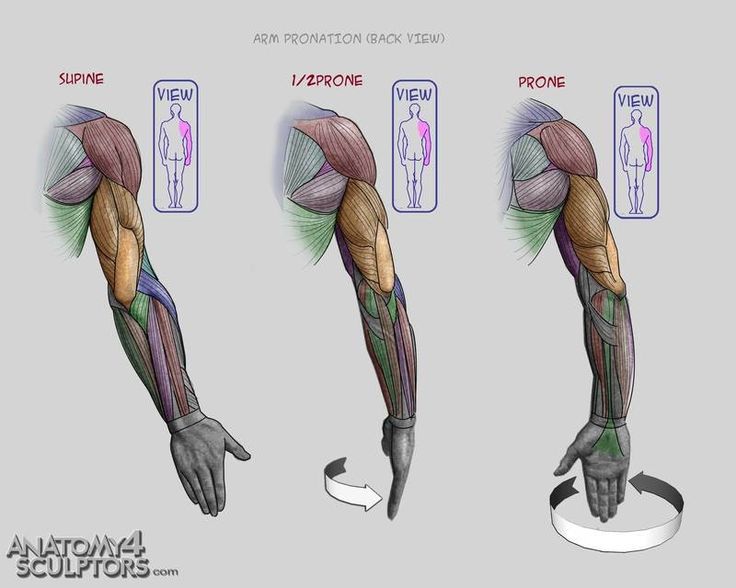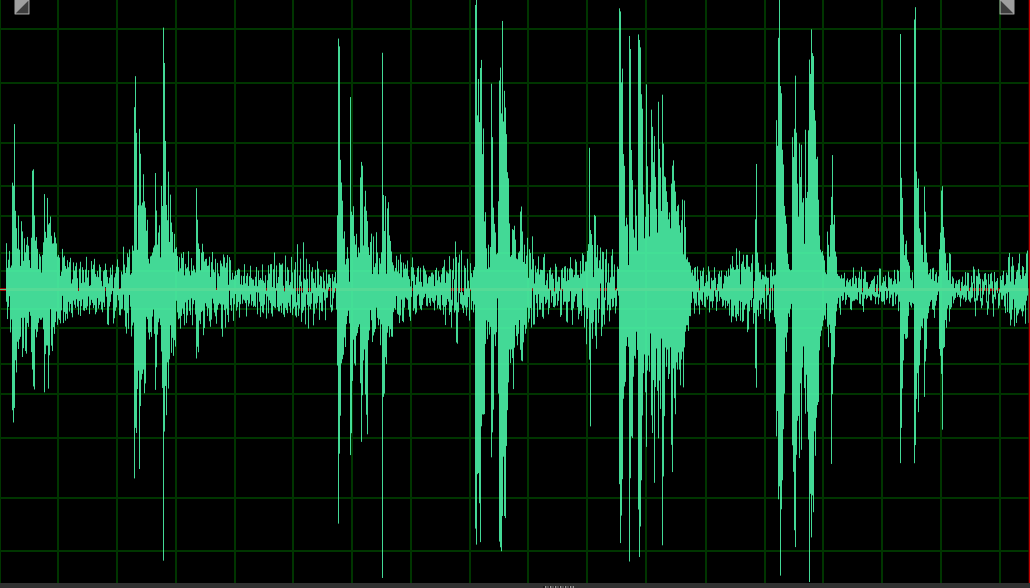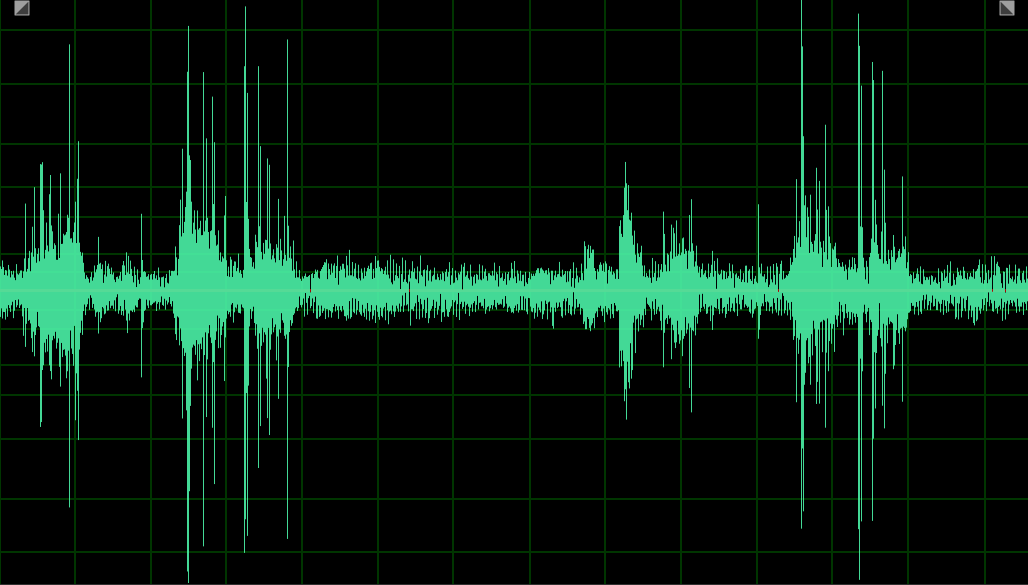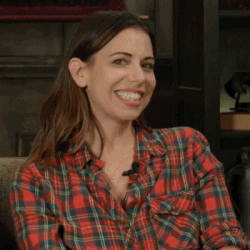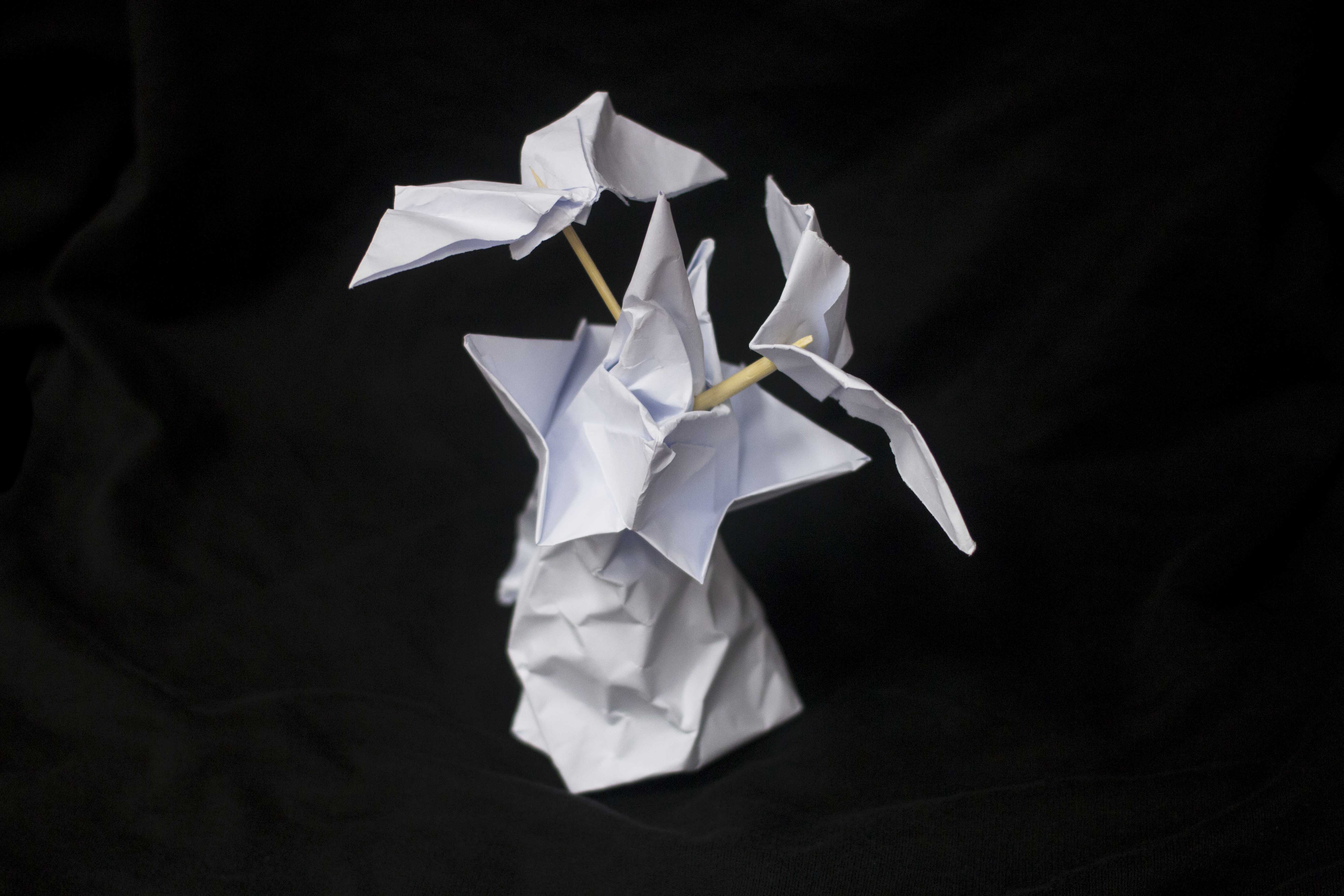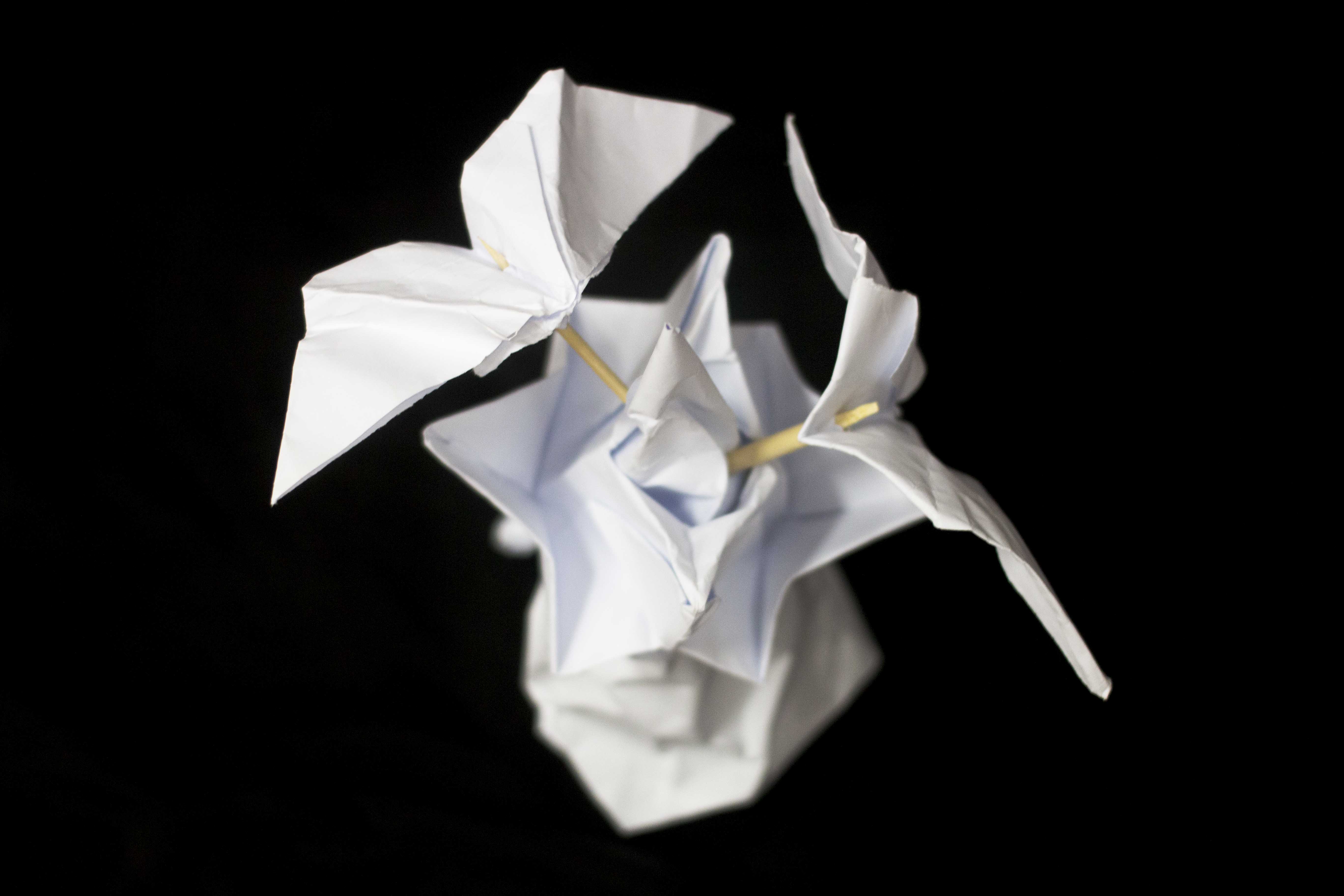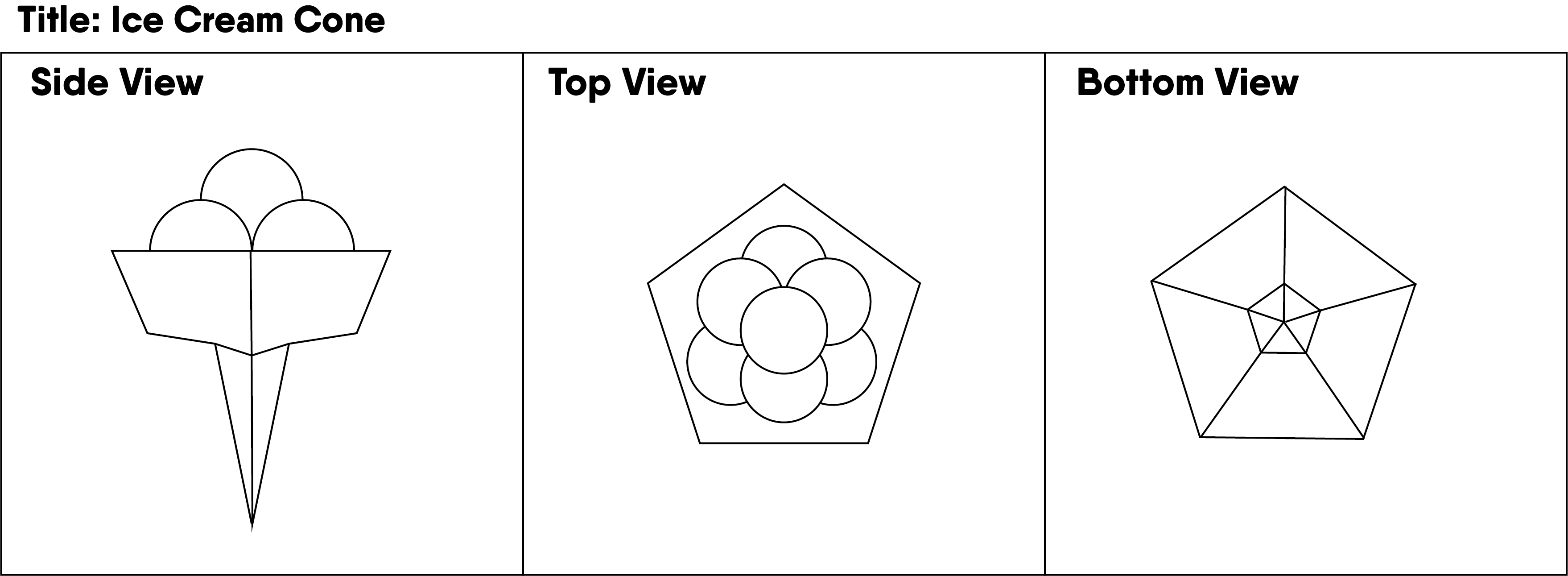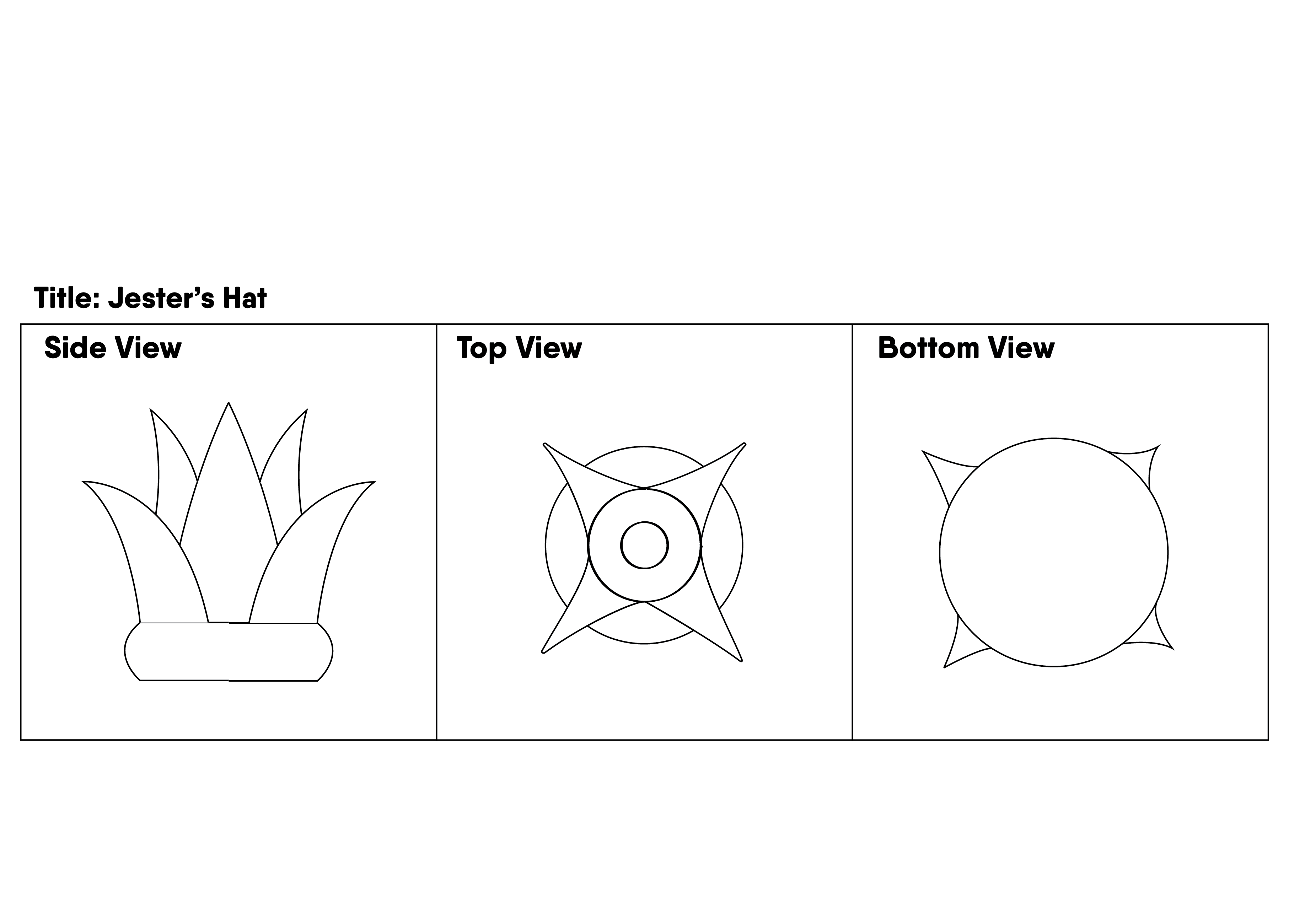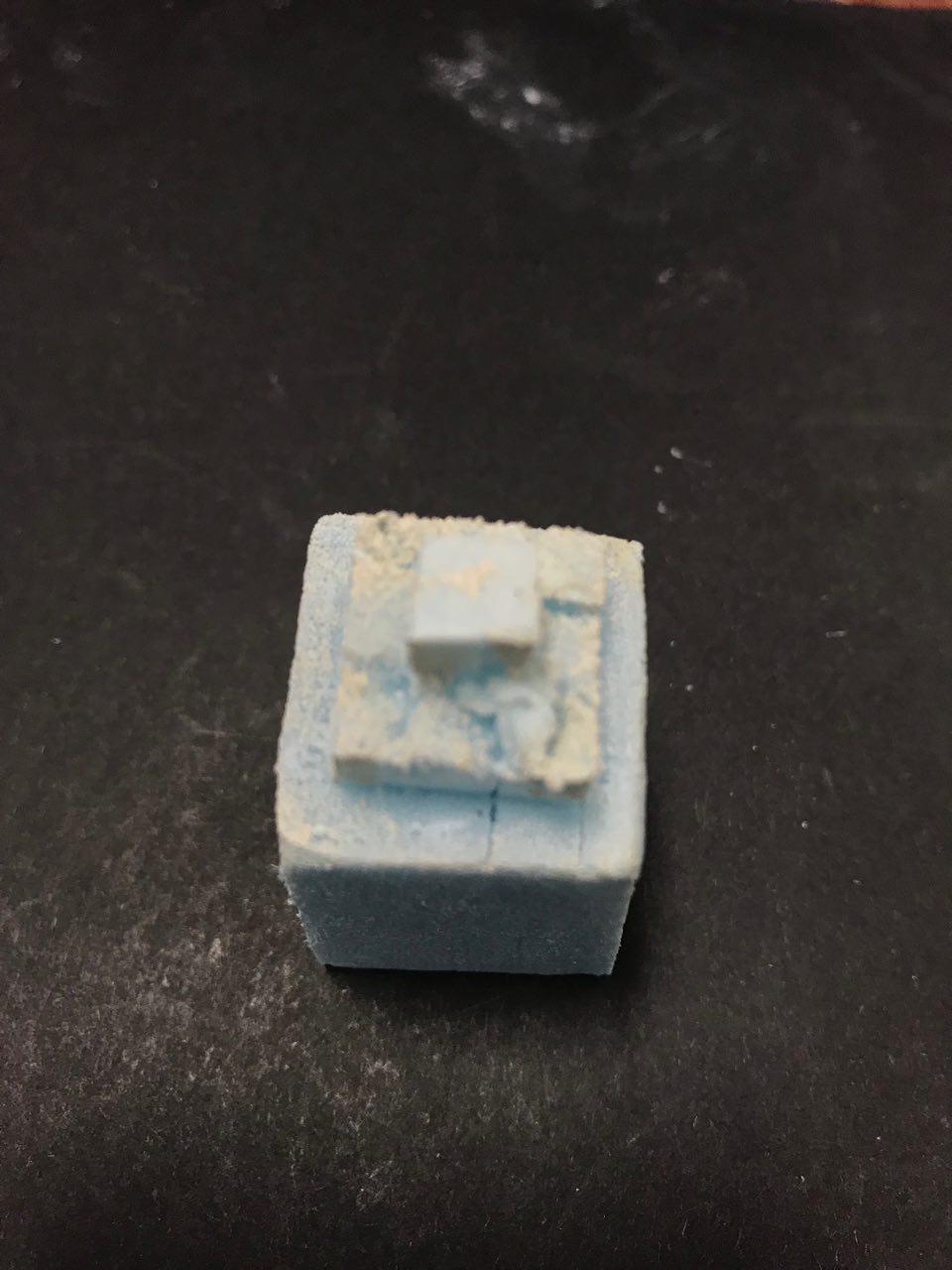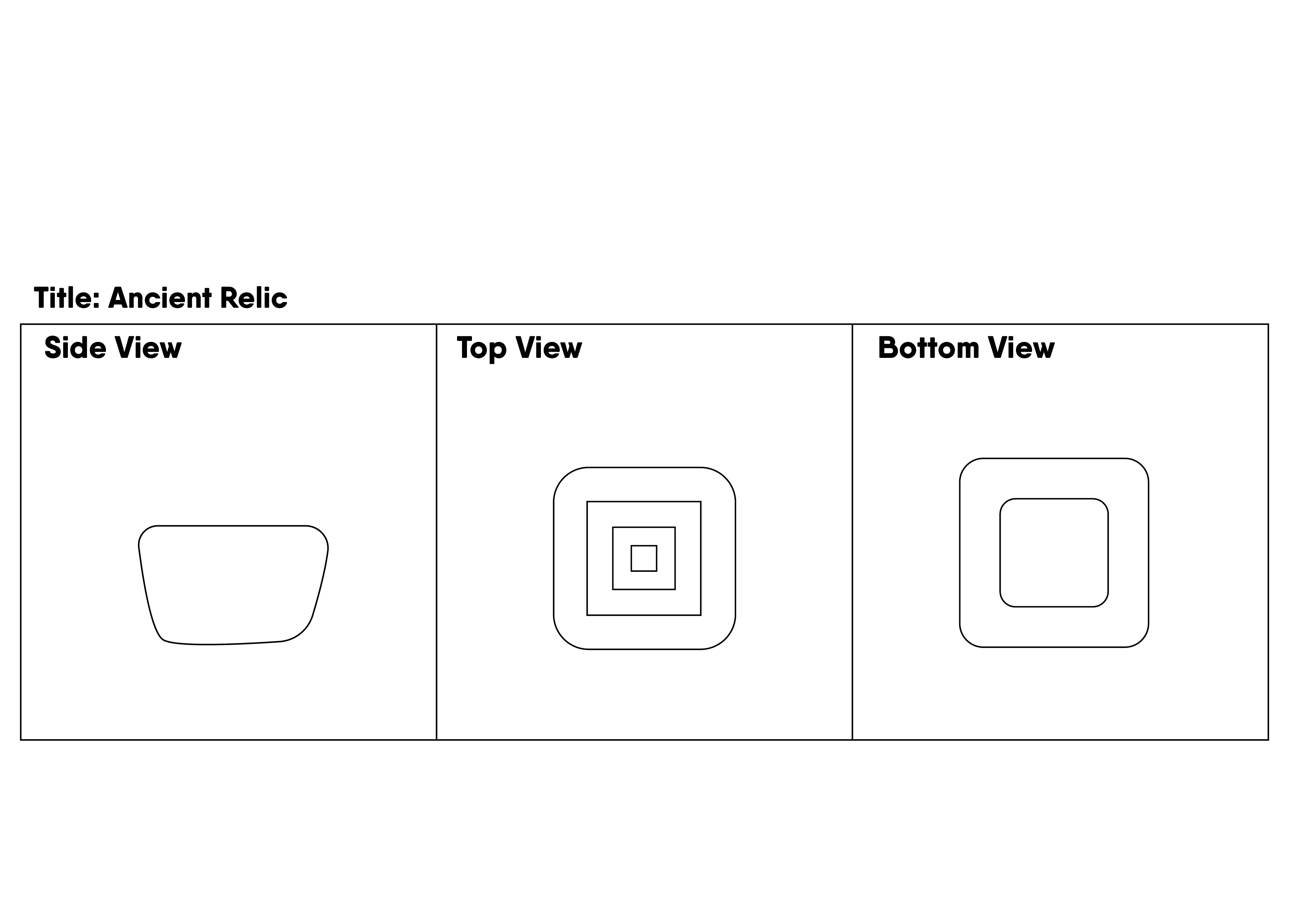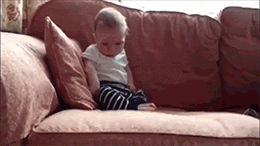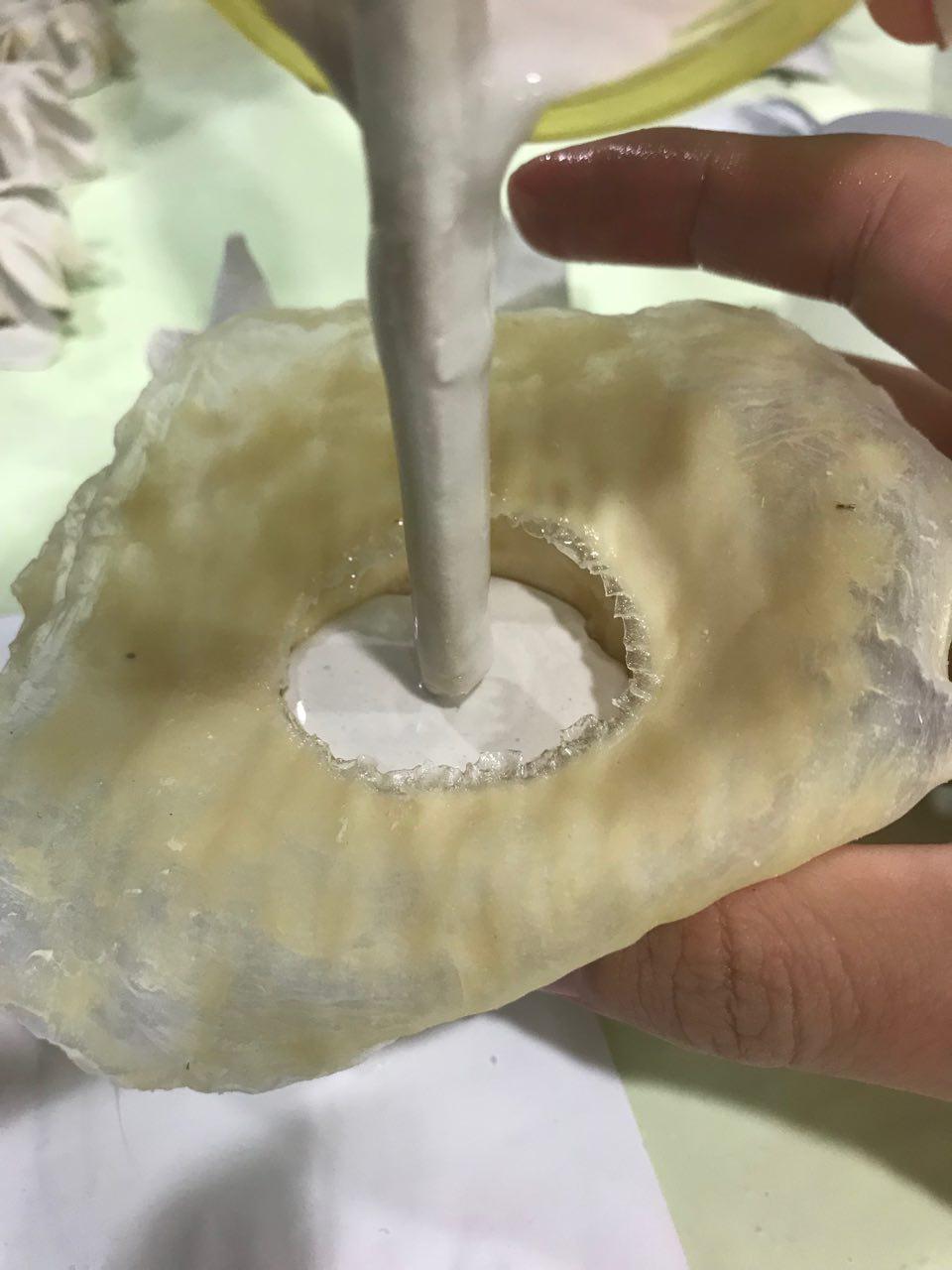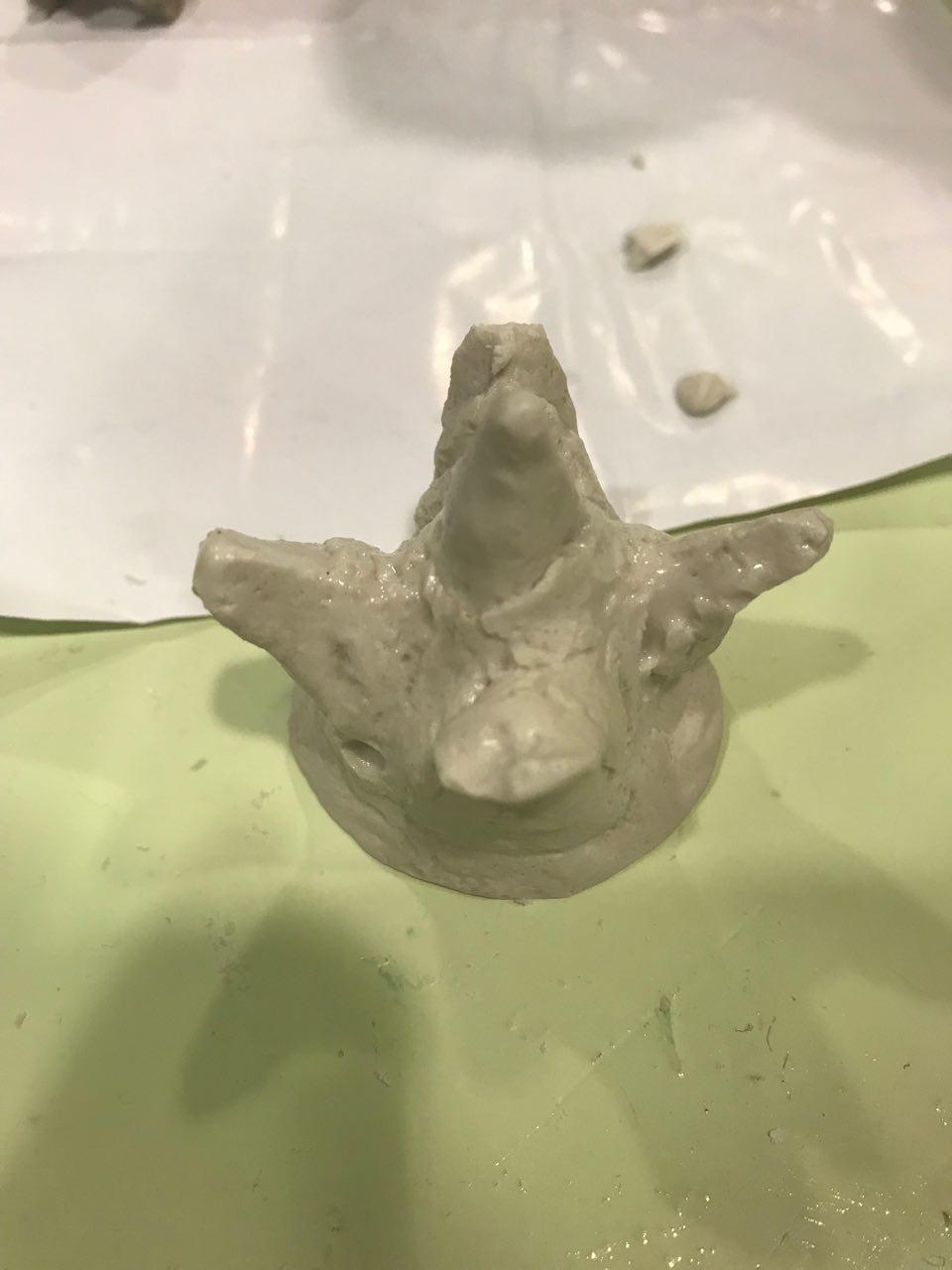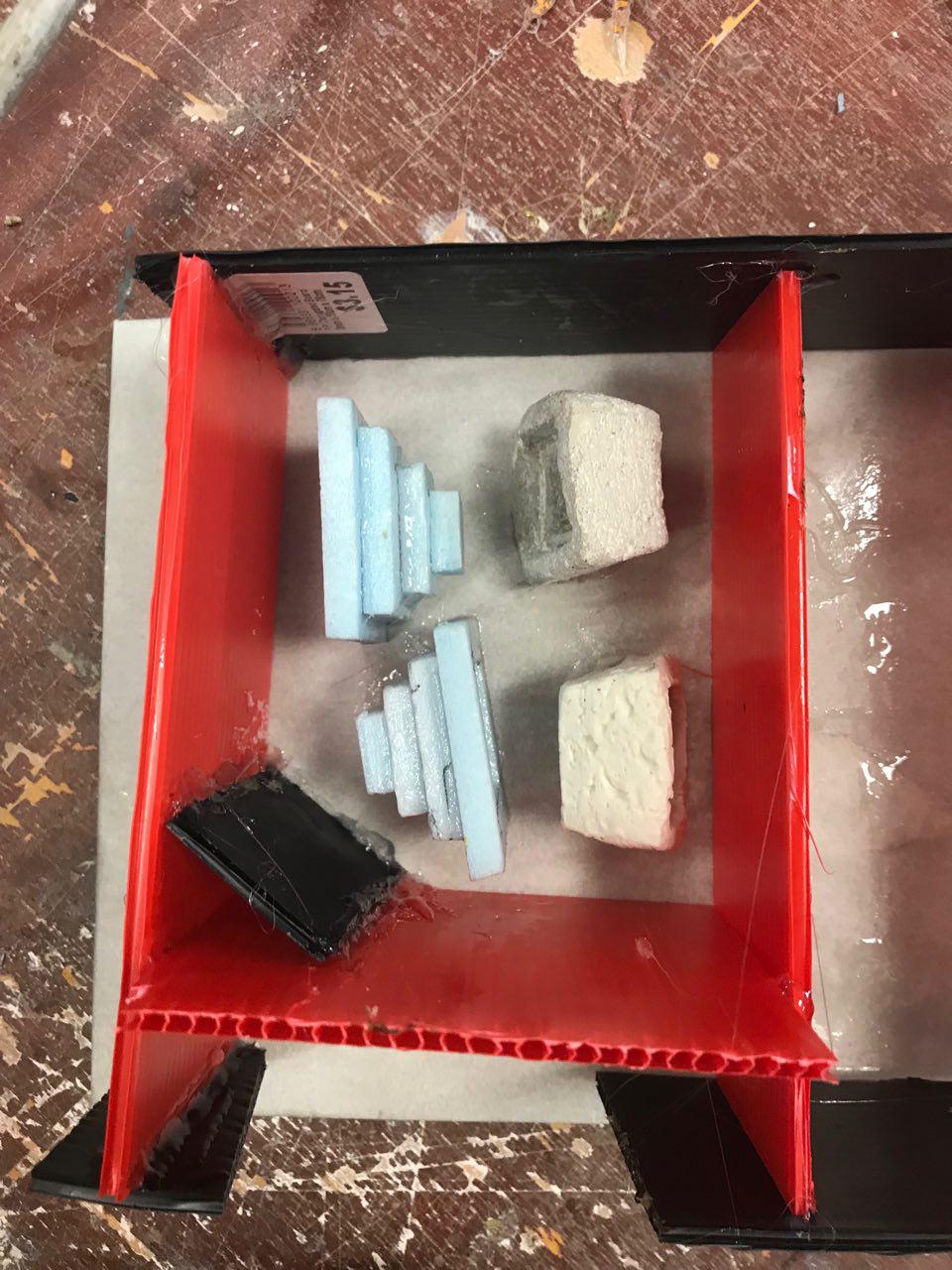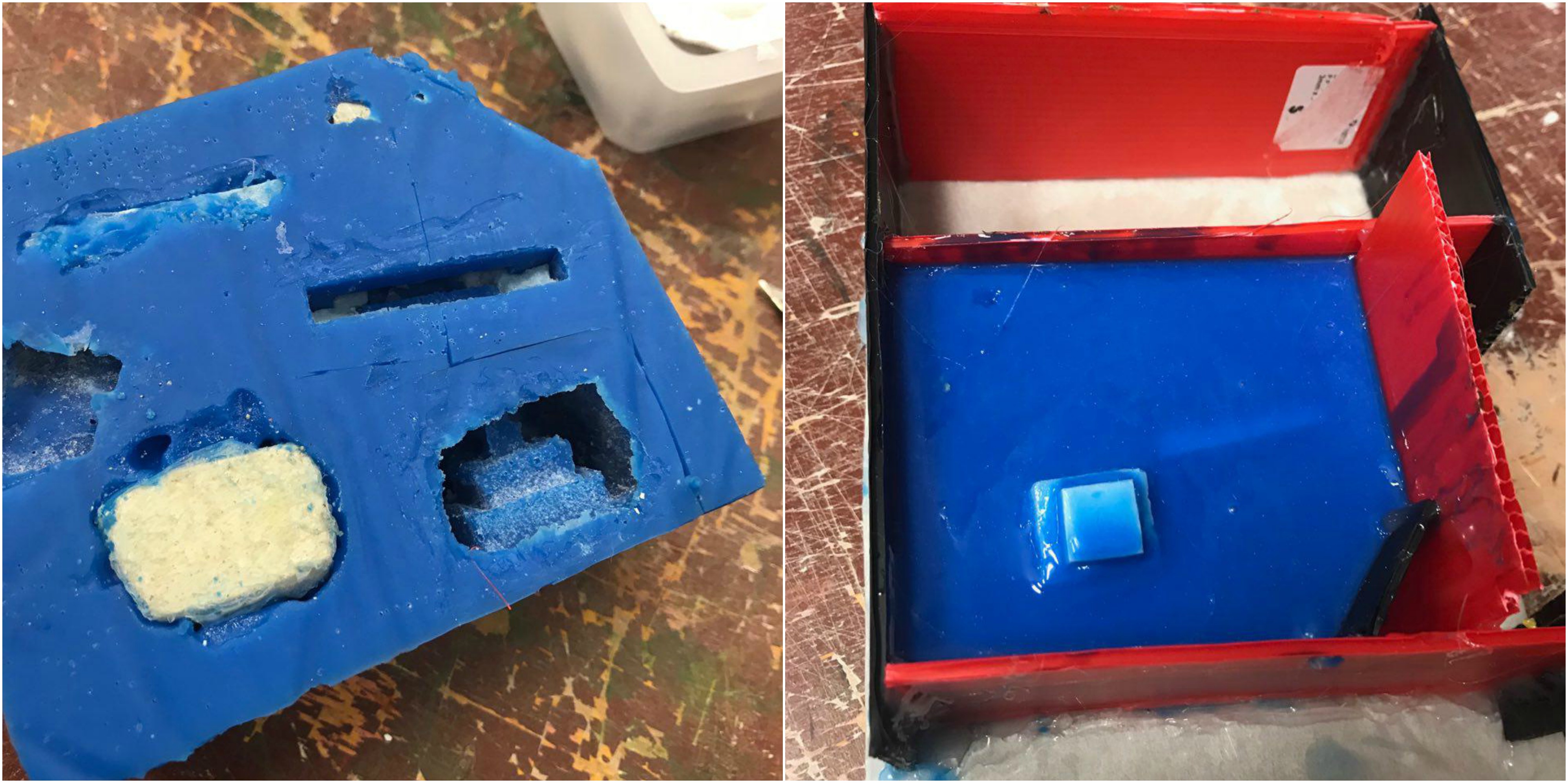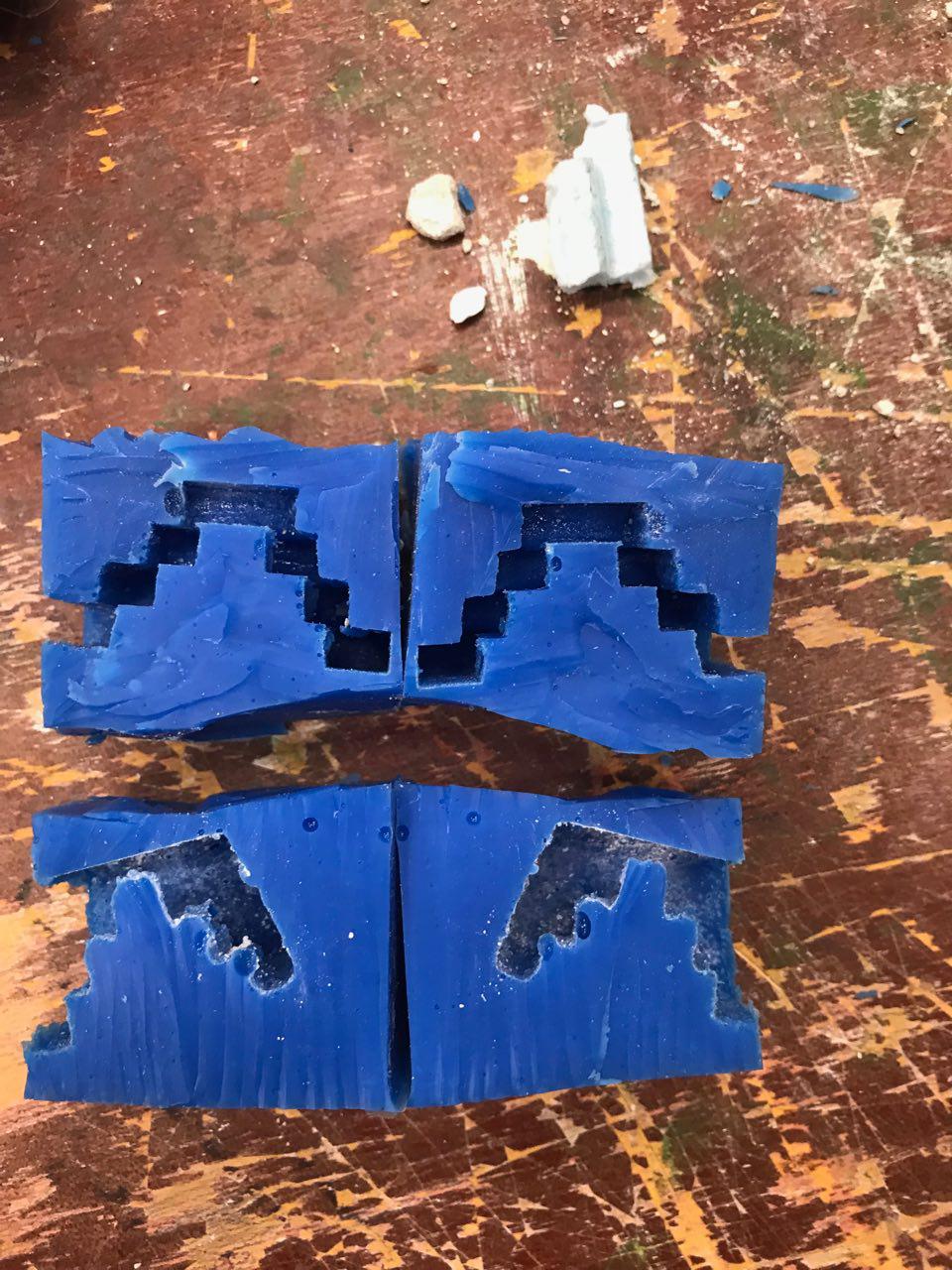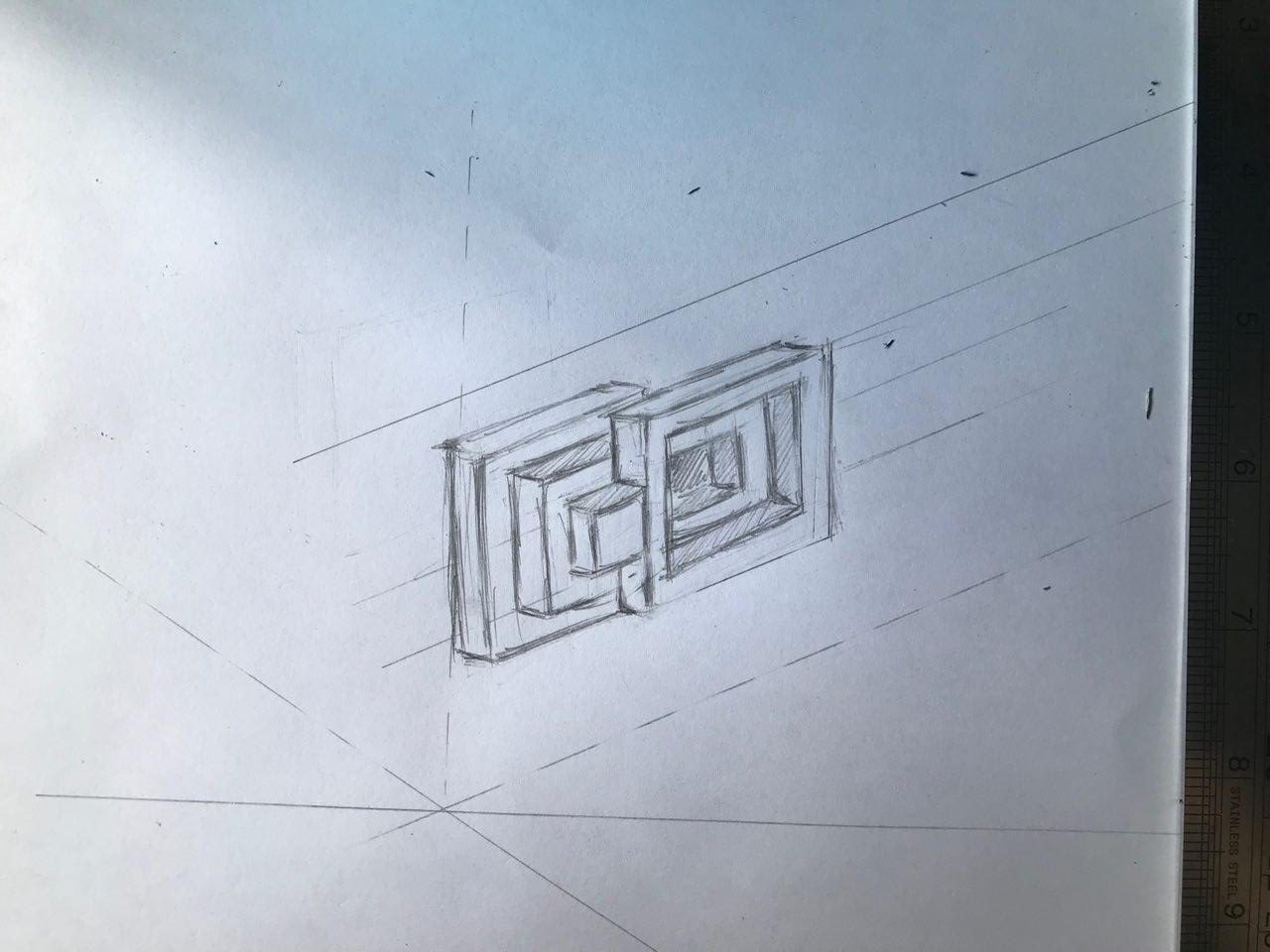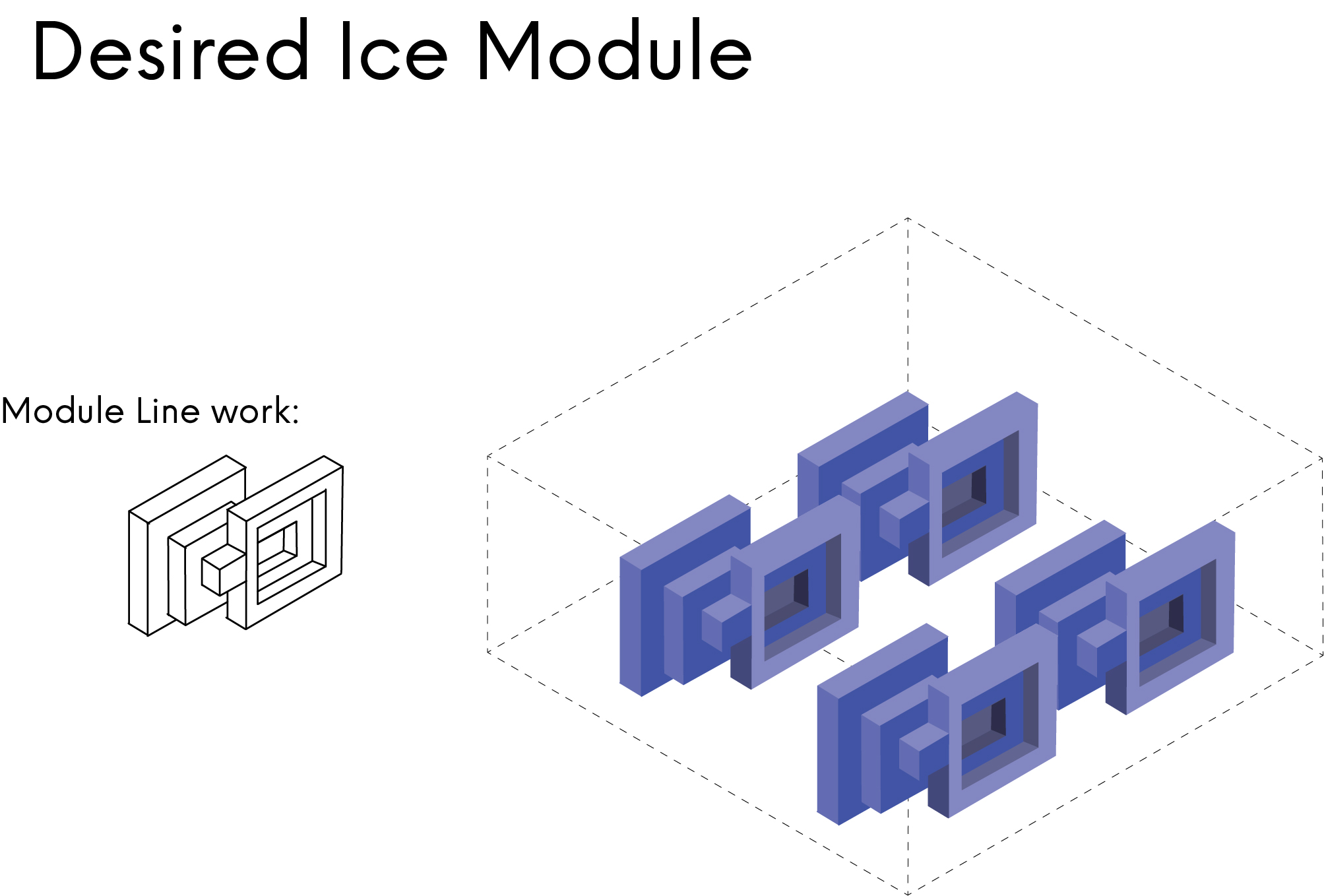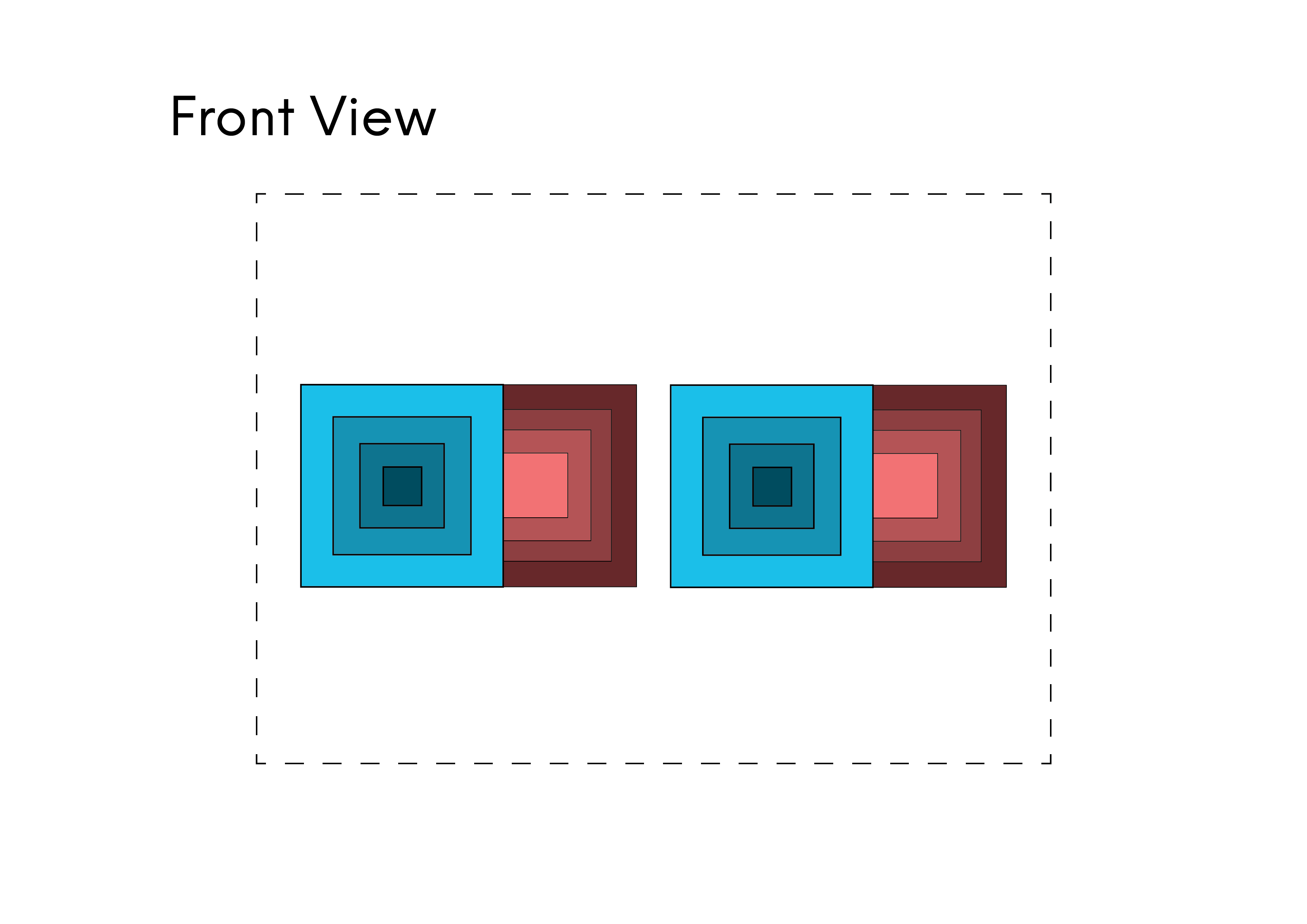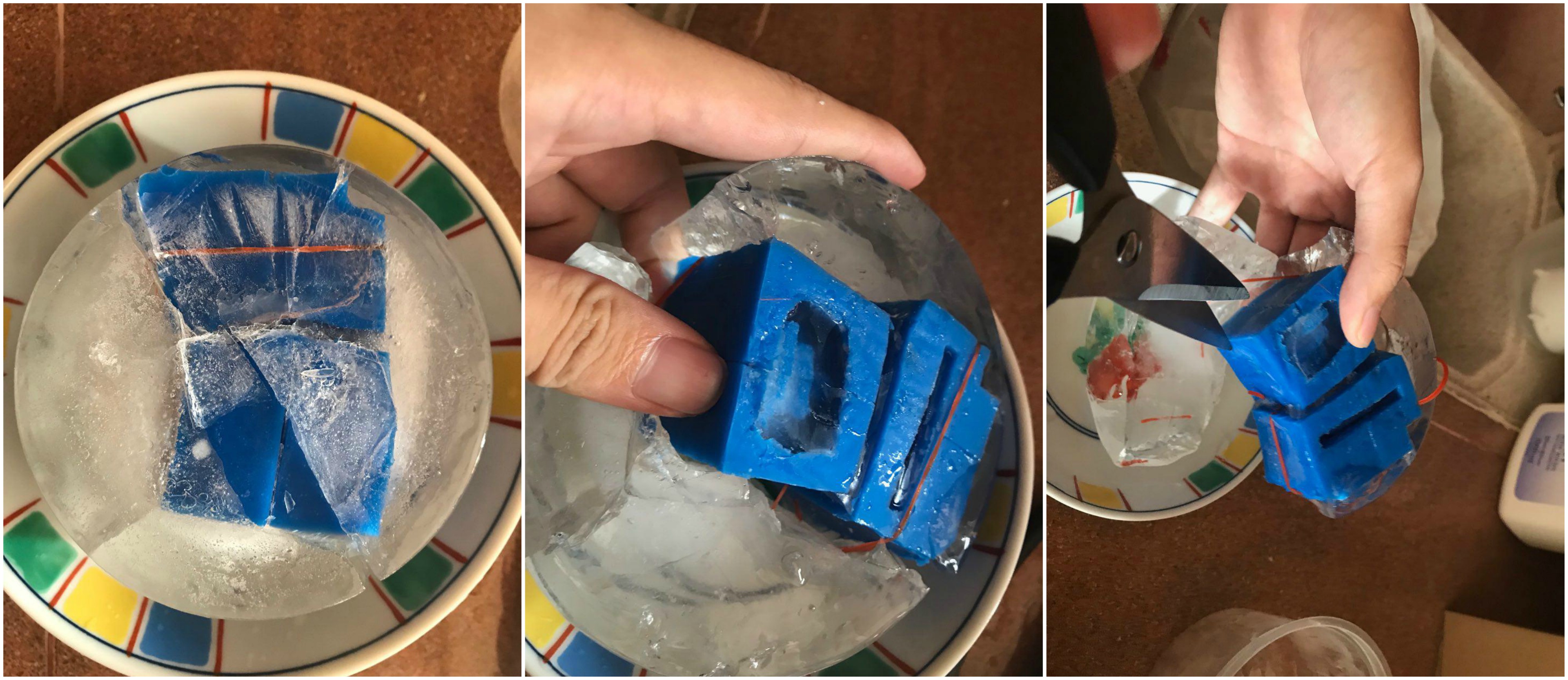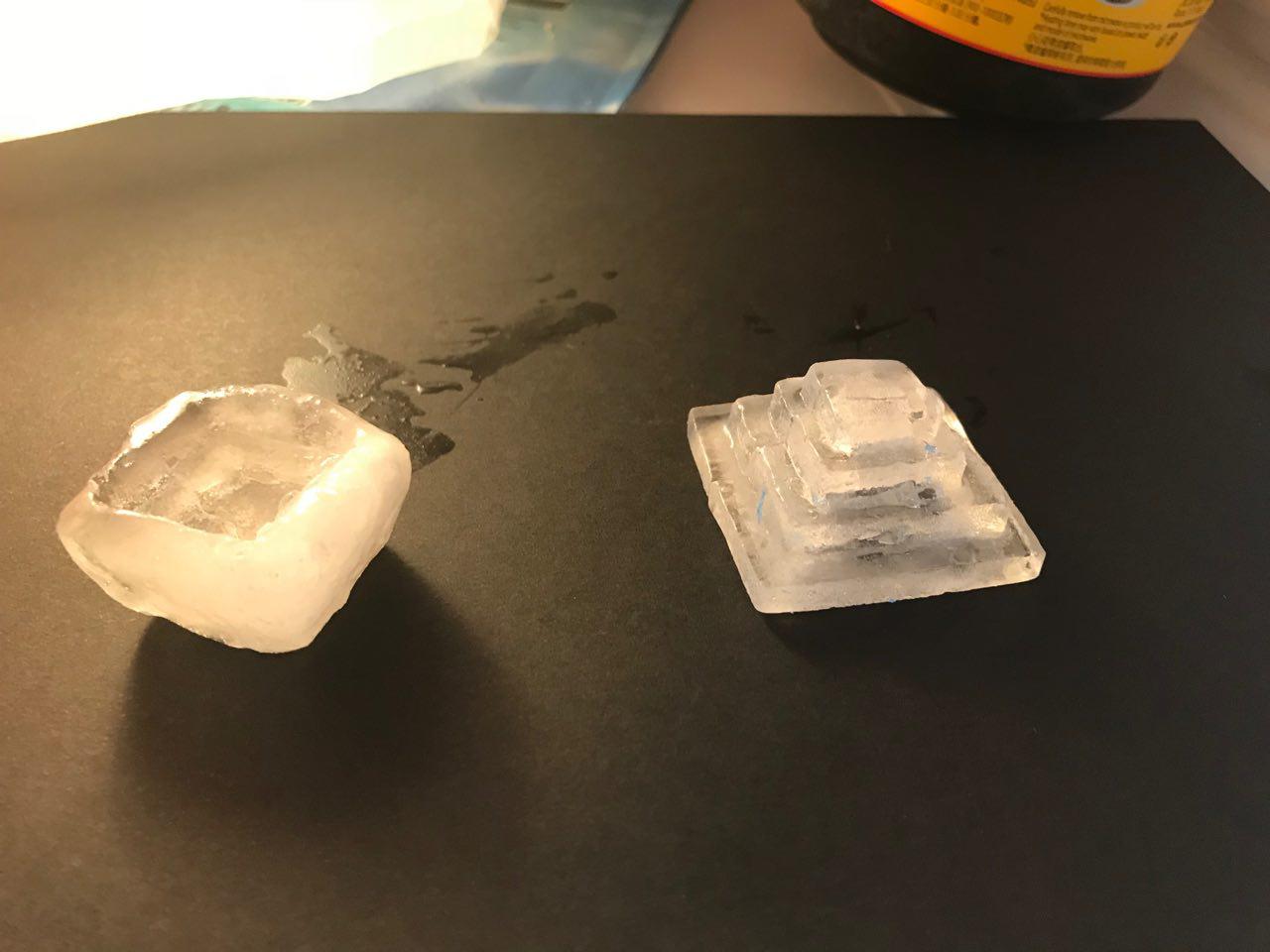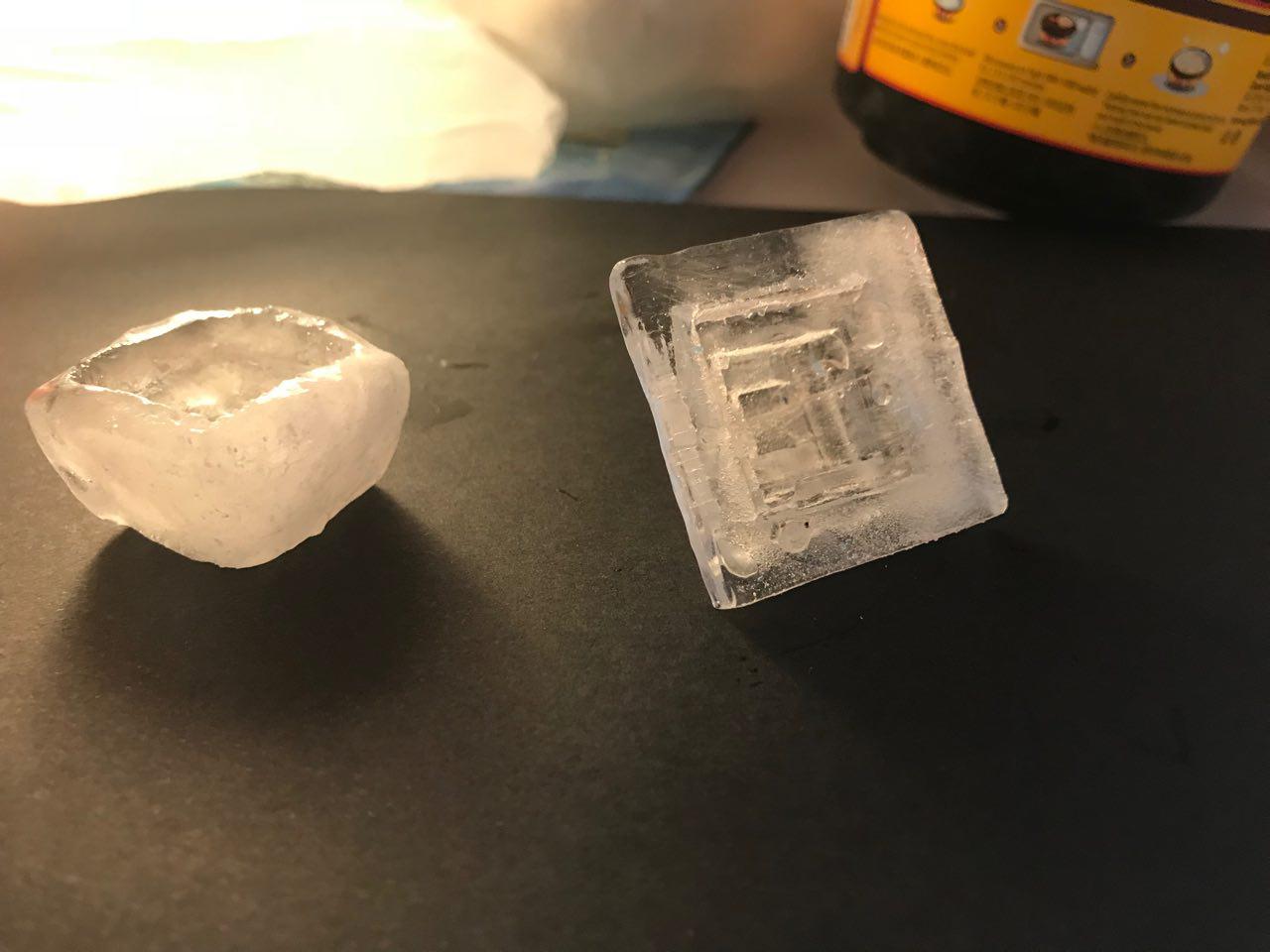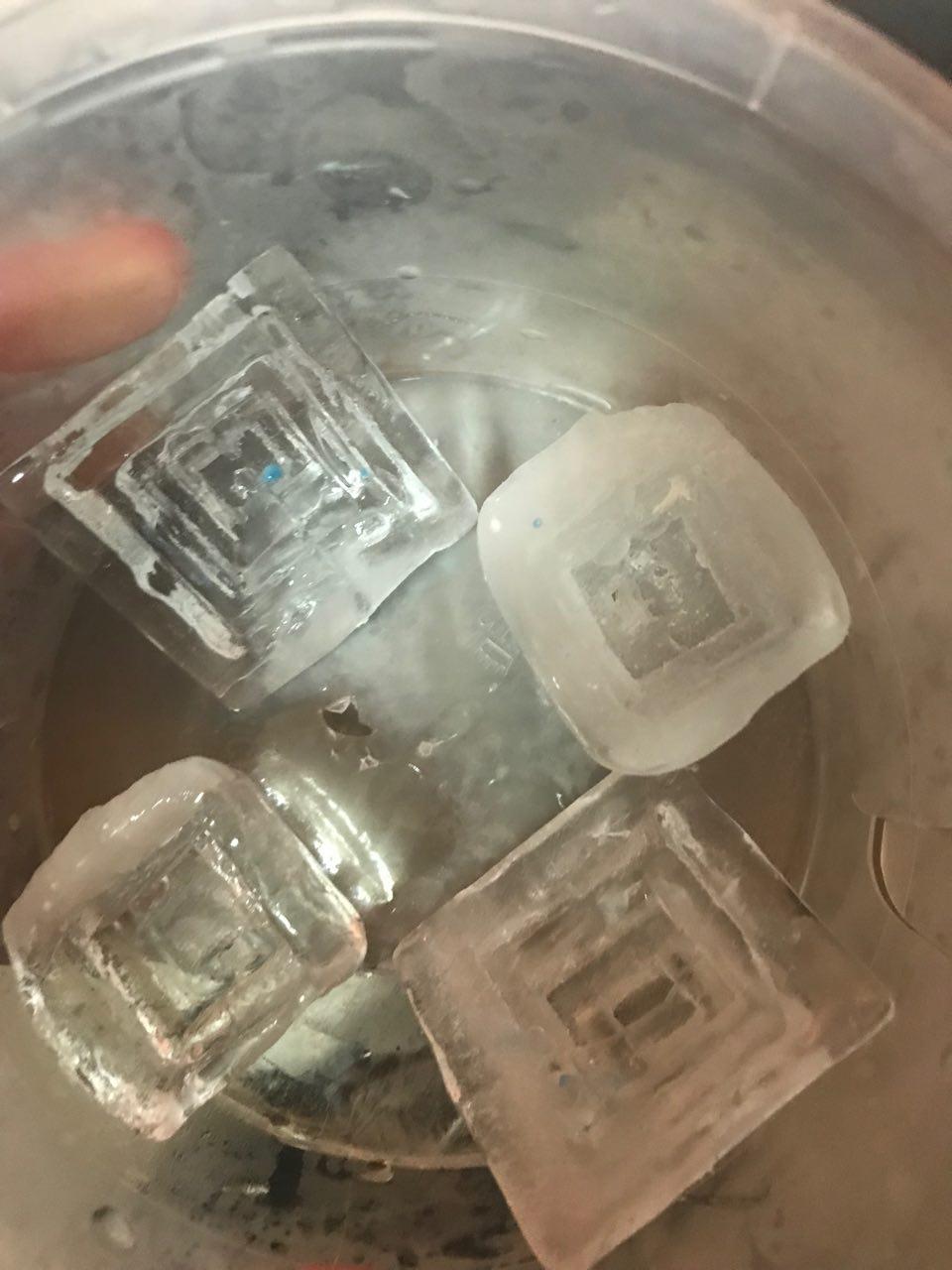Alas! We’ve reached the final installation for our Kinetic Beast!
After the final consultation with Cheryl, we decided to scale up our installation to create more space in the enclosure to include the other elements into our composition.
We also identified which were the unnecessary elements which we could shed in order to make the composition of the installation cleaner and more immersive. Instead of using wire mesh again, we opted for 2 wooden rods which would hold the fishing cords.
We also changed the materials used for the fish as we did not want it to be too literal, thus, we filled toilet rolls of varying length with sago seeds to include an element of sound into the movement when the strings were being tugged, similar to a musical instrument.
We decided to paint the tubes blue and pink (Pantone’s colour of the year in 2016) as we wanted it to resemble a children’s toy.
Learning from the previous prototypes, we were able to come up with measures to ensure that the strings have a limit to which they could be pulled! We attached beads to the strings to ensure that the ‘fish’ returns back to its original location after tension is released.
Our beads are yellow and orange because they represent Clown Fish Eggs.
Instead of using wooden blocks as weights, we changed it for marbles and rocks to resemble bubbles underwater, similar to a fish tank. This ensures that the weights to not get caught up between one another, affecting the tension, and it also provides a cleaner composition.
We also eventually changed the colour of the tubes because we felt that having too many different colours would be very distracting. This luminescent yellow was chosen as it worked very well with the colour palette we used, which is primarily yellow and orange. When shone with lights, it has the ability to change shades! (This can be seen later on) We also added Vasaline to the strings to smoothen and increase the effectiveness of our model!
Next, we had to create the Sea Anemone. Due to some technical fault, the standing fan we borrowed only had a single speed, which proved to be too strong for our installation as the sound and power of the fan overshadowed the installation.
We placed cling wrap within the fan cage and poked holes to allow some air to escape, in hopes that it would be strong enough to lift the ‘tentacles’ of the sea anemone, while weak enough not to affect the ‘fish’.

Testing the fan:
The effectiveness of the cling wrap was debatable as it became too weak, despite the holes. We went with another approach, which was to manually switch the fan on and off.

Working on the starfish proved to be the most challenging as we did not know where to place the animal, and how to make the starfish ‘glide’. One idea we explored was the use of tracks and a motor. Similar to a Tamiya car, the starfish would circle around the installation, like a predator hunting its prey.
The car proved to be too much of a challenge to create because I did not have the required materials such as an elastic band small and strong enough to withstand the constant torque of the motor. The motor would also overheat after a certain amount of time, to which, the motor would stop running.
We then shifted our focus to creating something resembling a firefox for the starfish to glide across. This was an interesting direction as it would really begin to resemble a children’s toy or something which you would find at a playground!

We had several ideas for how we wanted our track to look like. A spiraling starfish around the ‘fish’ was something which we thought would look impressive.
You can vaguely see the spiral of the track which we tried so hard to make work. However, the wire was not strong enough to withstand the weight of the starfish as it was passing through, thus we did not have the path spiraling. The path was also unreliable as it did not always yield the results we were looking for.


We decided to go with something less complex, while retaining the aspect of being interactive. We used copper wires instead, which were a lot more rigid and it held its form much better. (This can be seen in the final product!)
To enhance the immersiveness of the installation, we thought of using bubbles to create the illusion of being underwater. By harnessing the wind from the fan, we hoped that it would be strong enough to create bubbles when the bubble liquid is placed above.
We tried to make our own bubble liquid by mixing hand soap and detergent found in the 3D room! However, things were not in our favour as we did not have the correct fluids to make the perfect bubble water.

These are some of the preliminary shots taken after we set up the installation! We adjusted the lights to see which hue gave us the best results!
